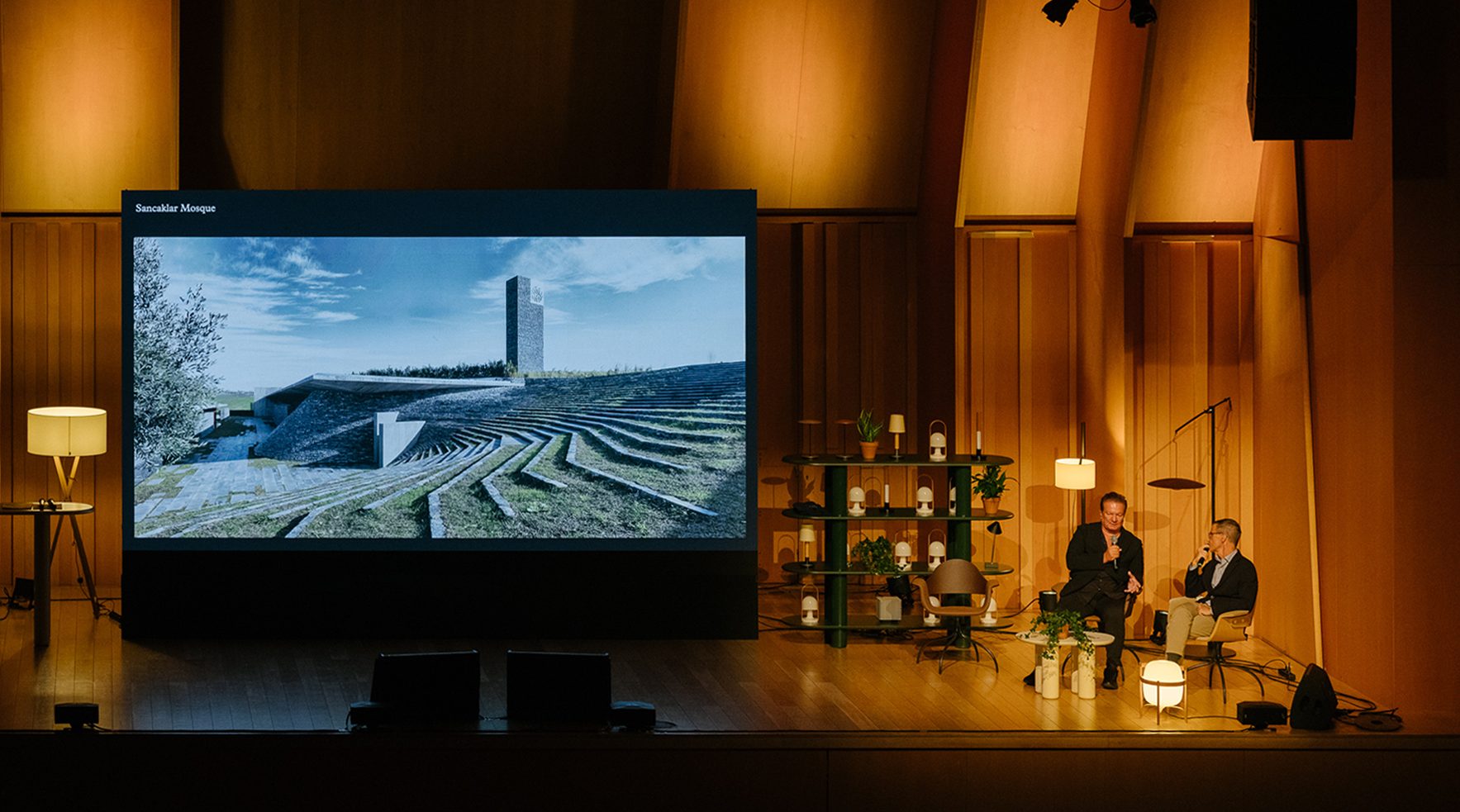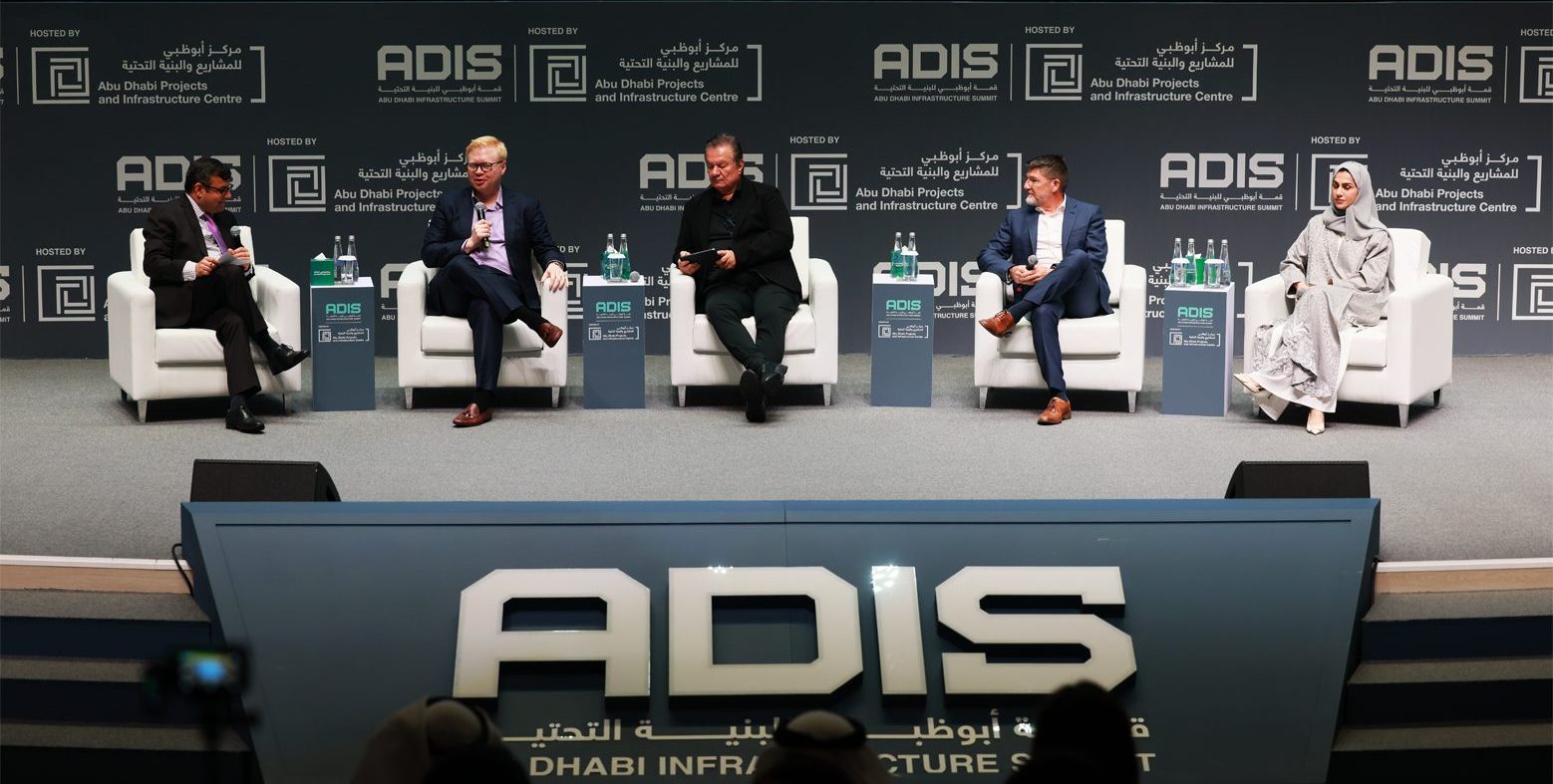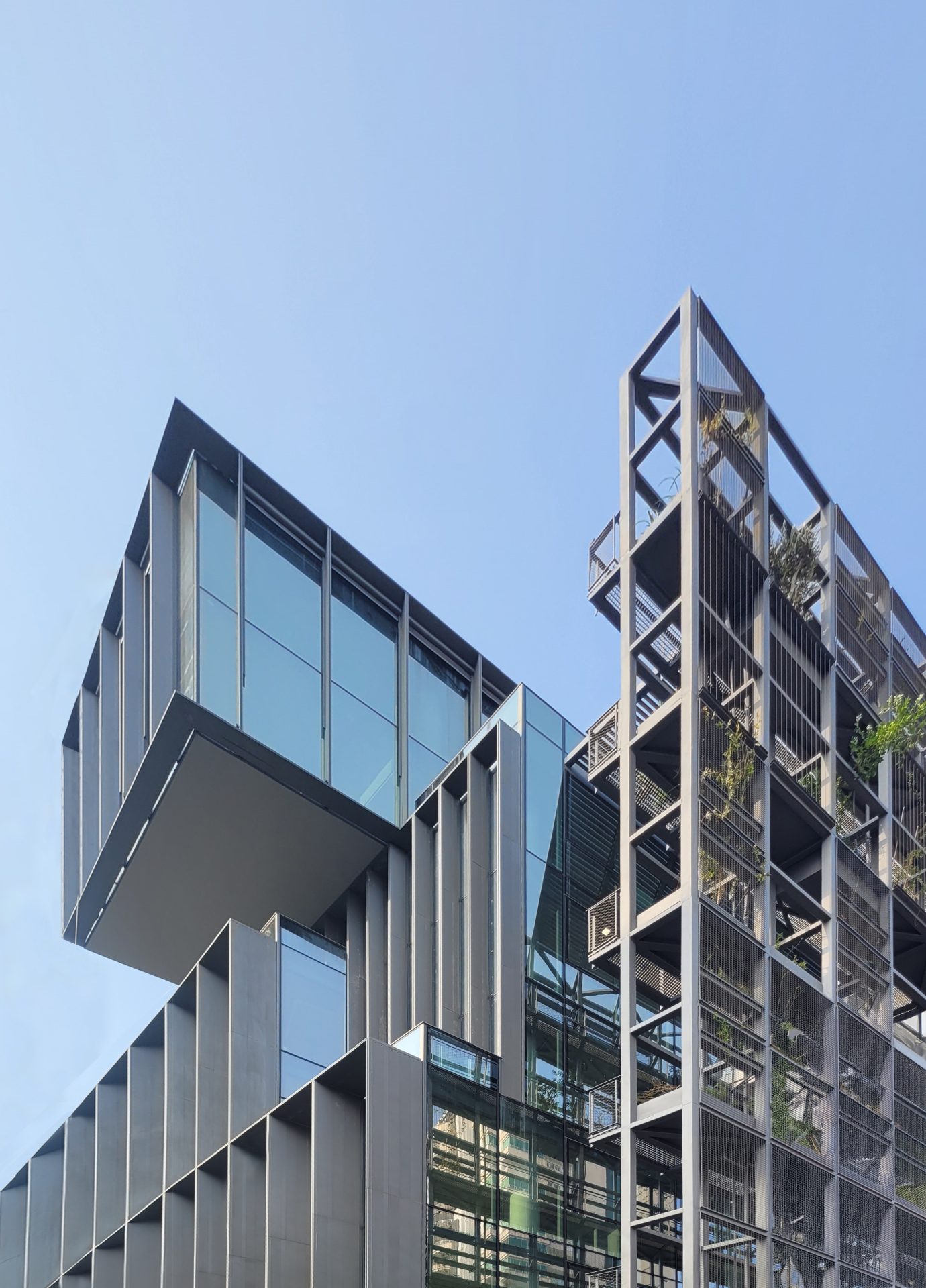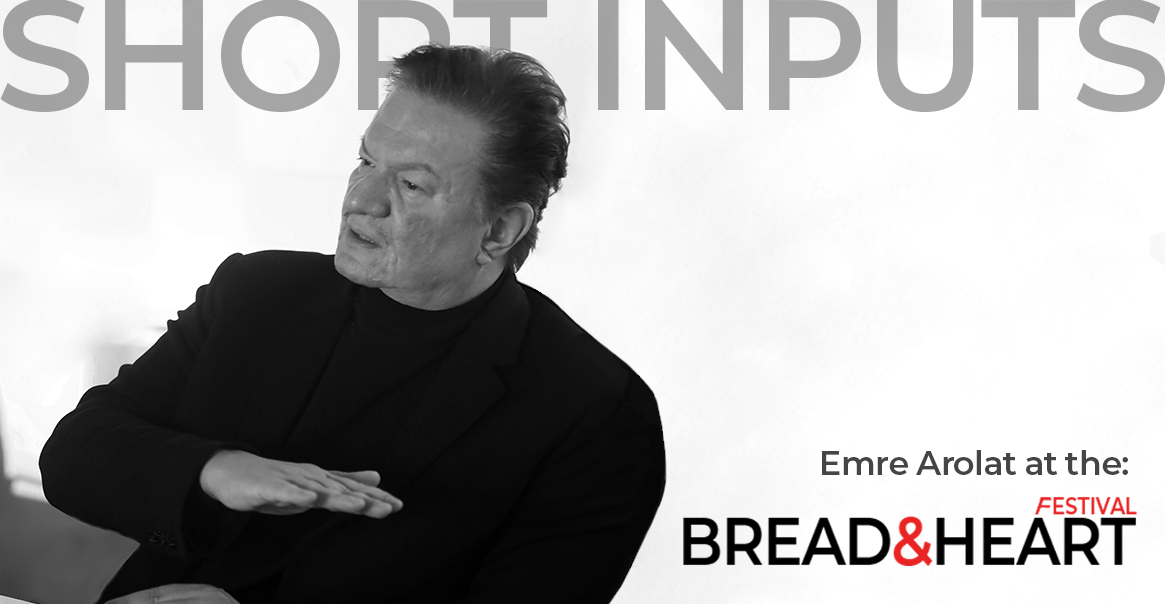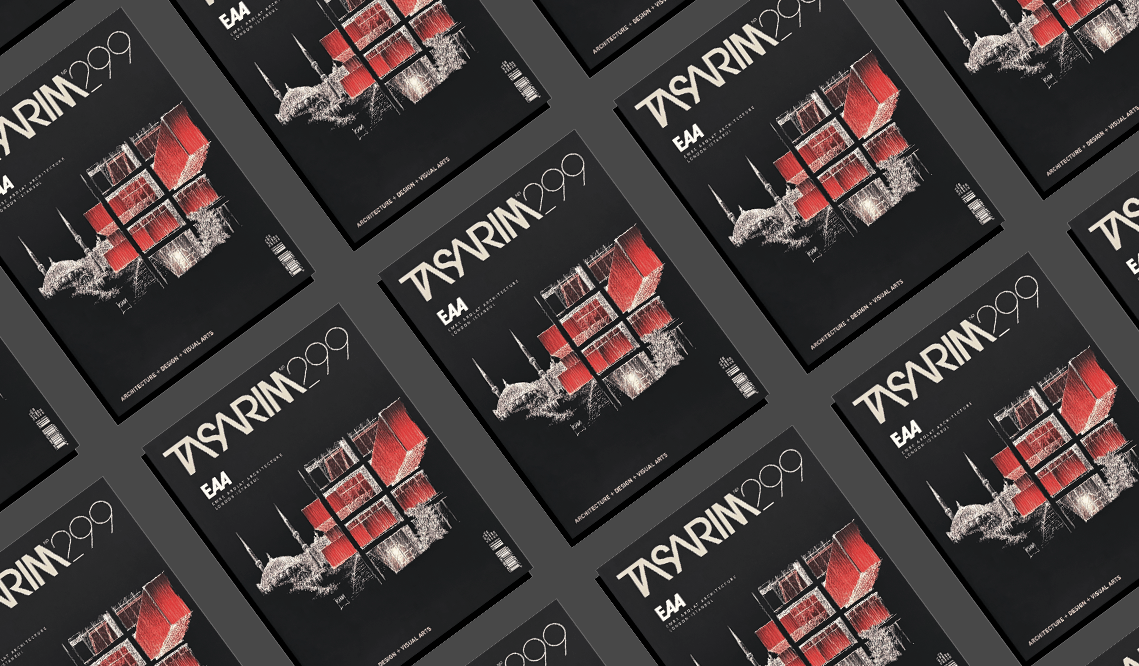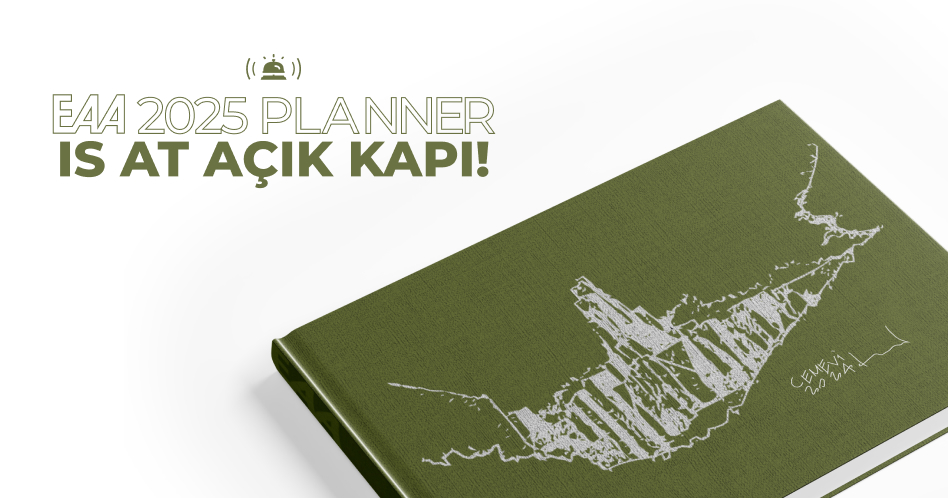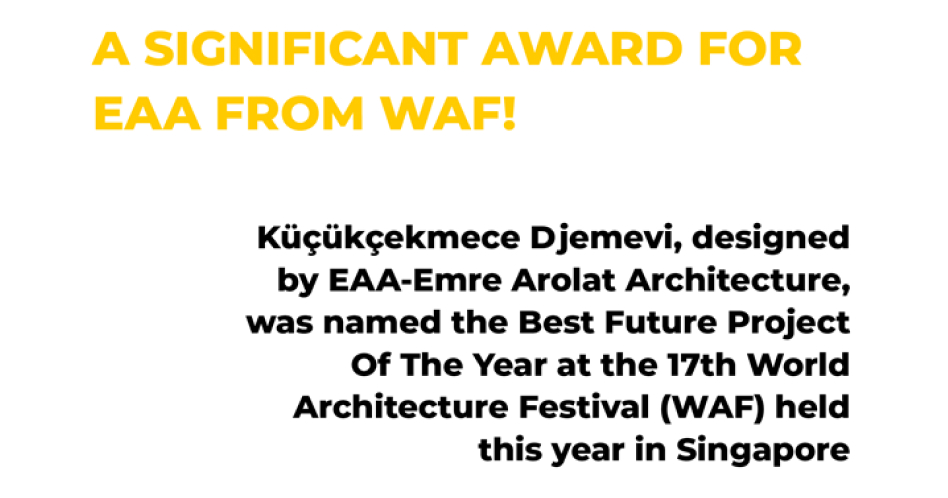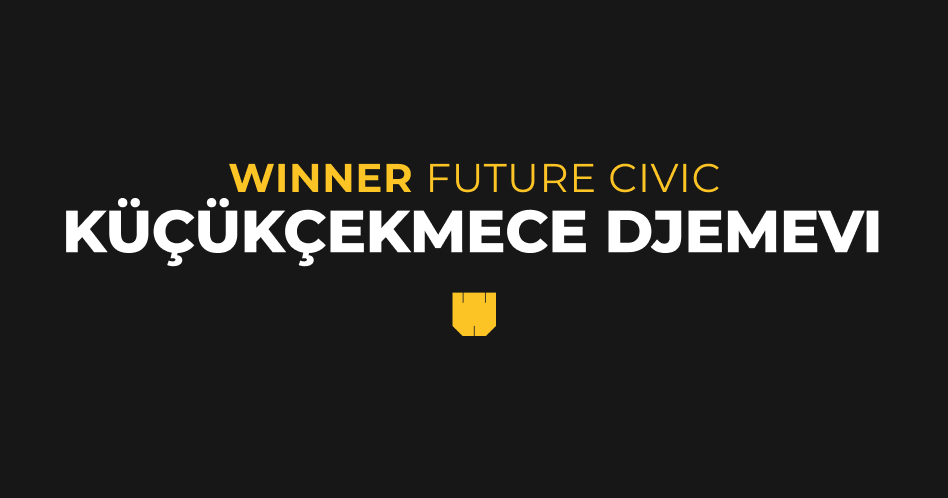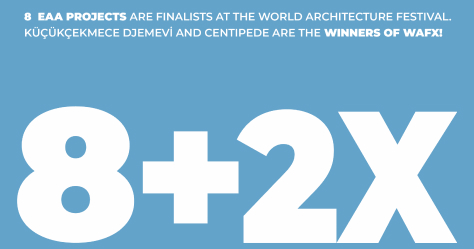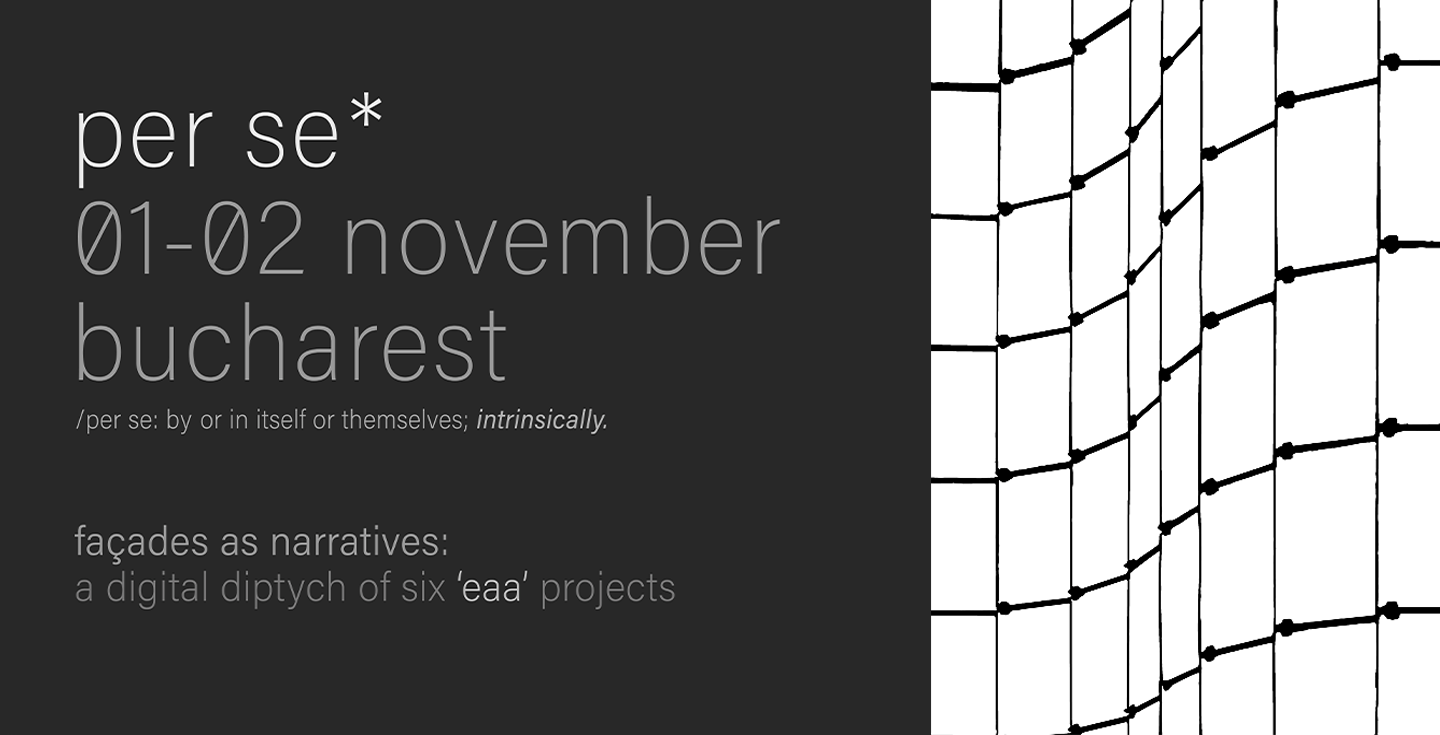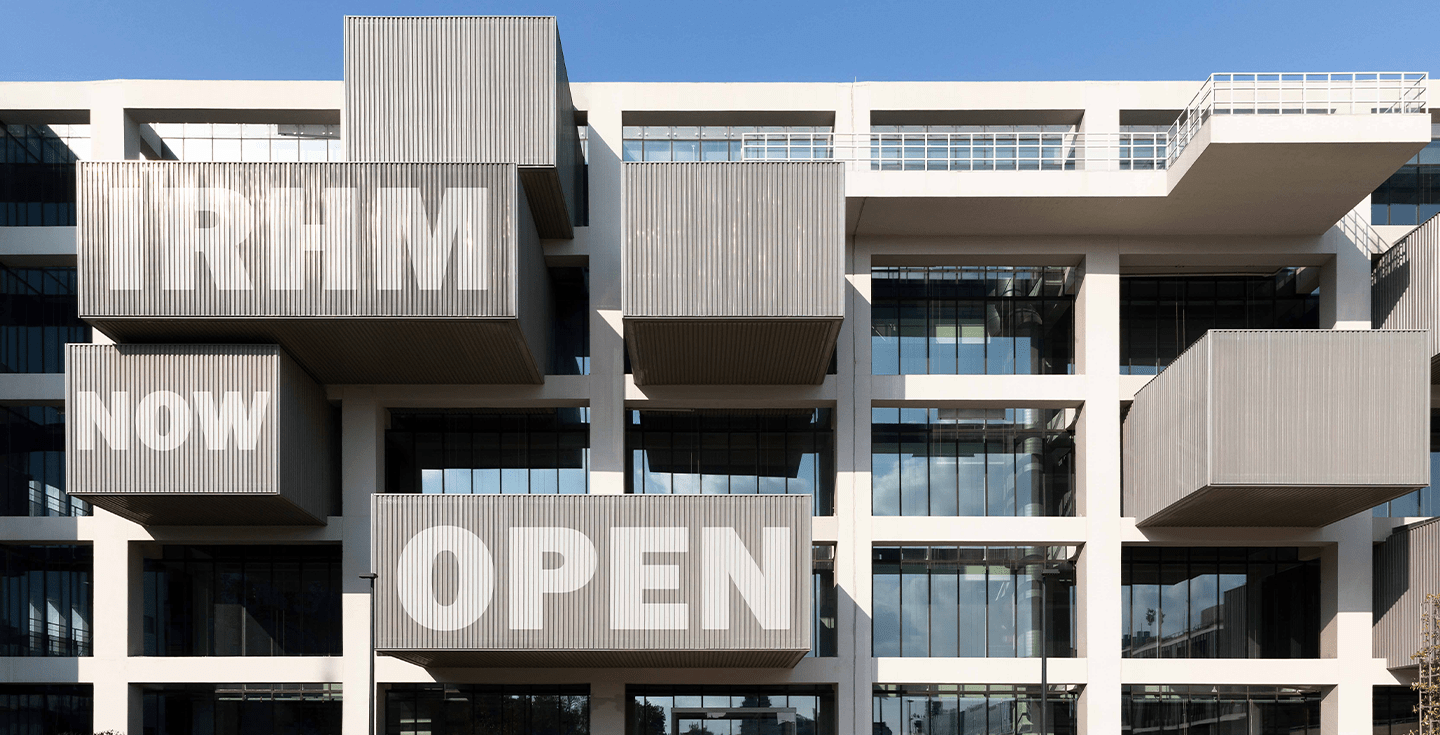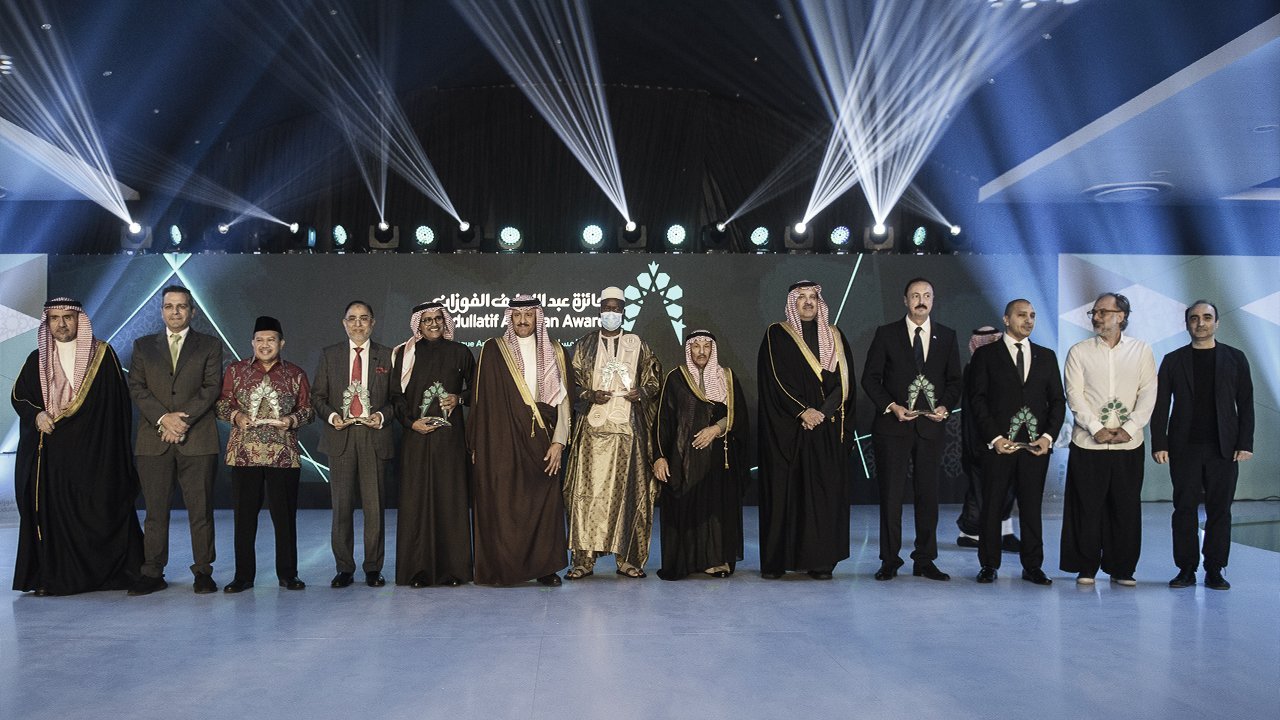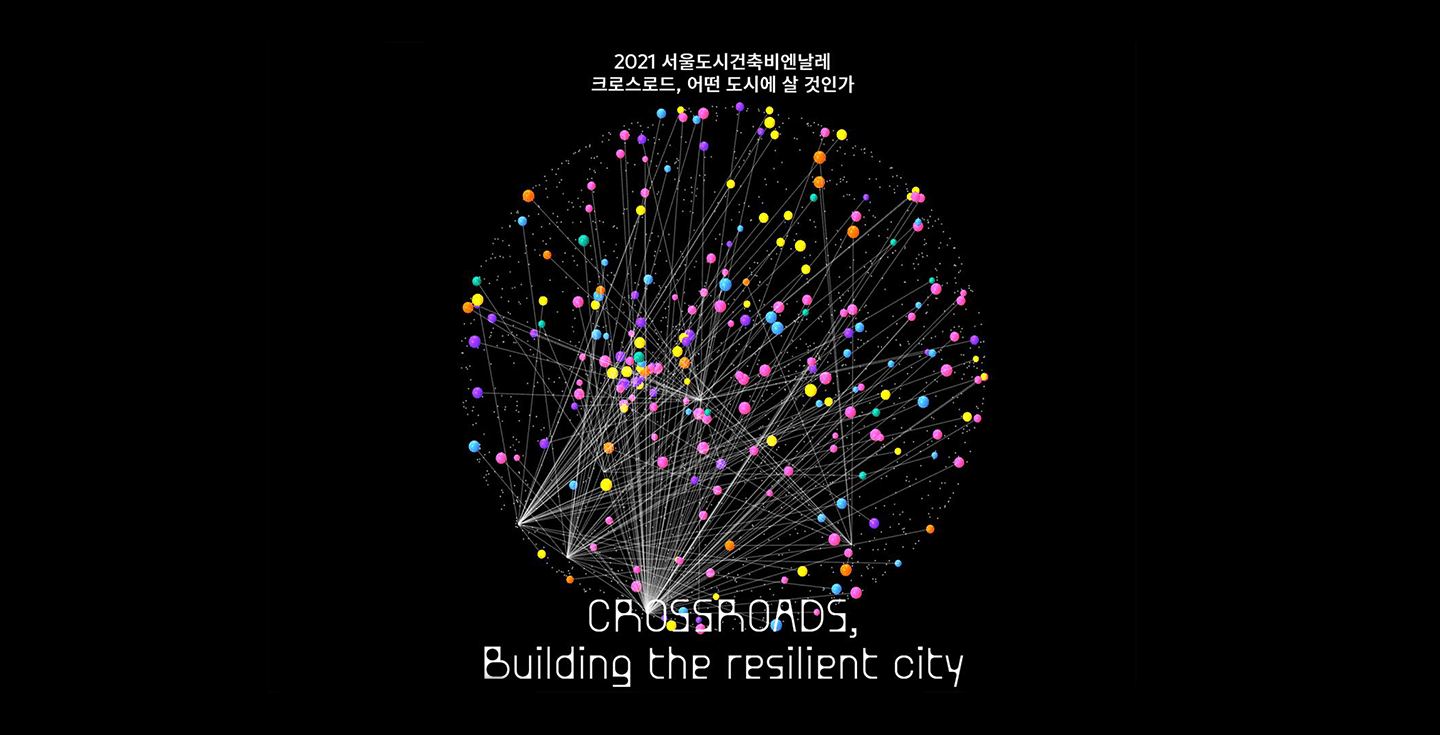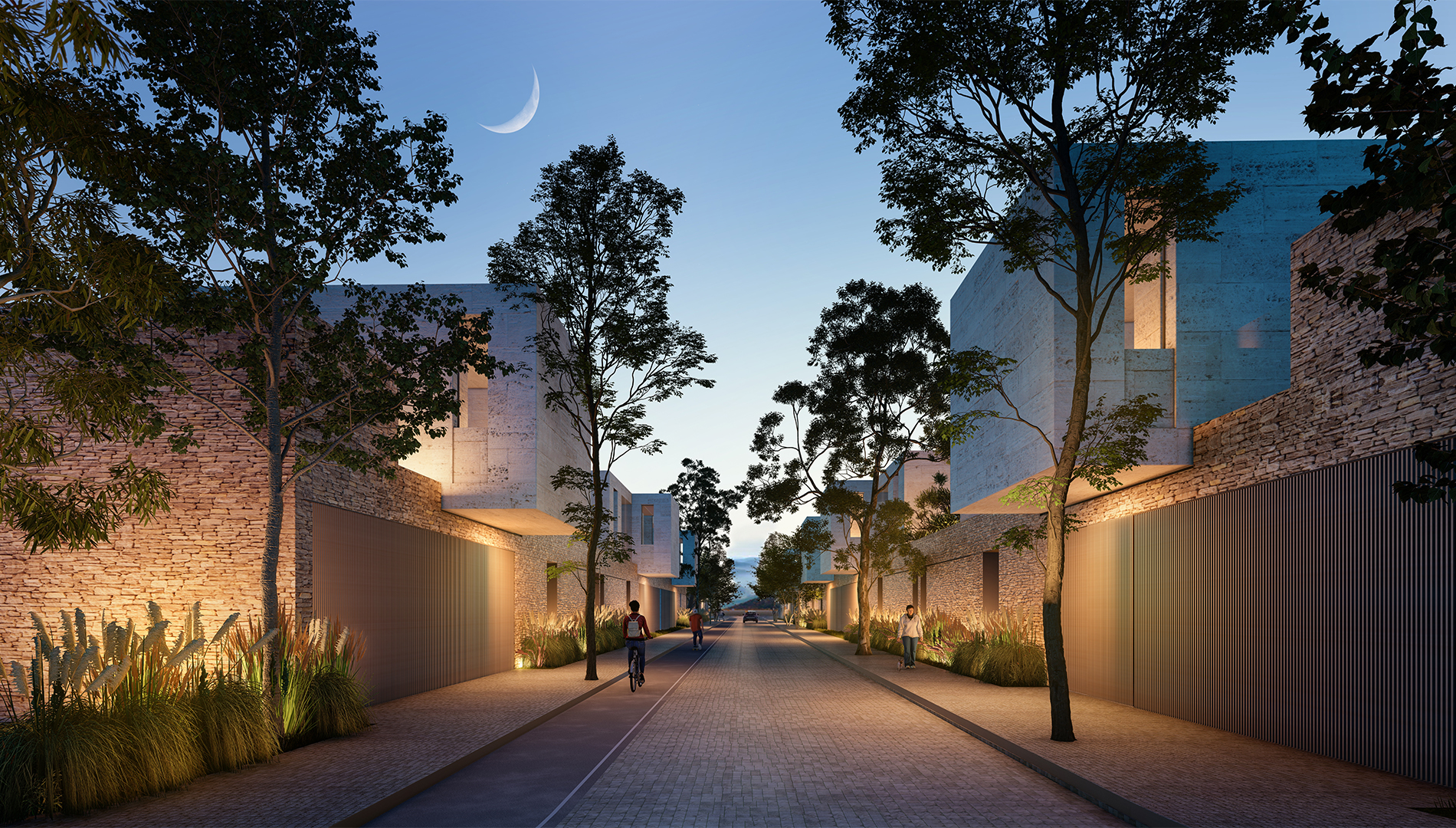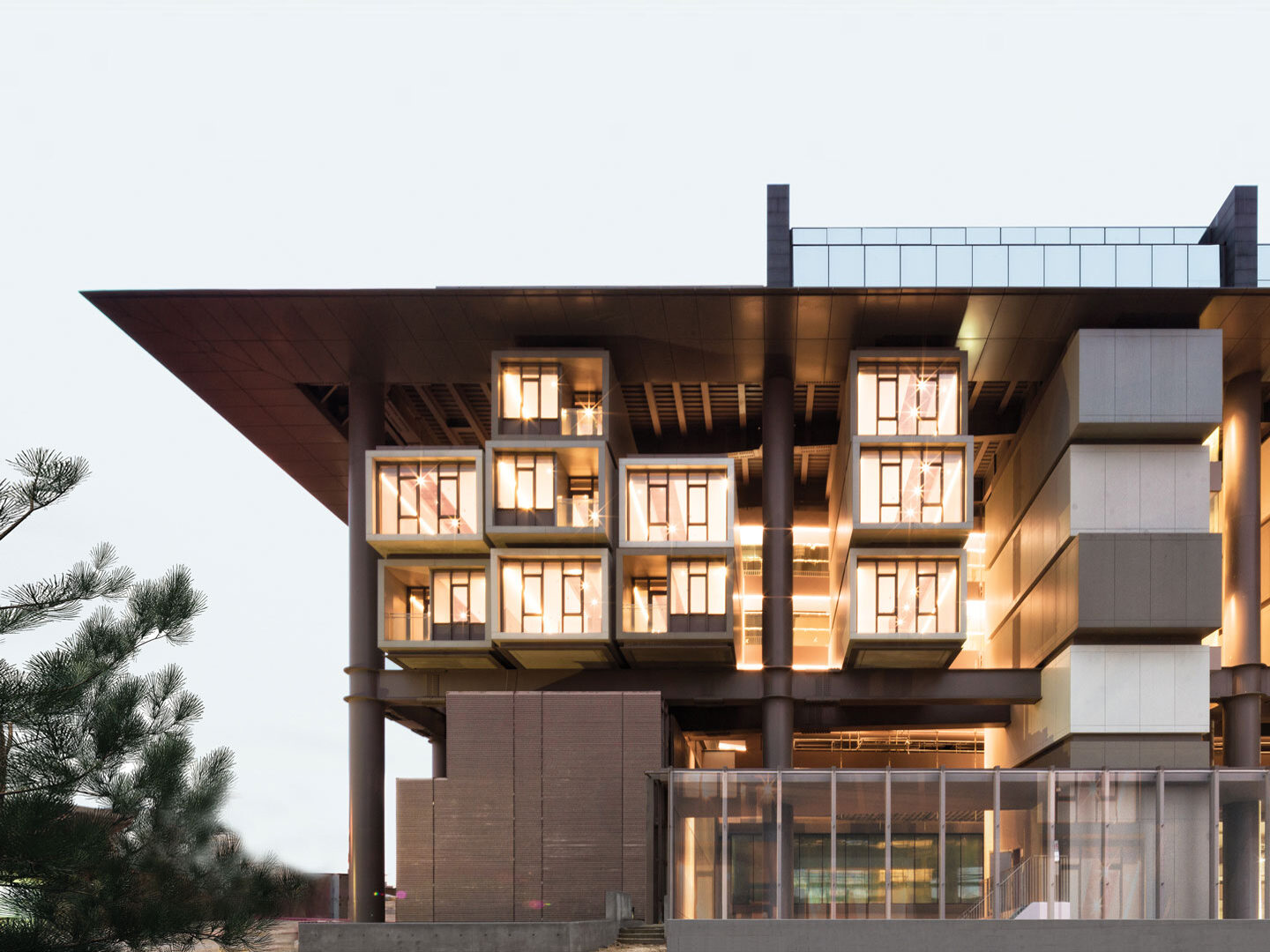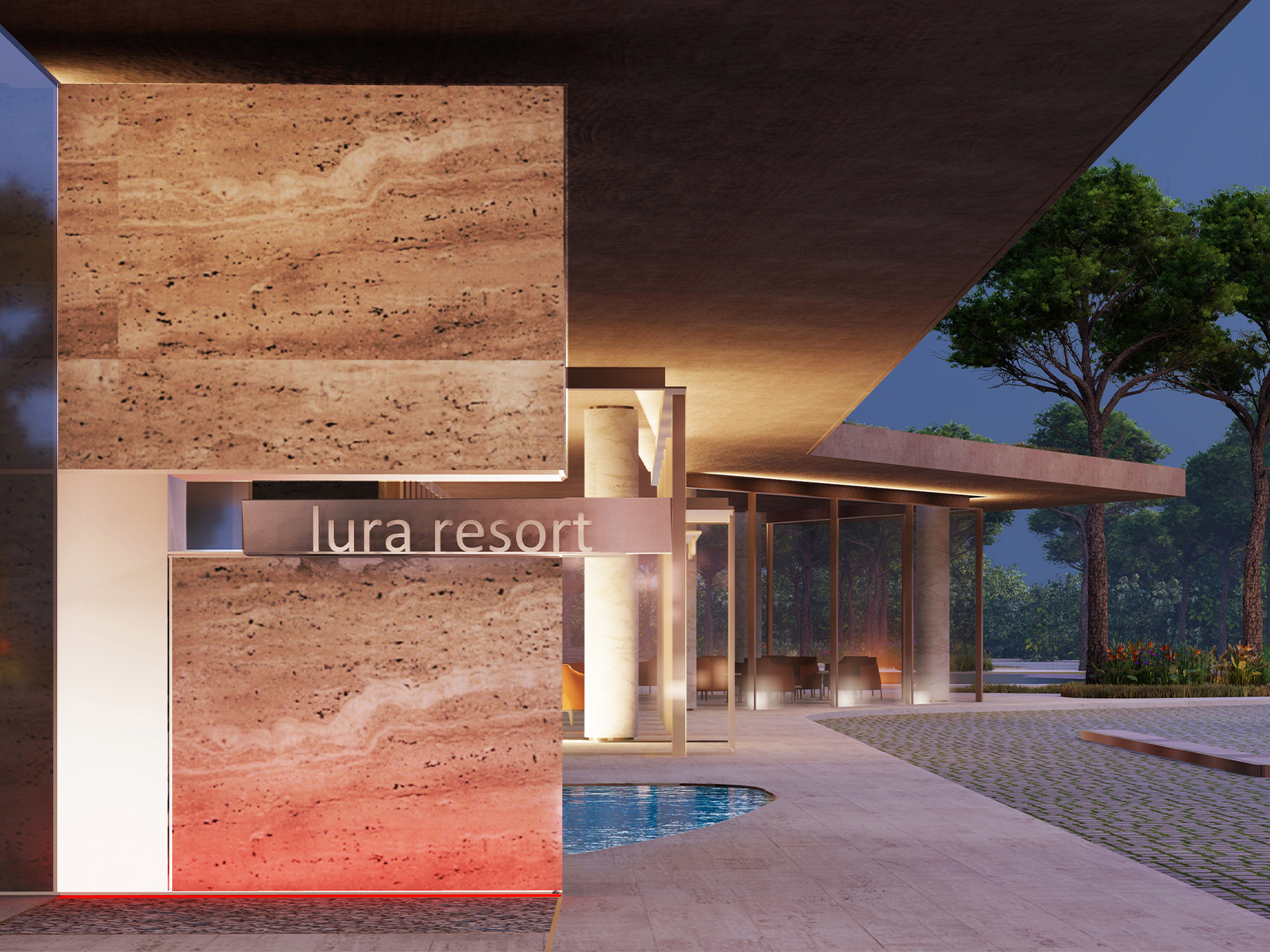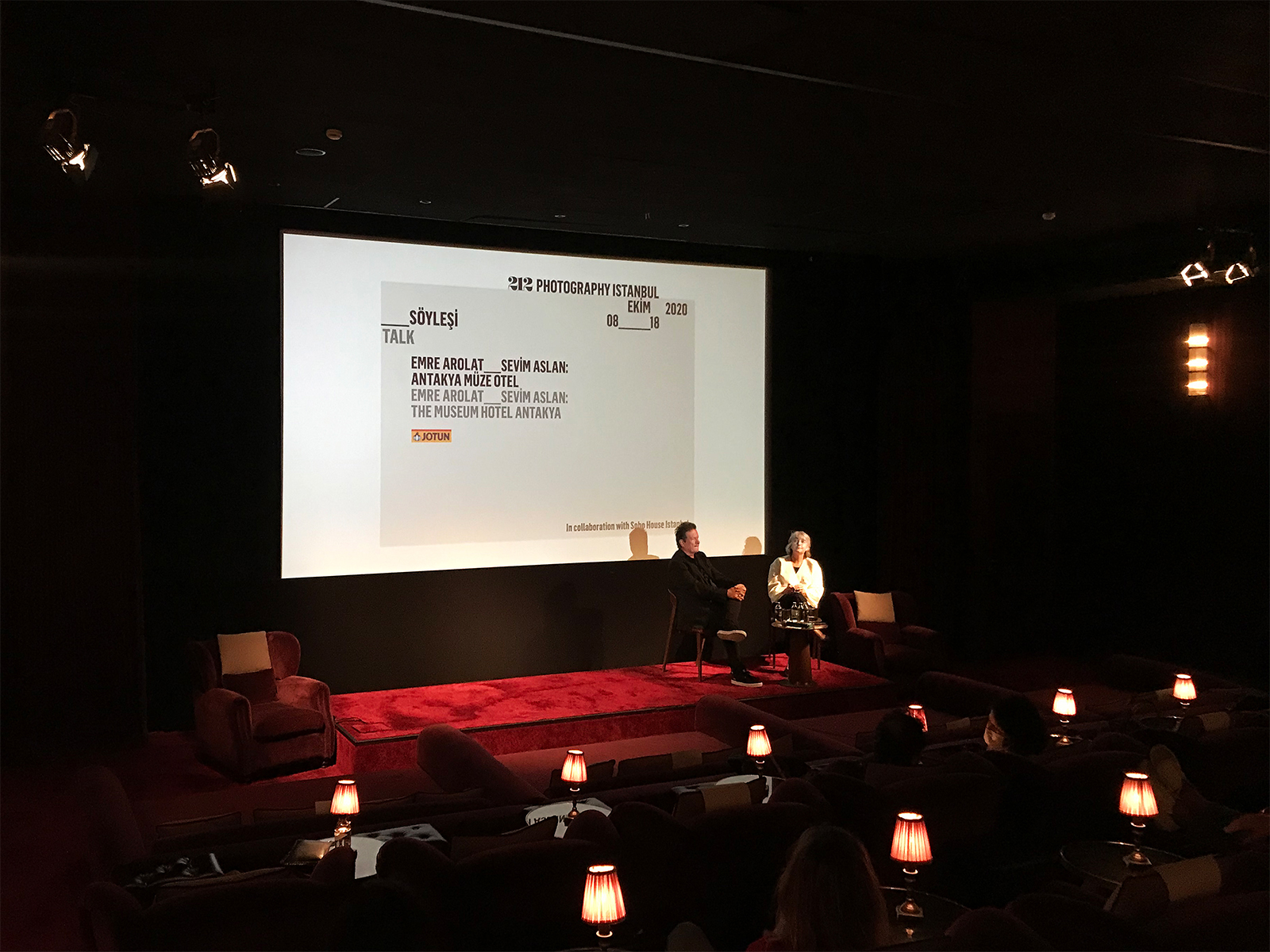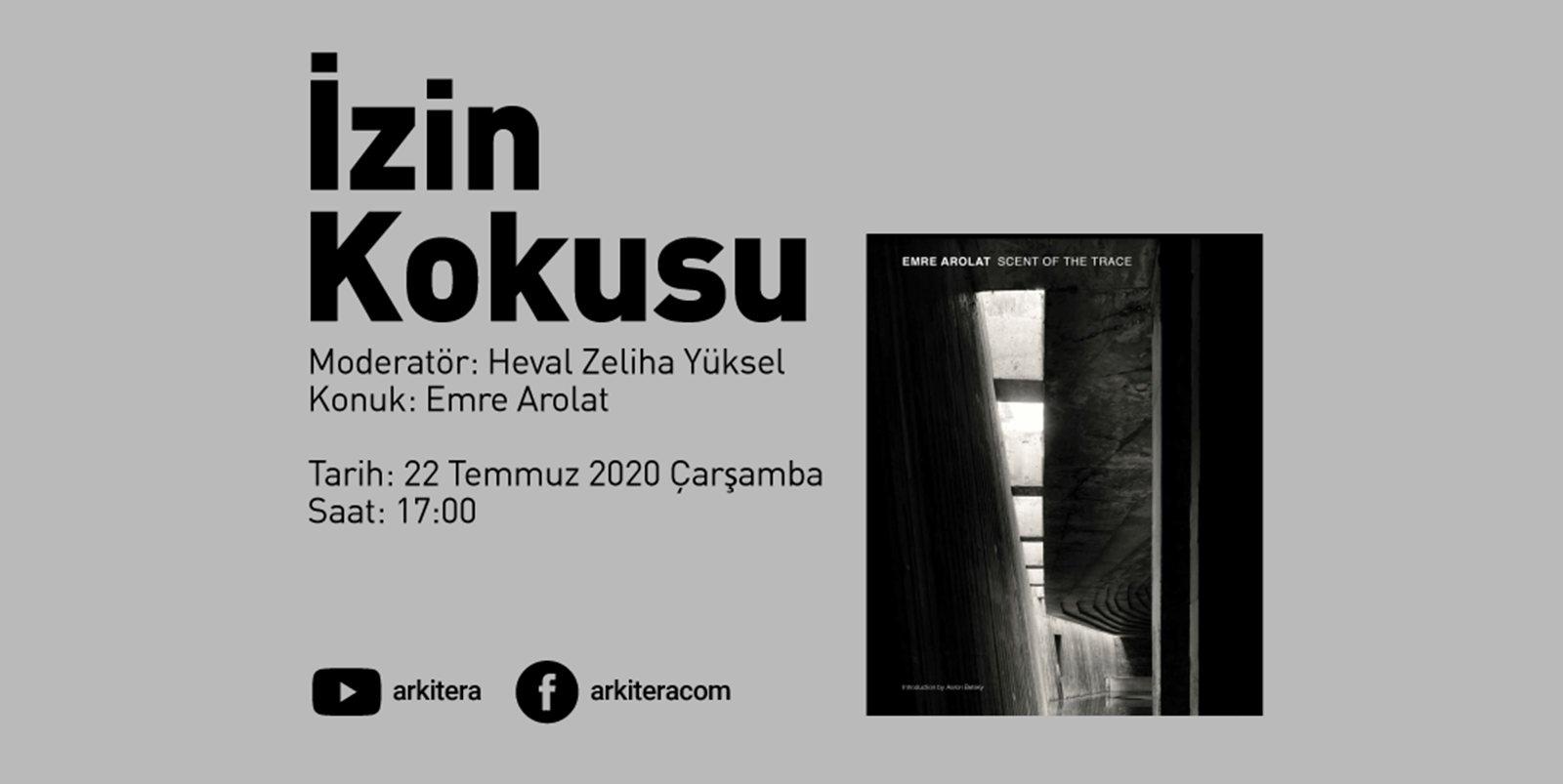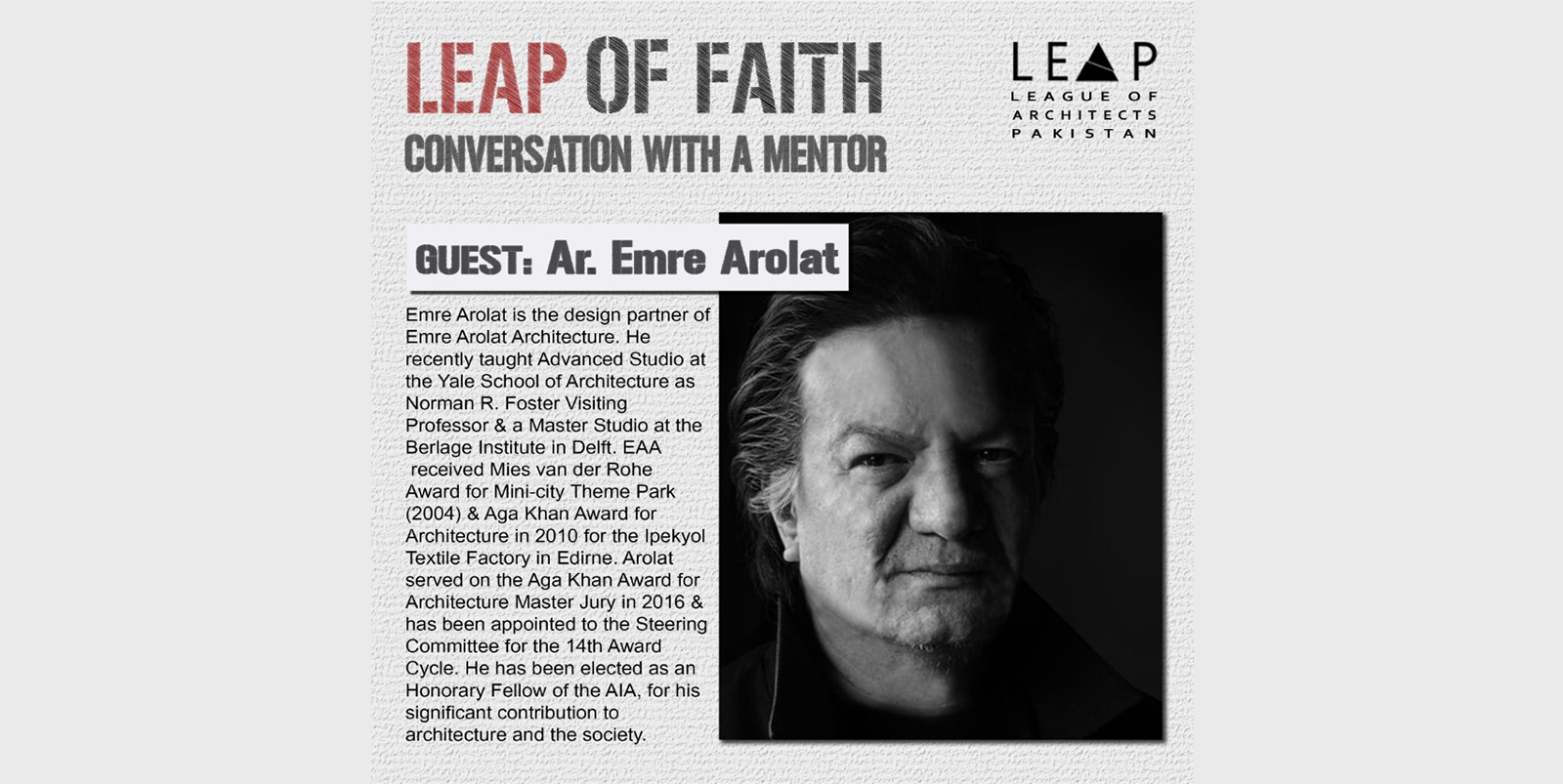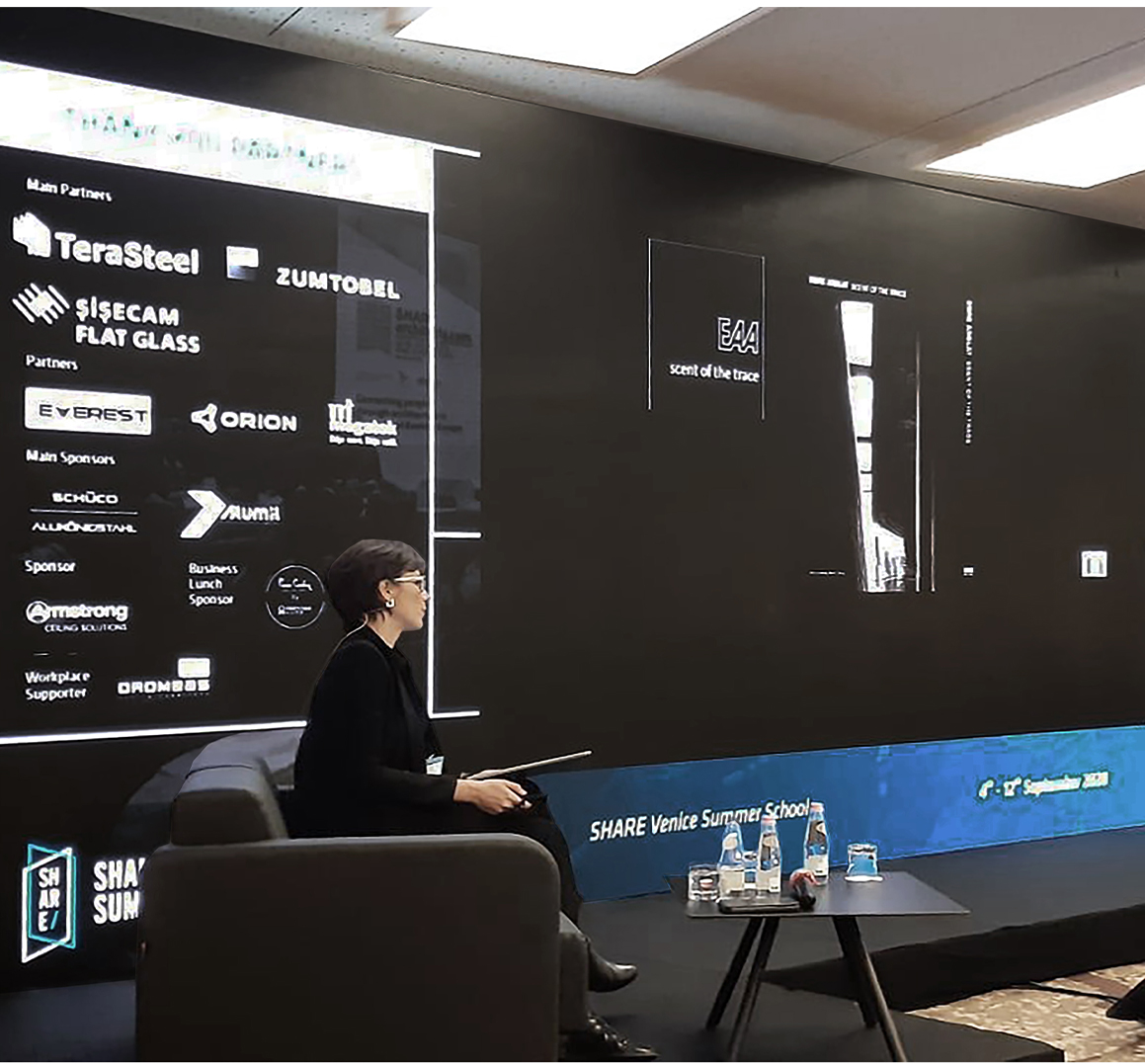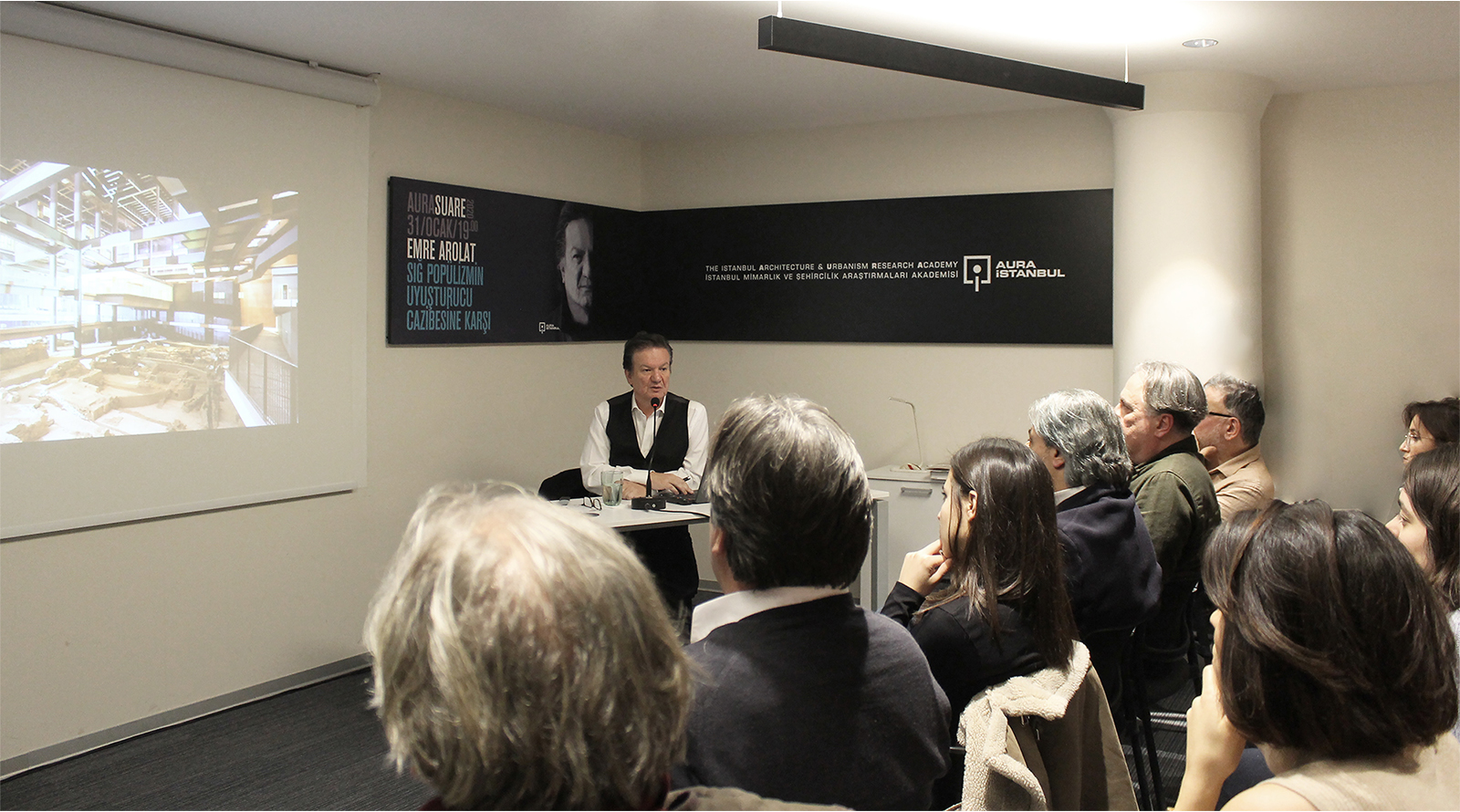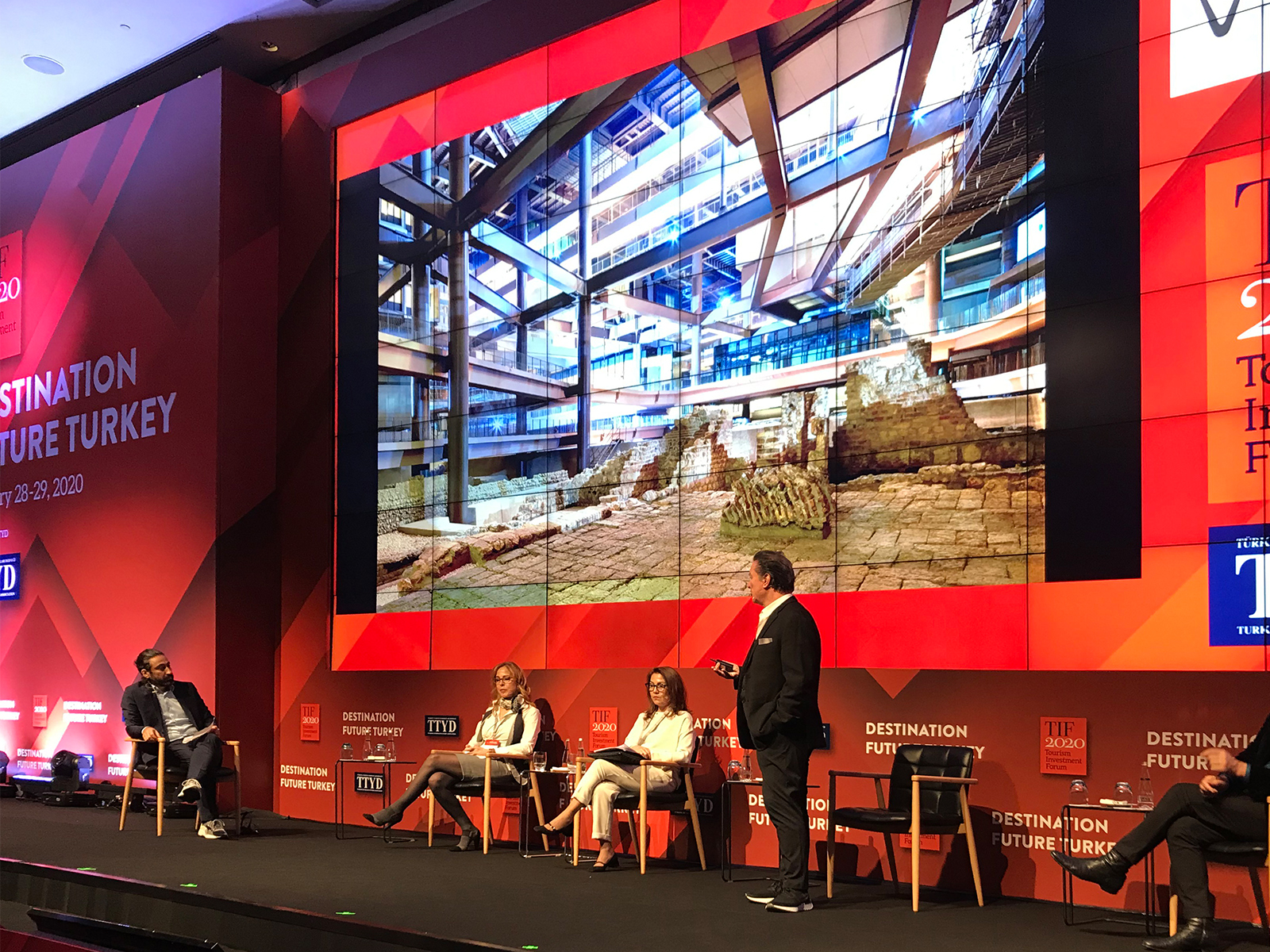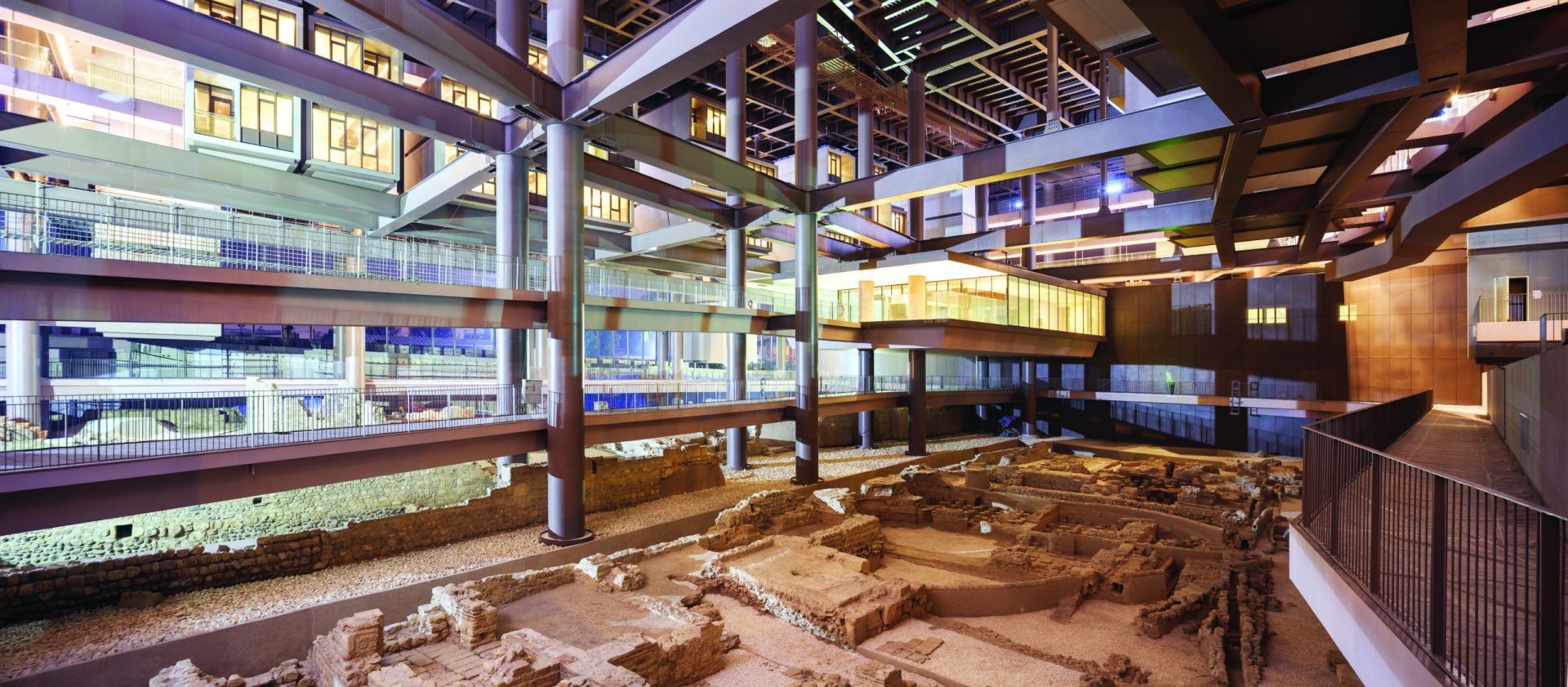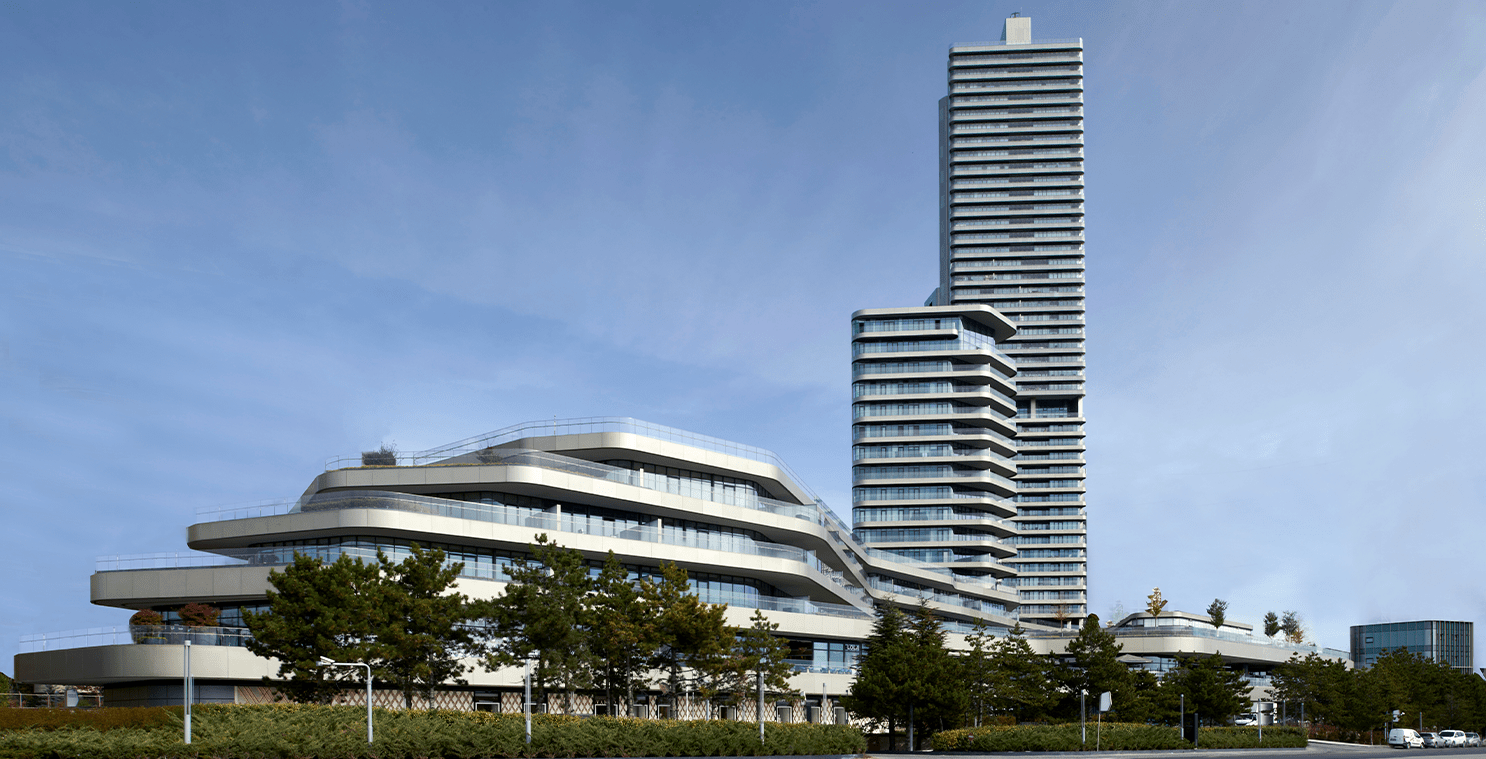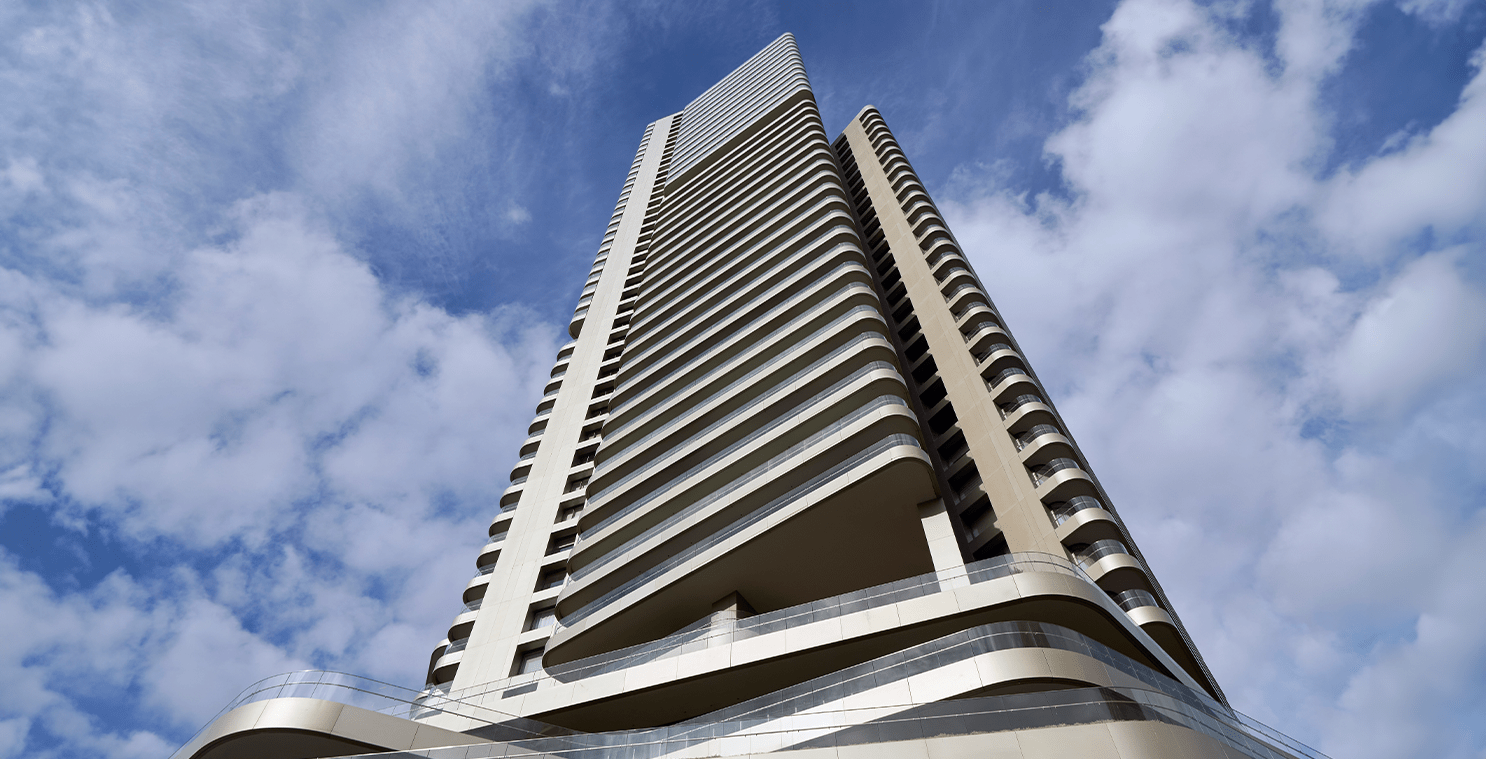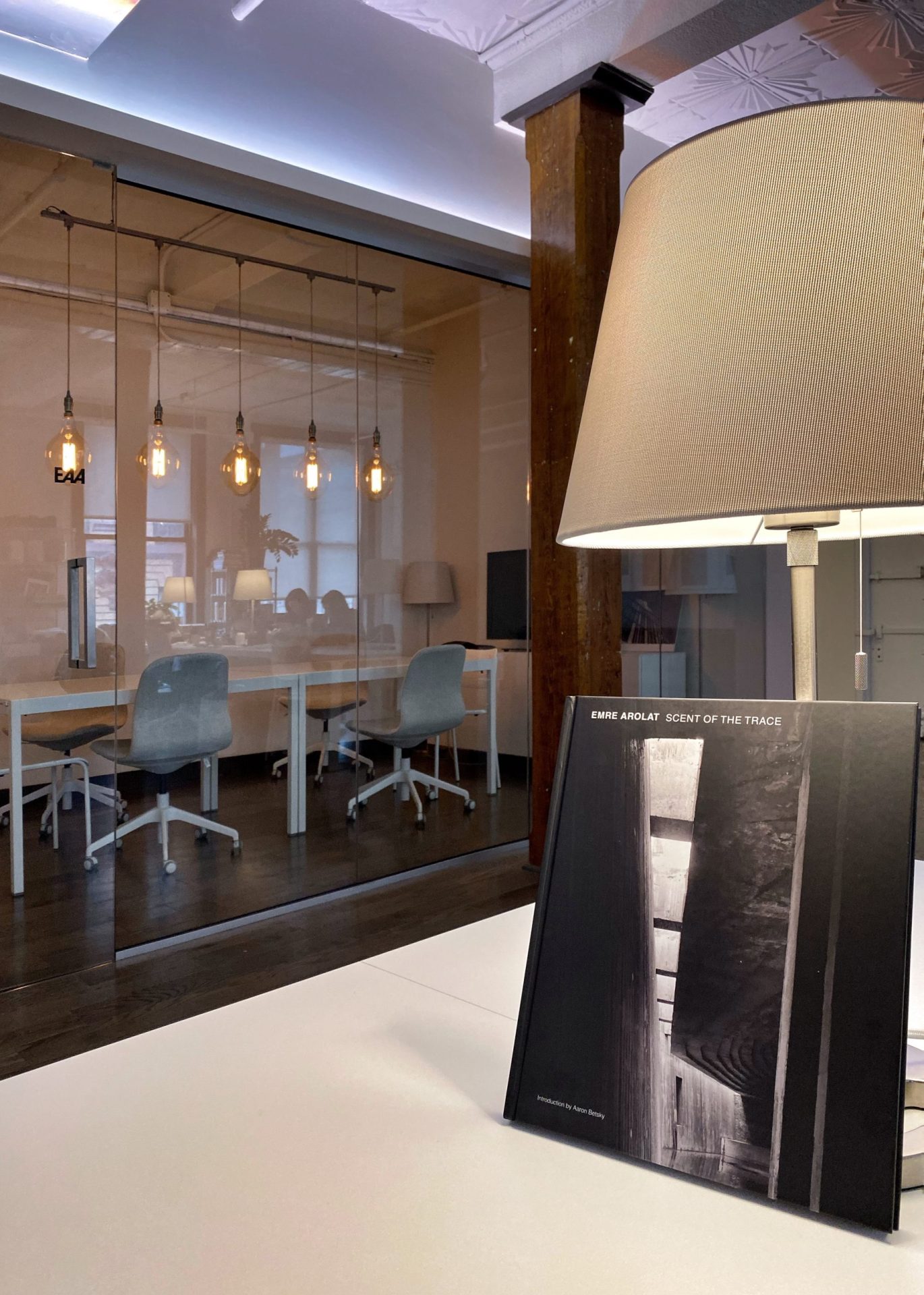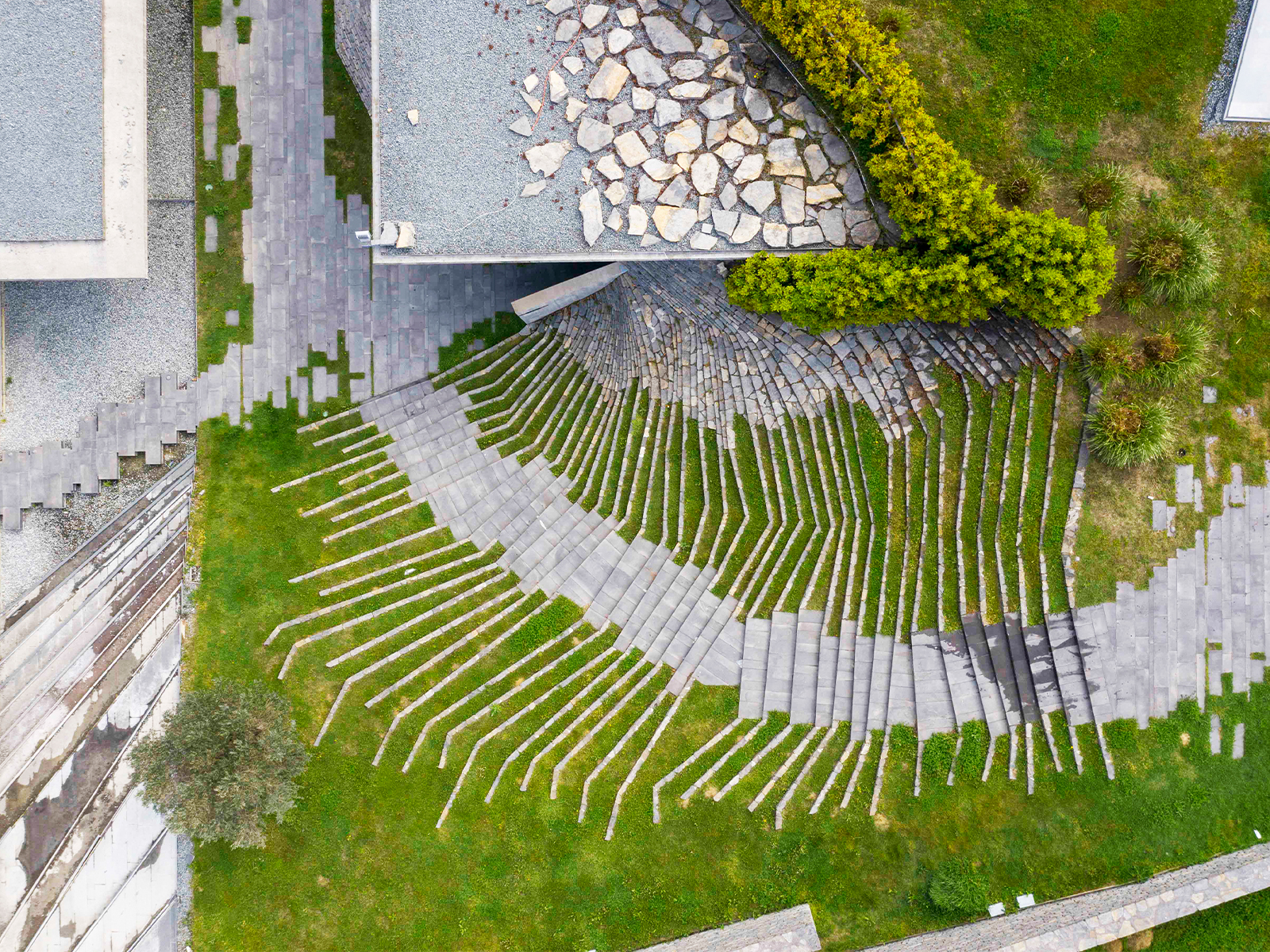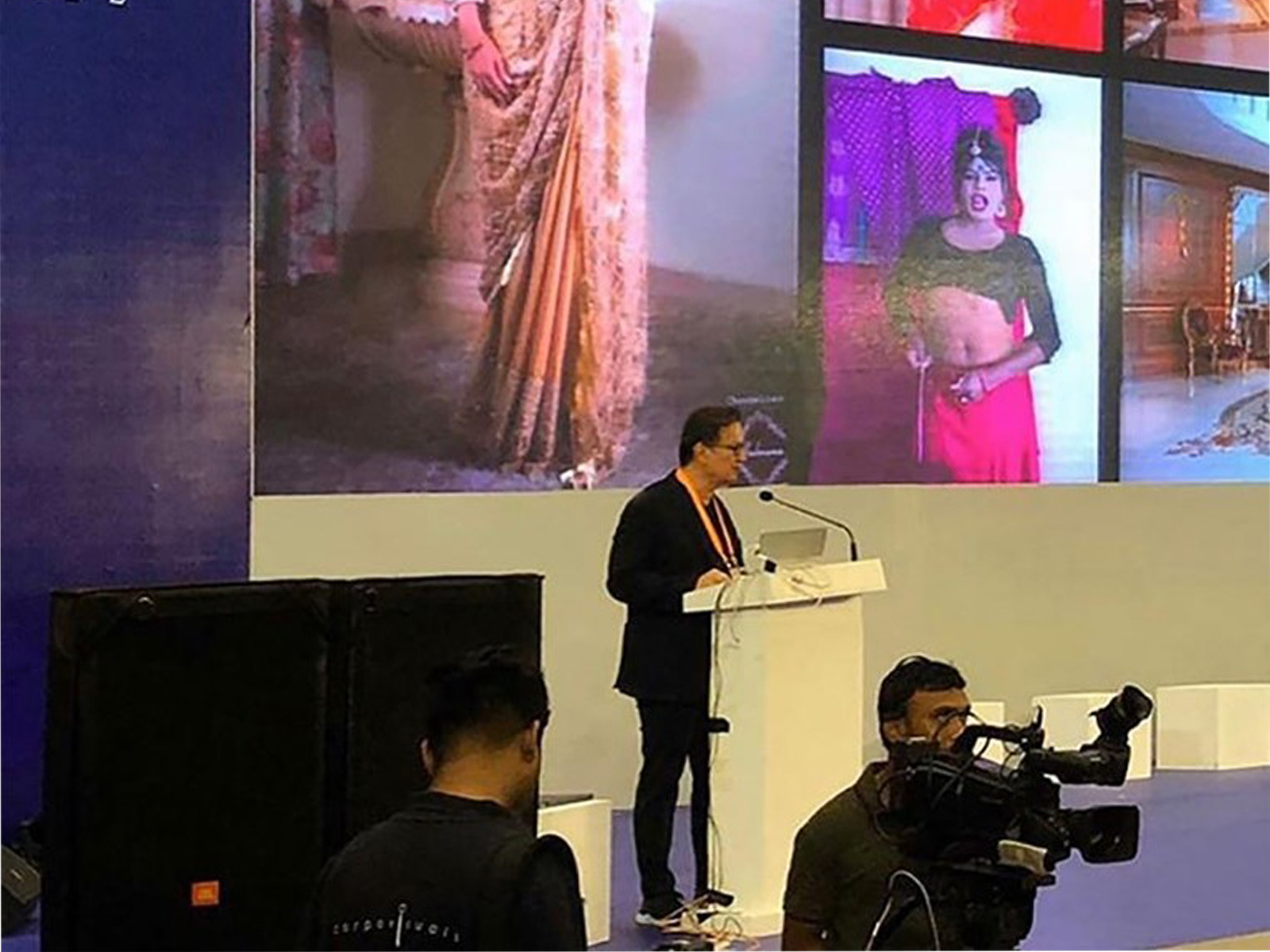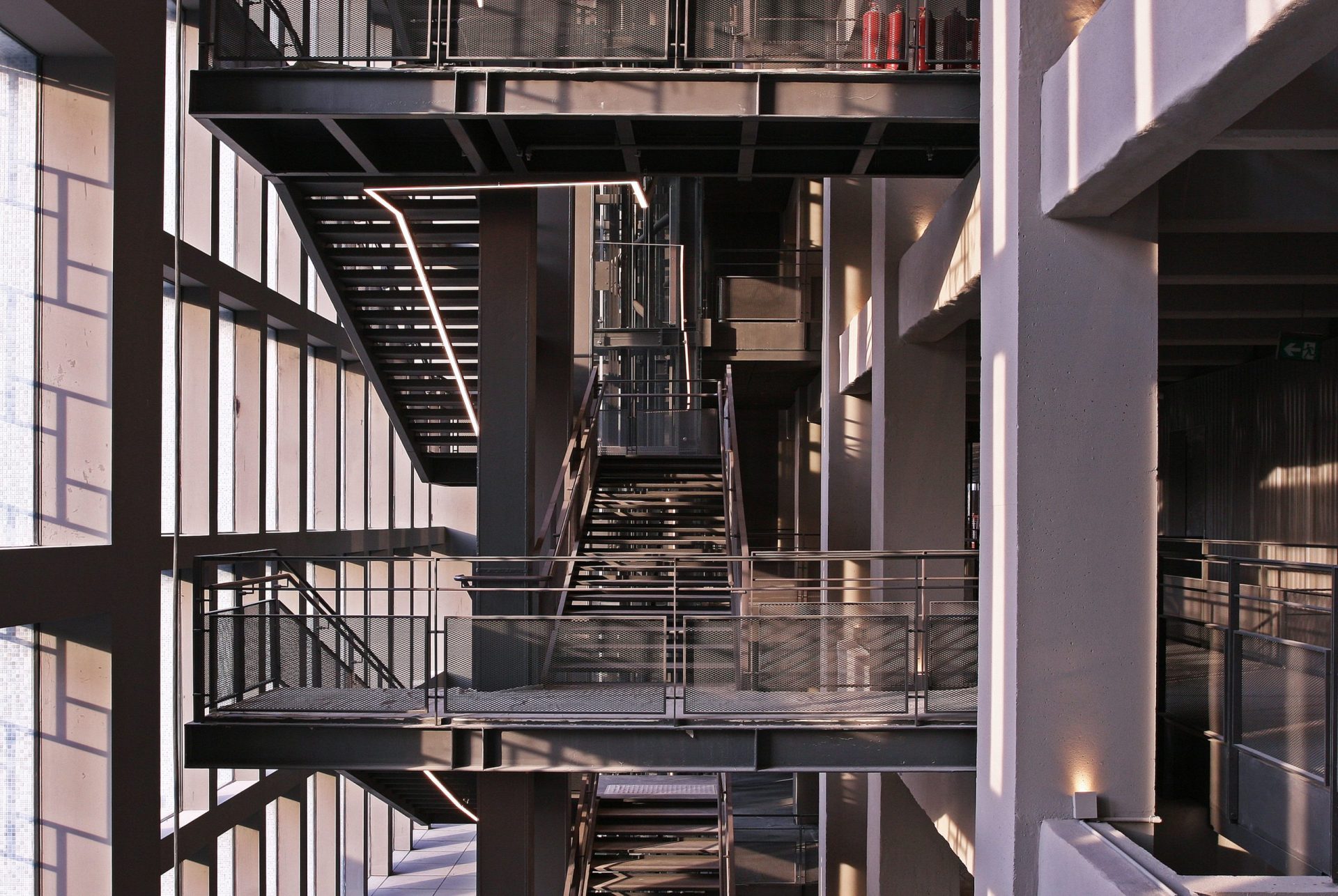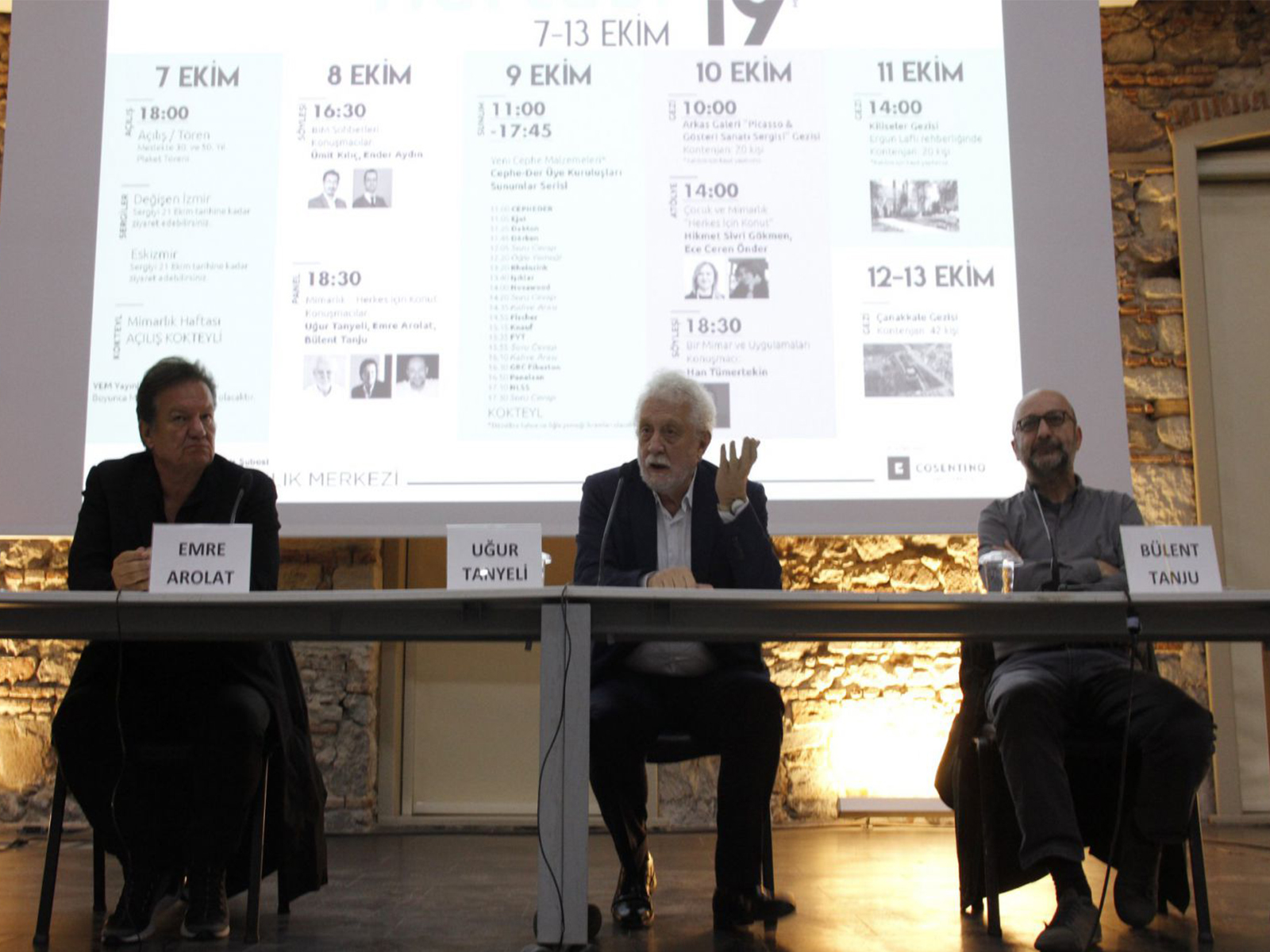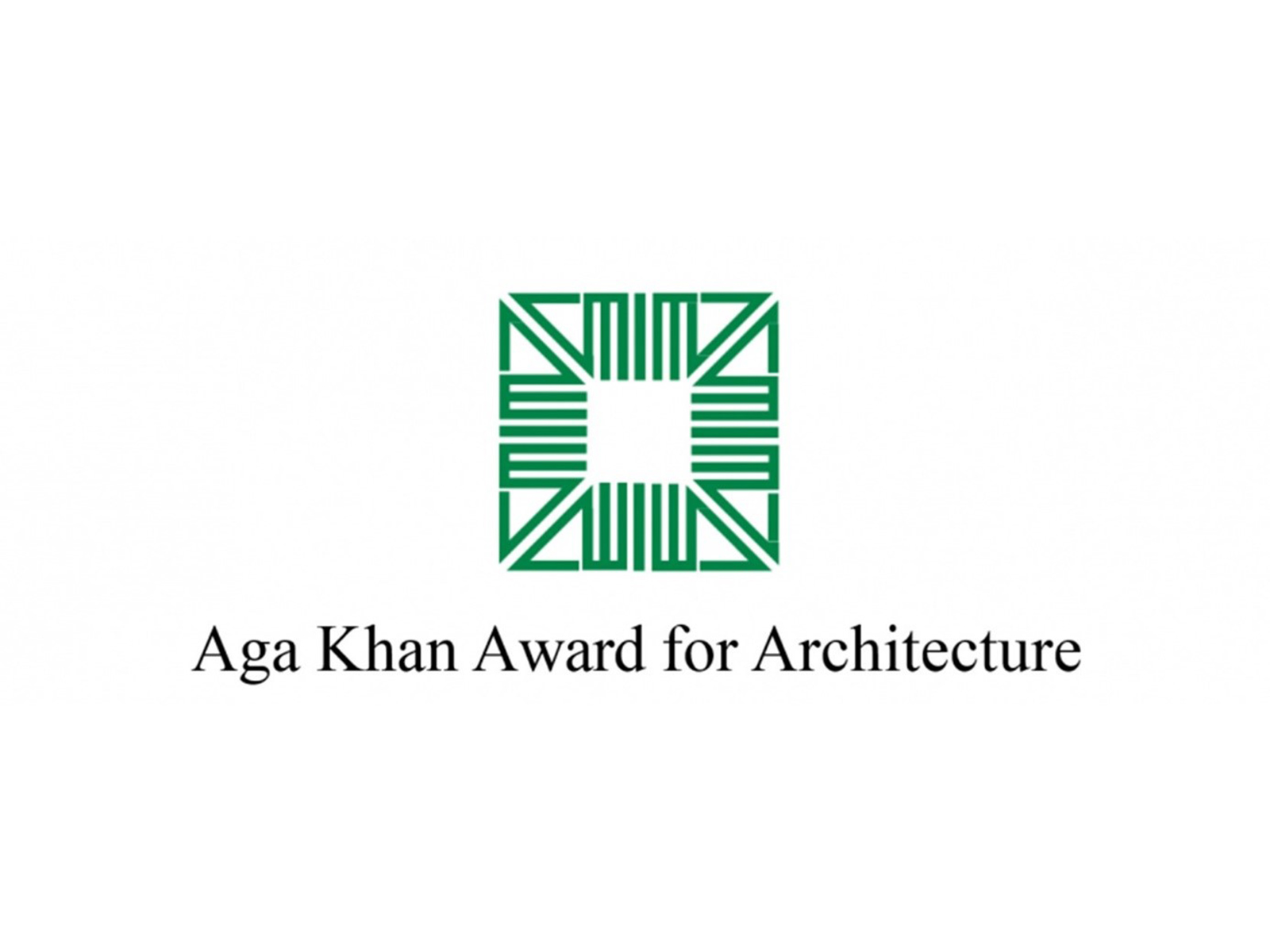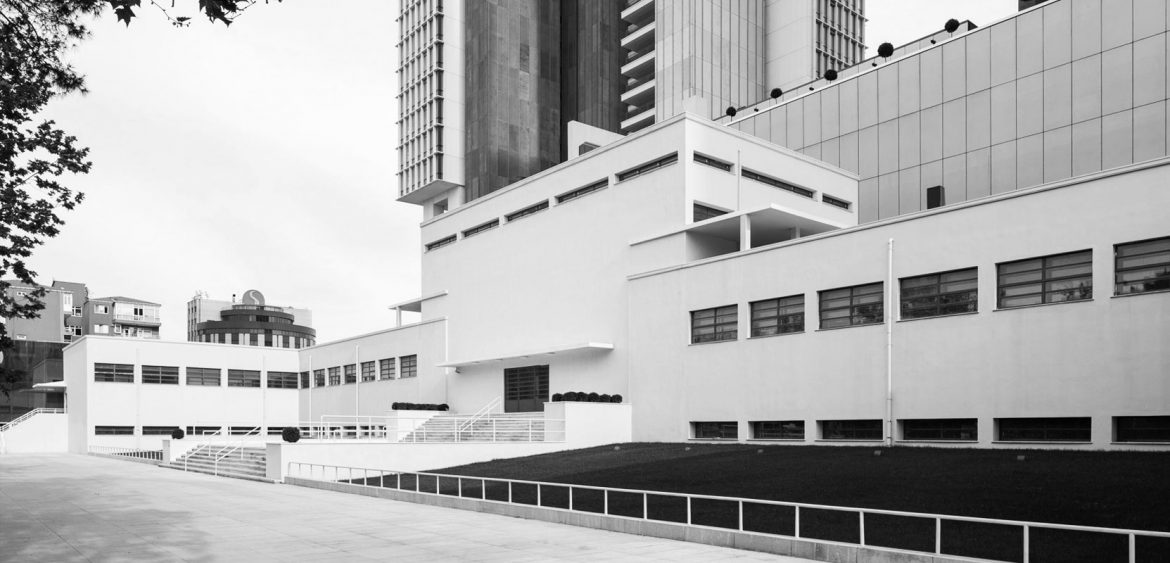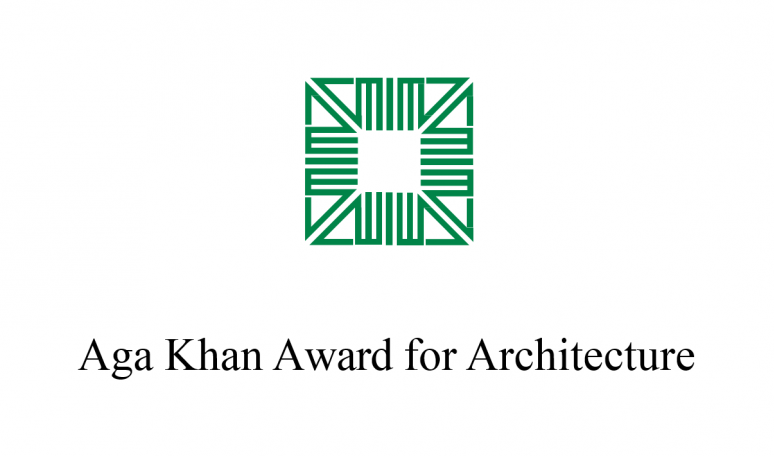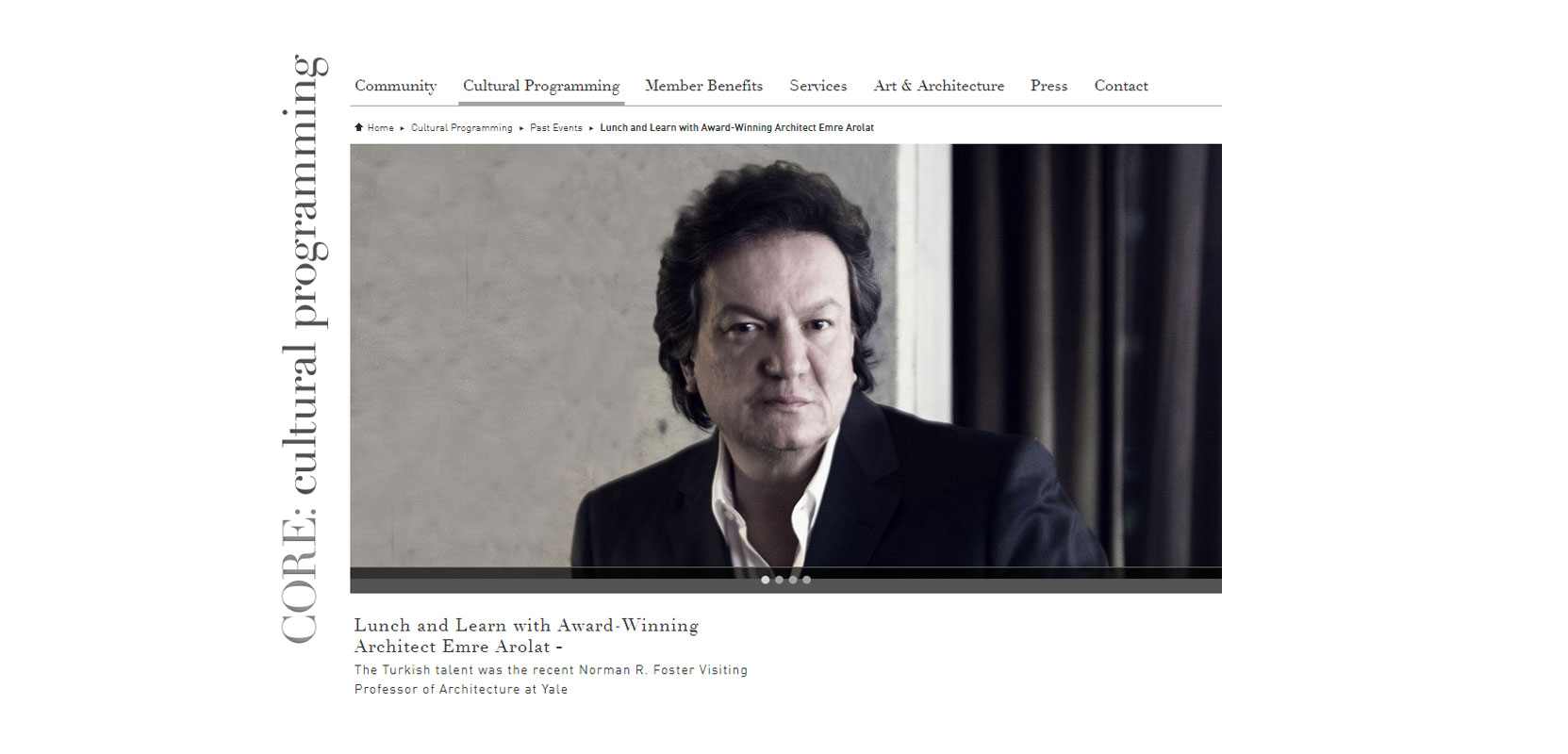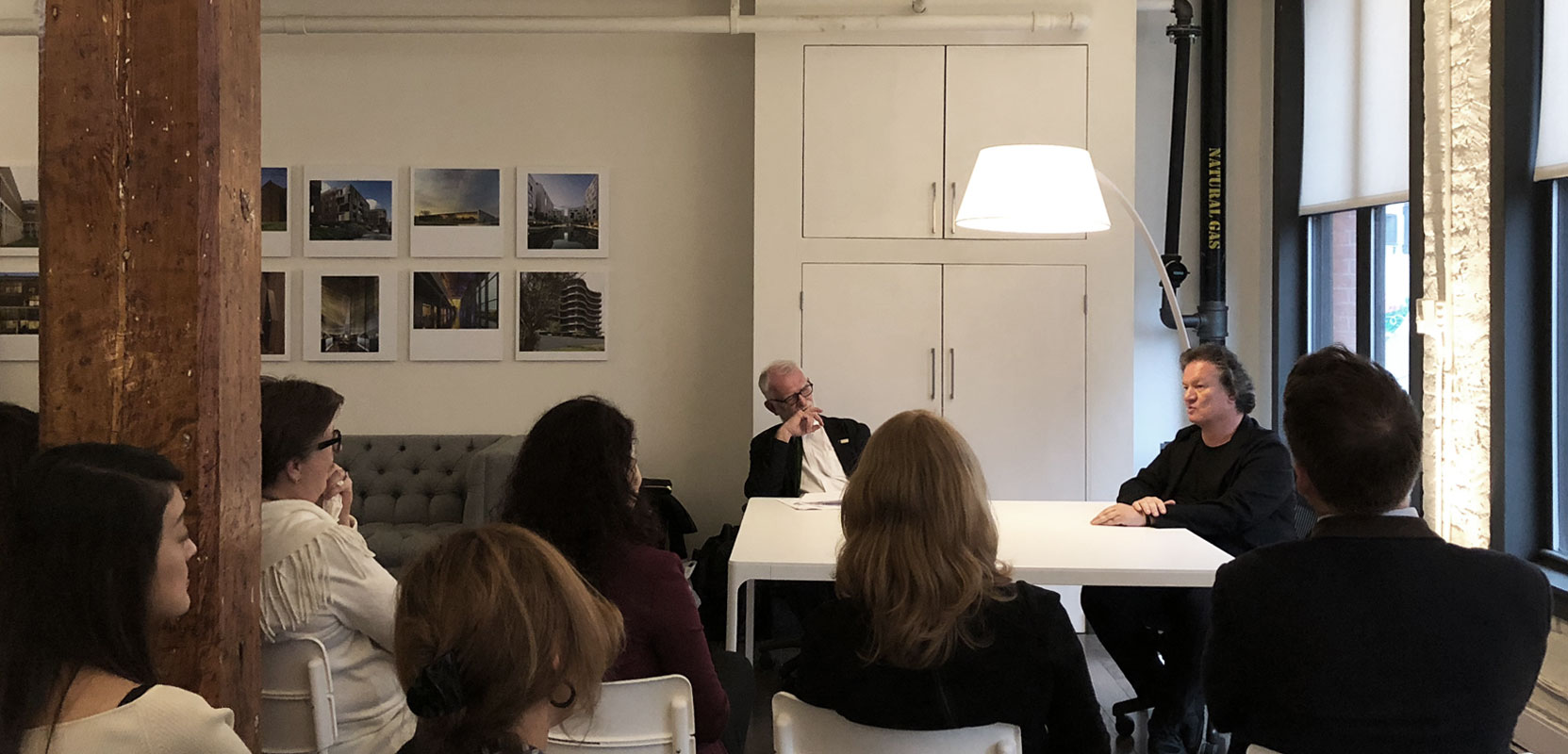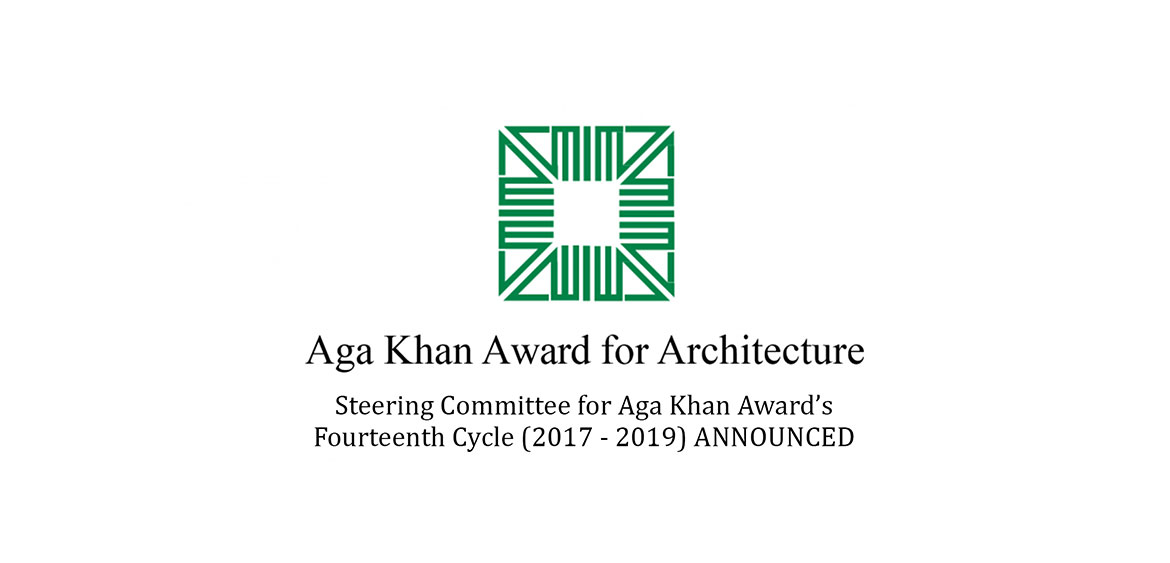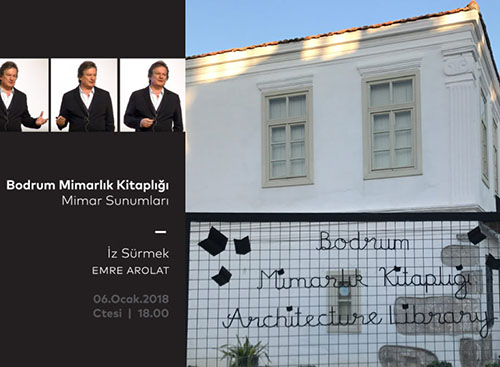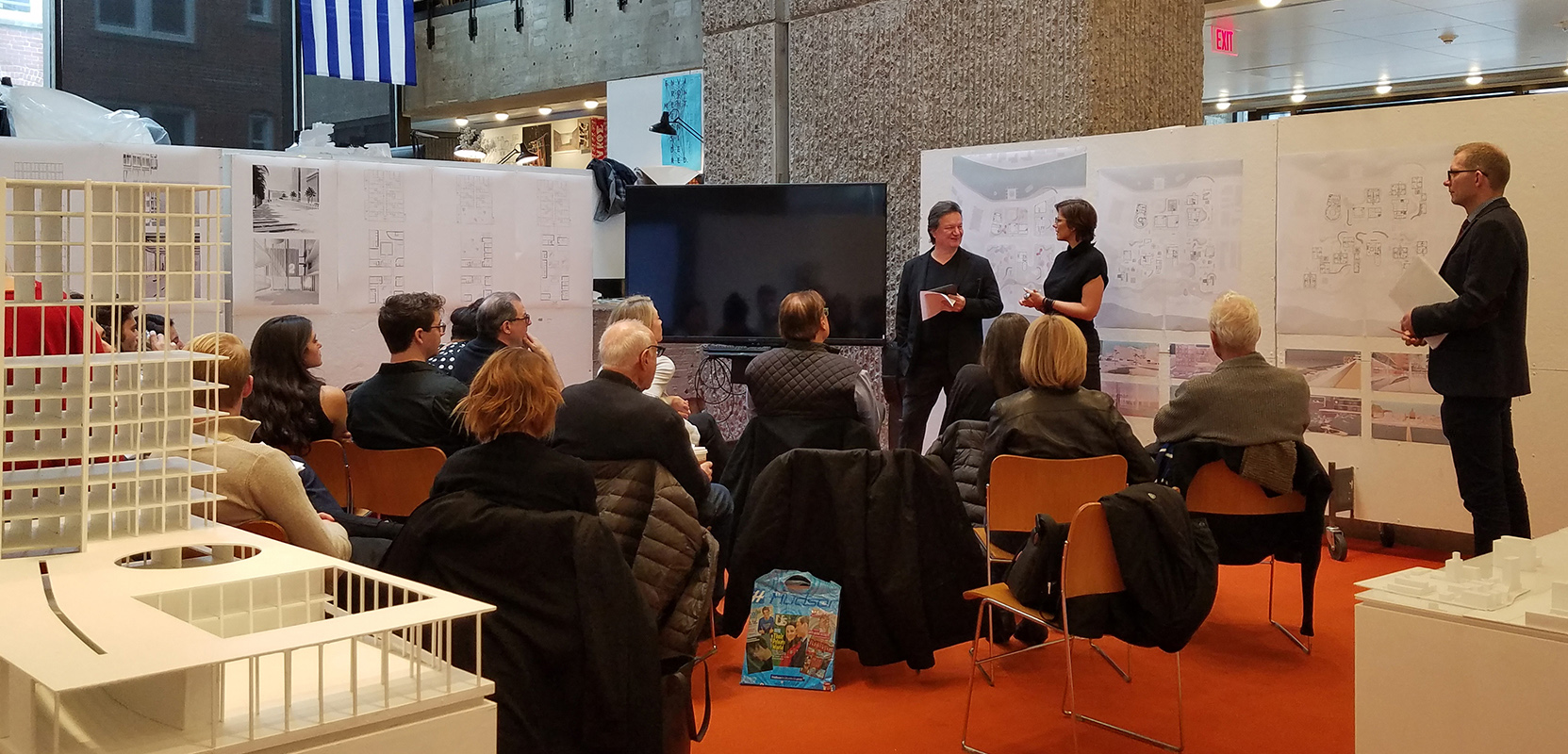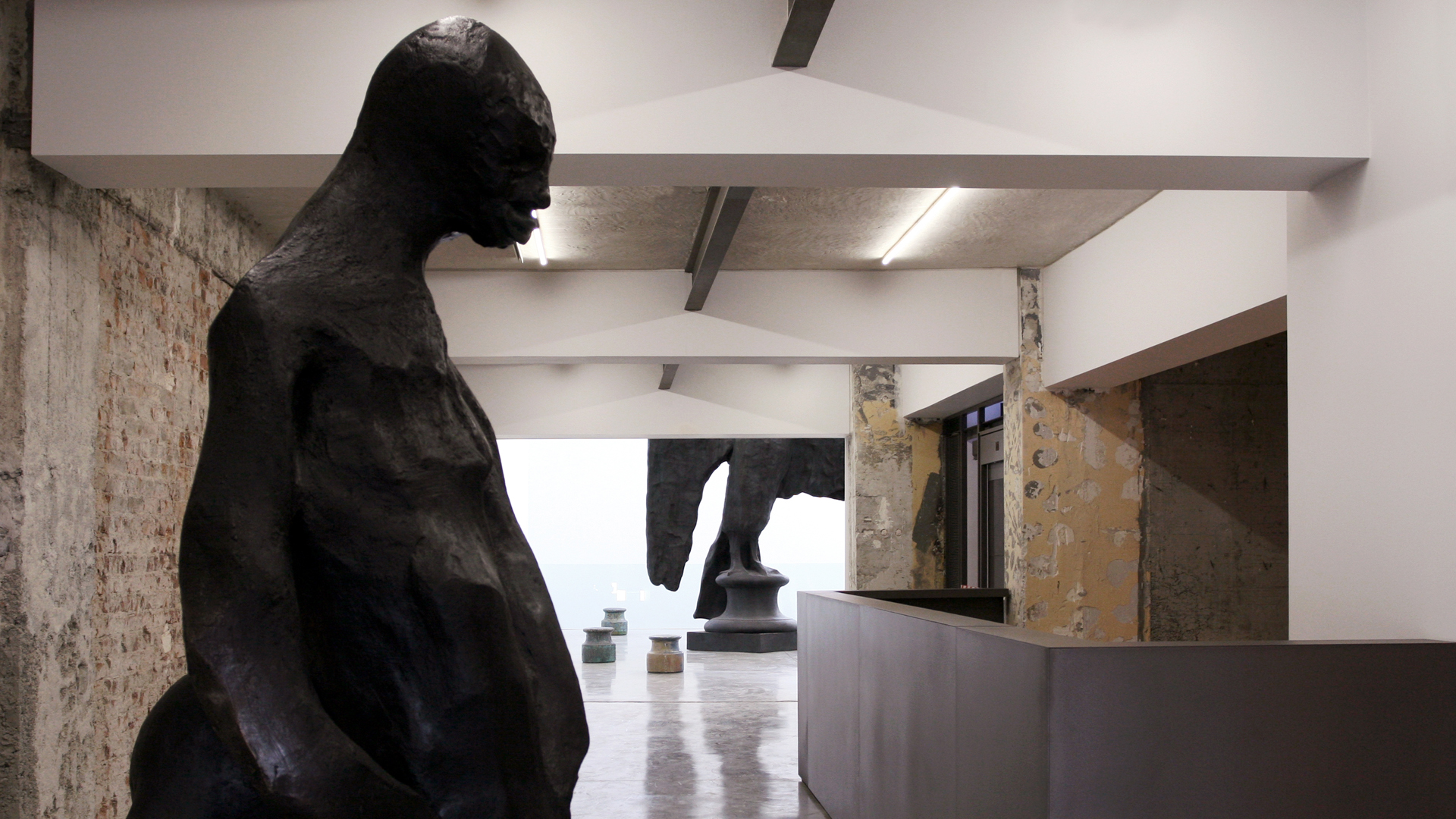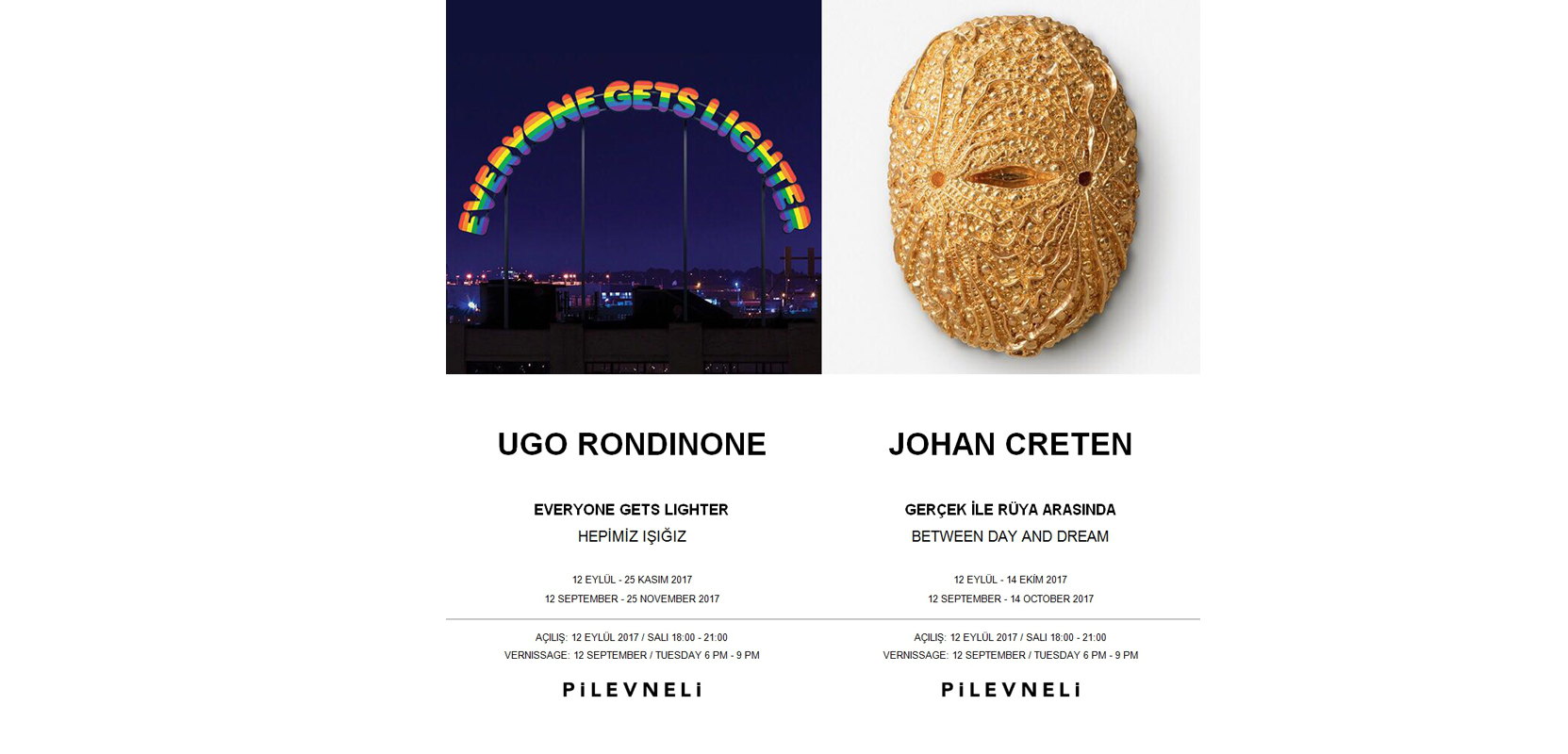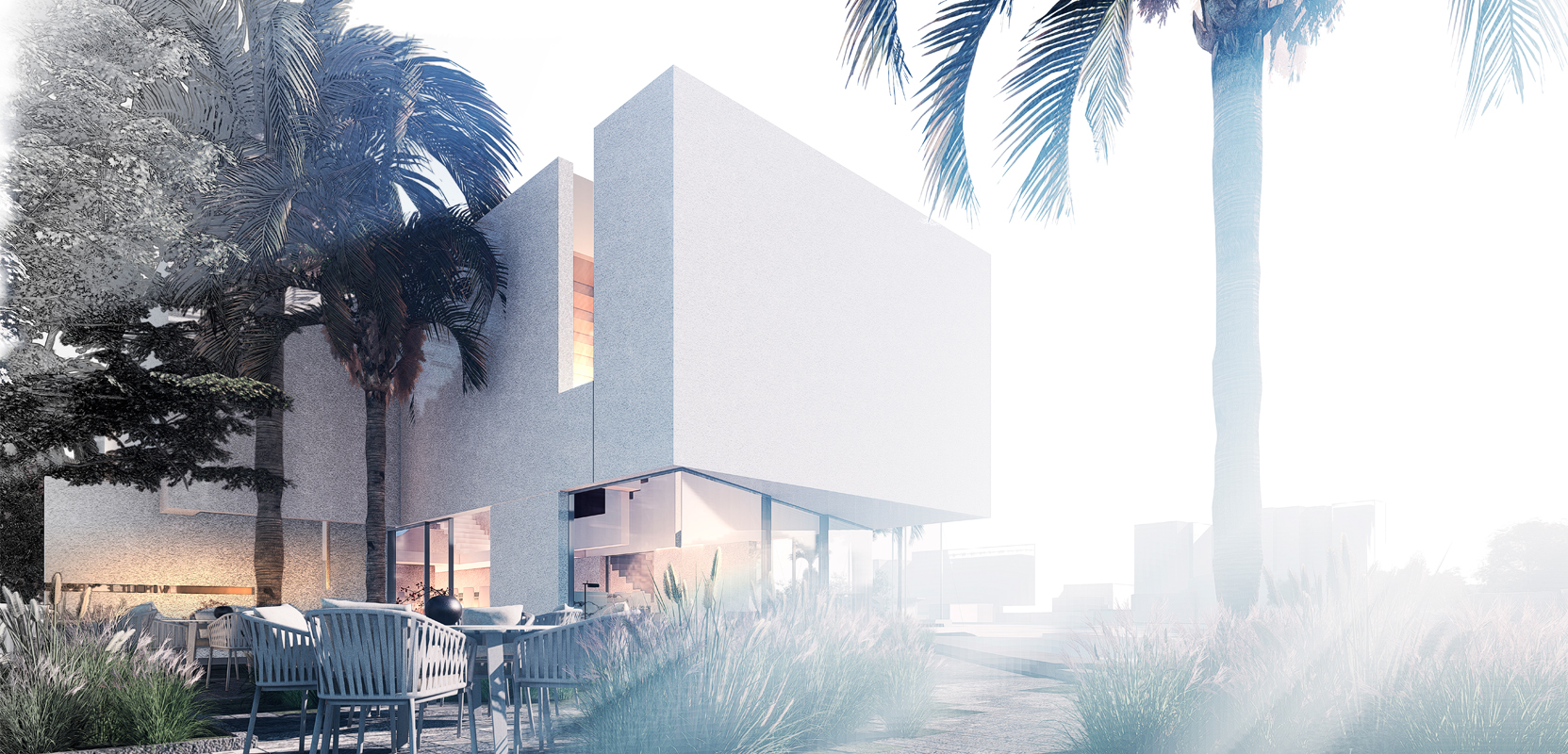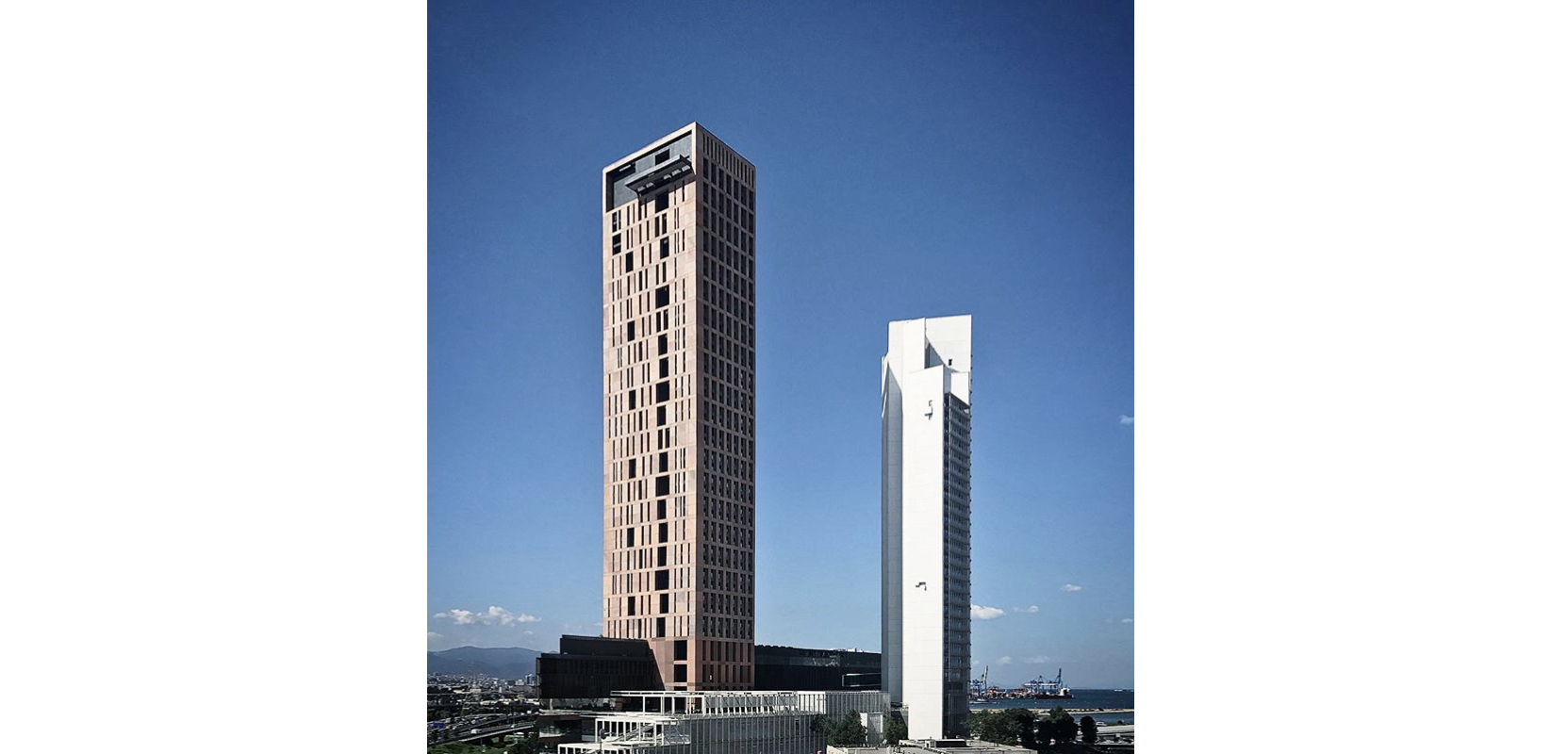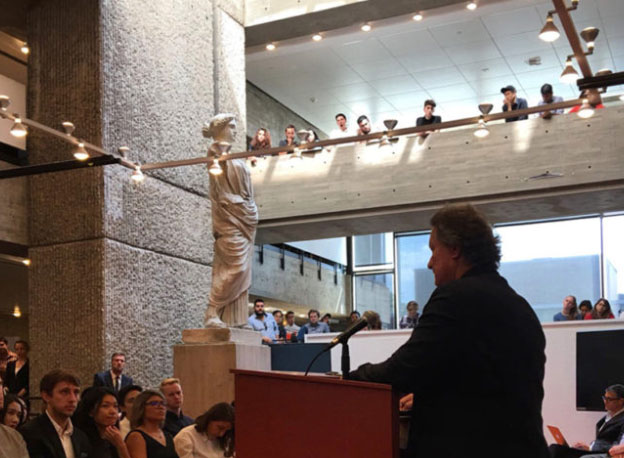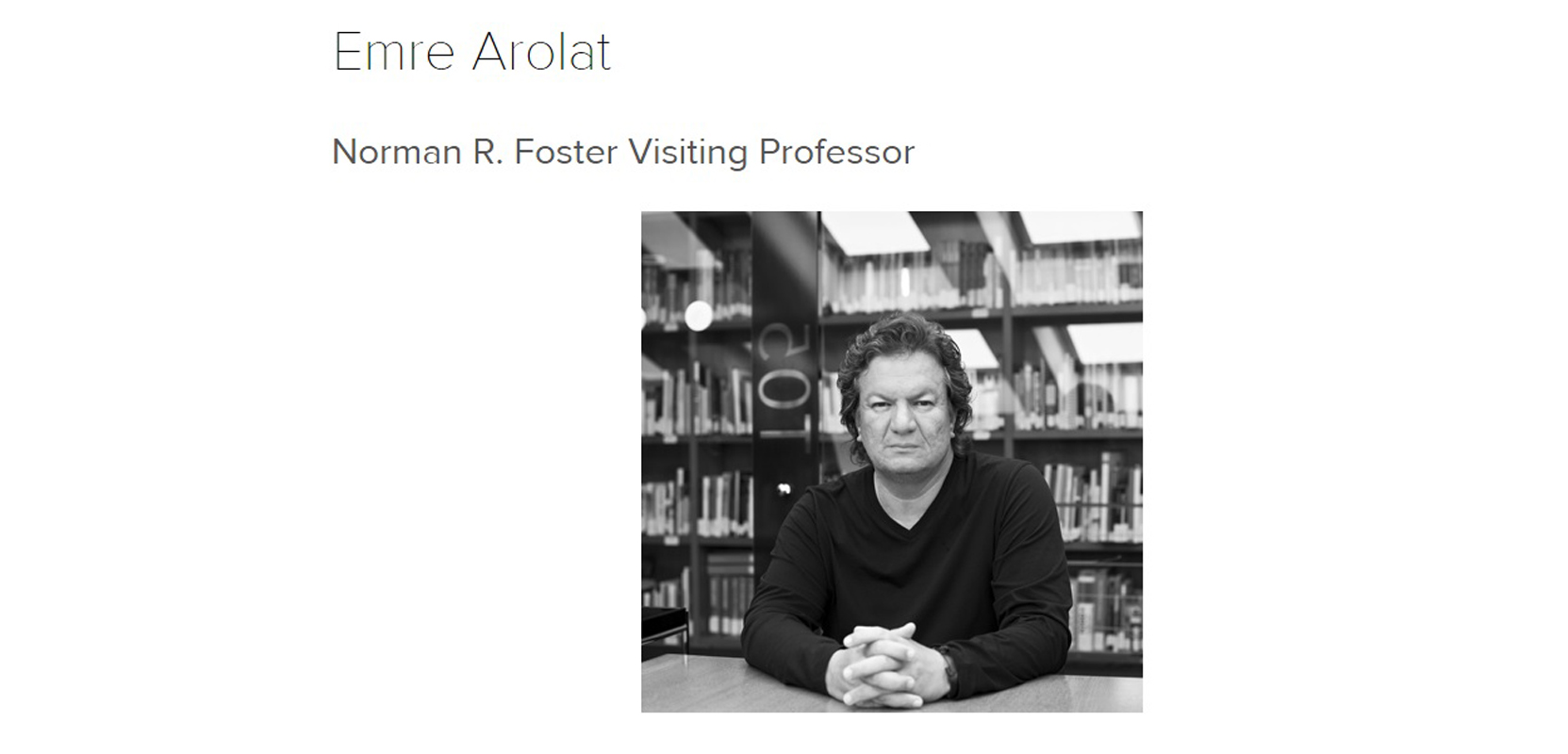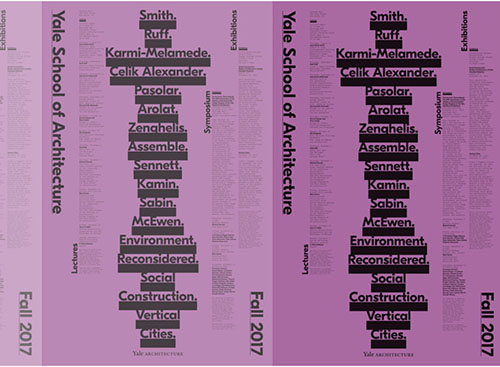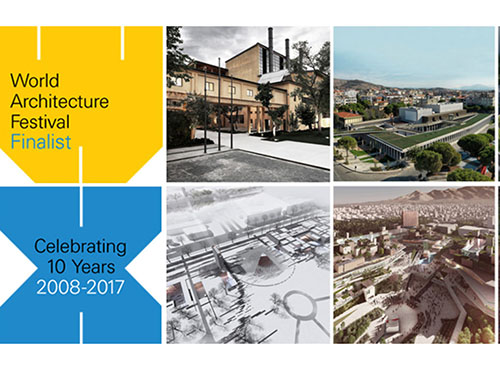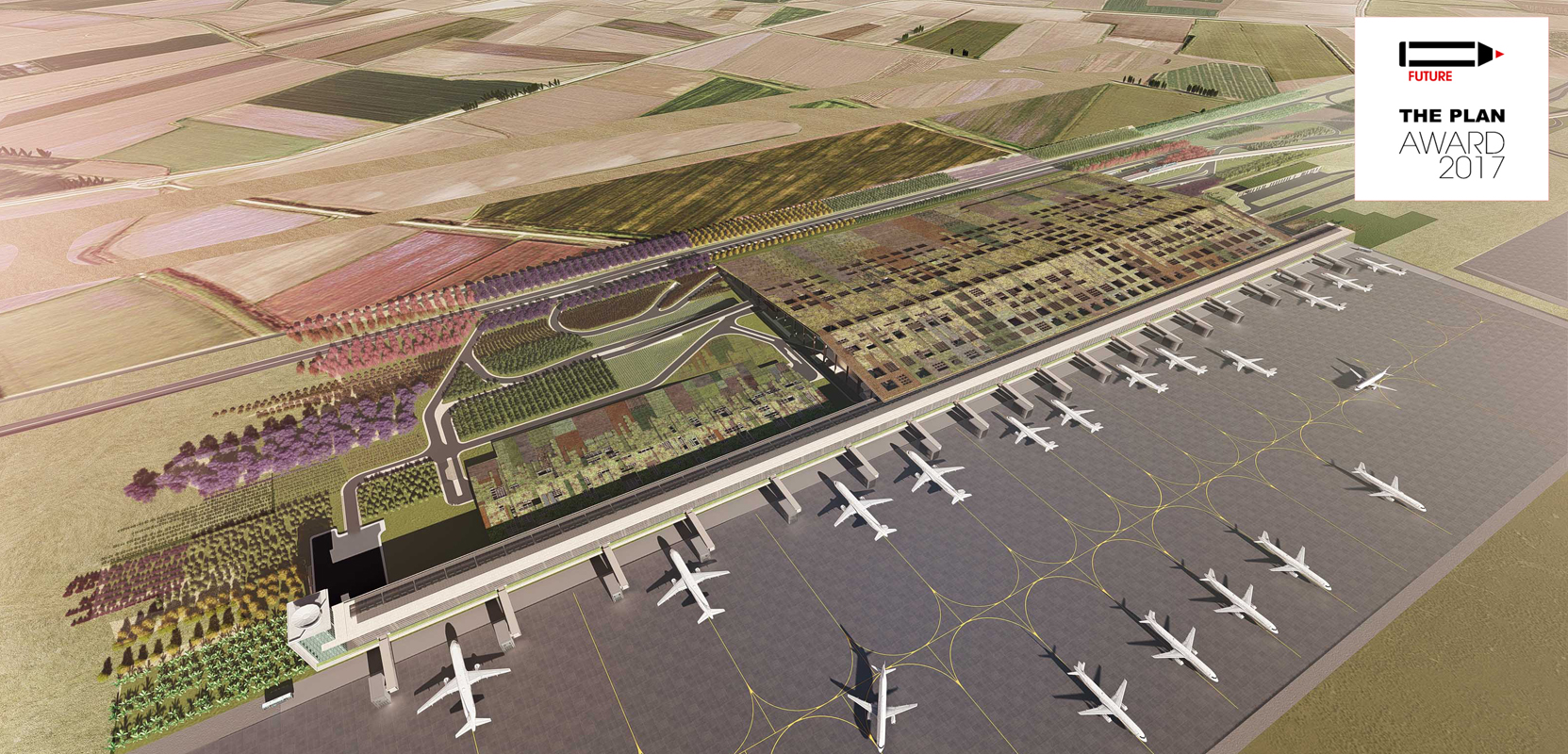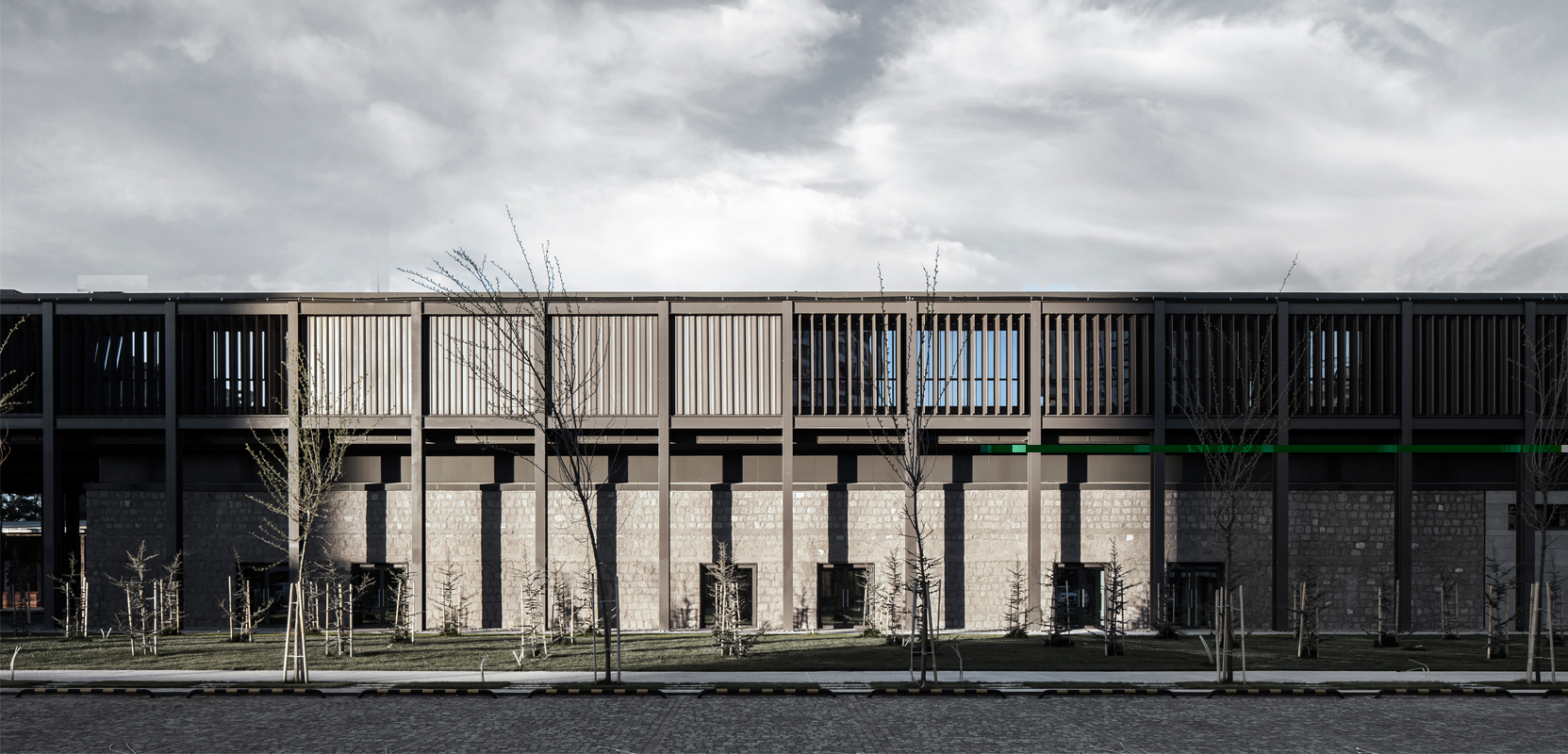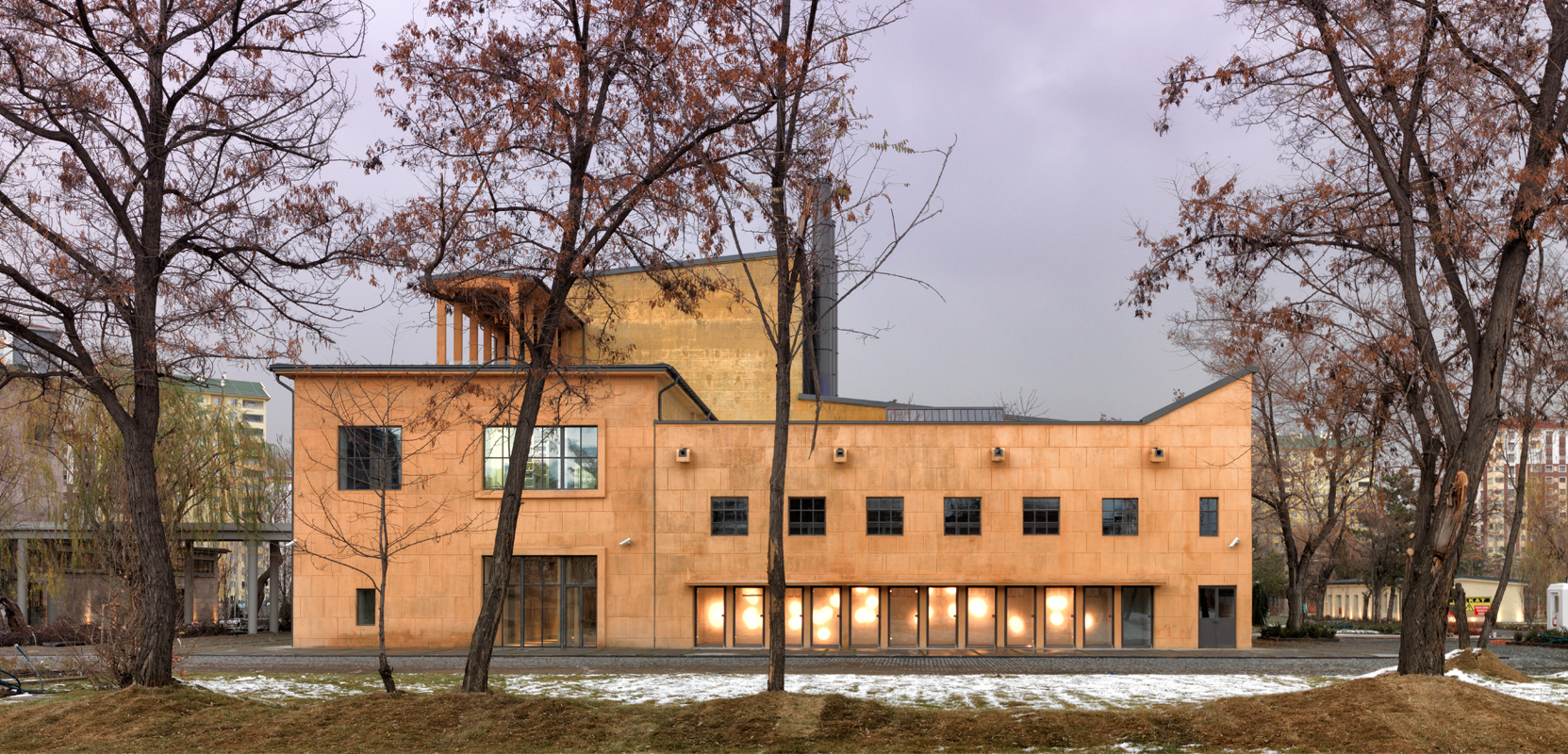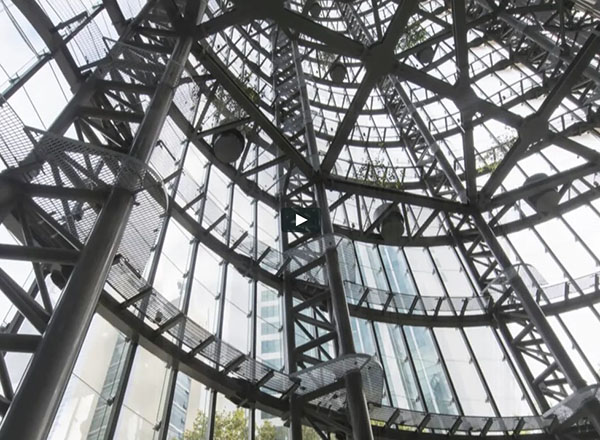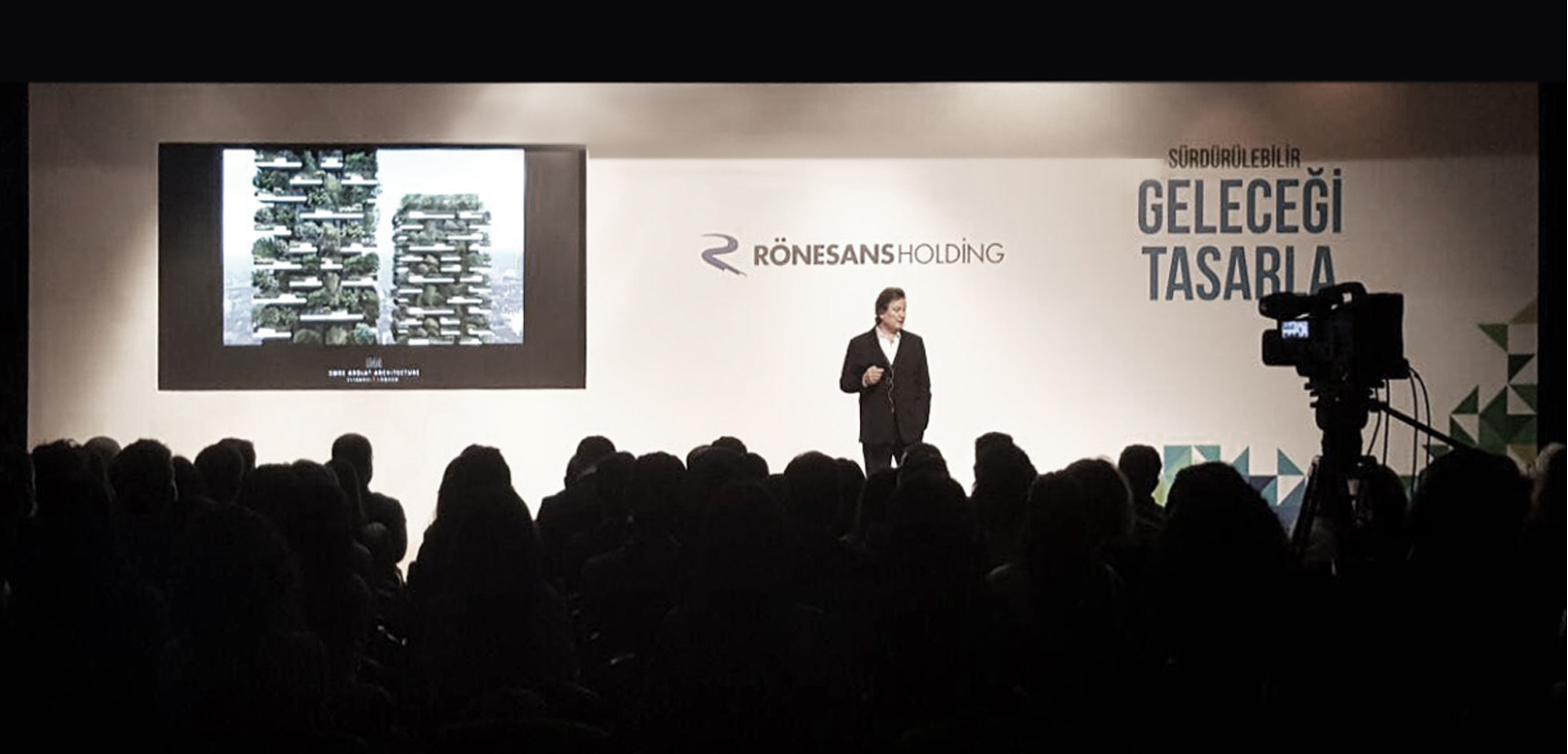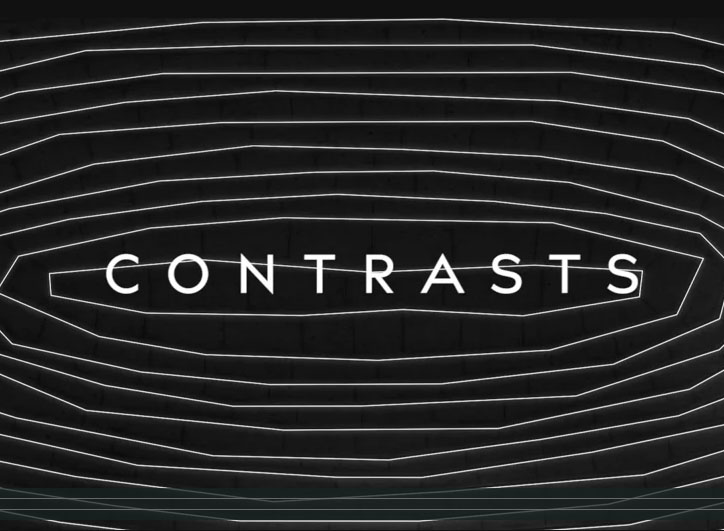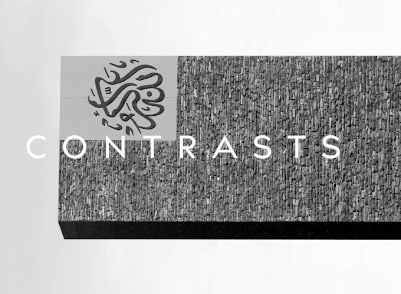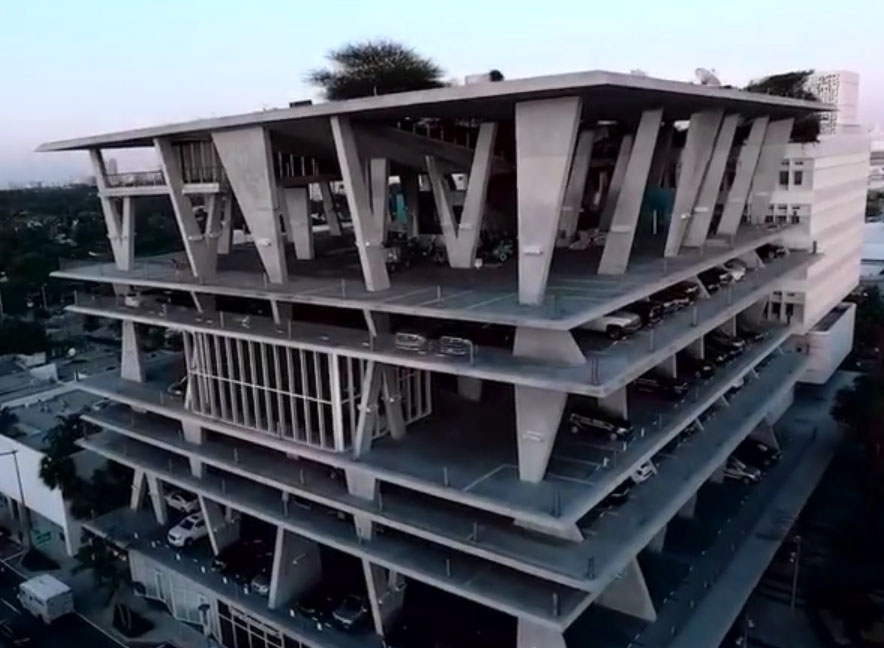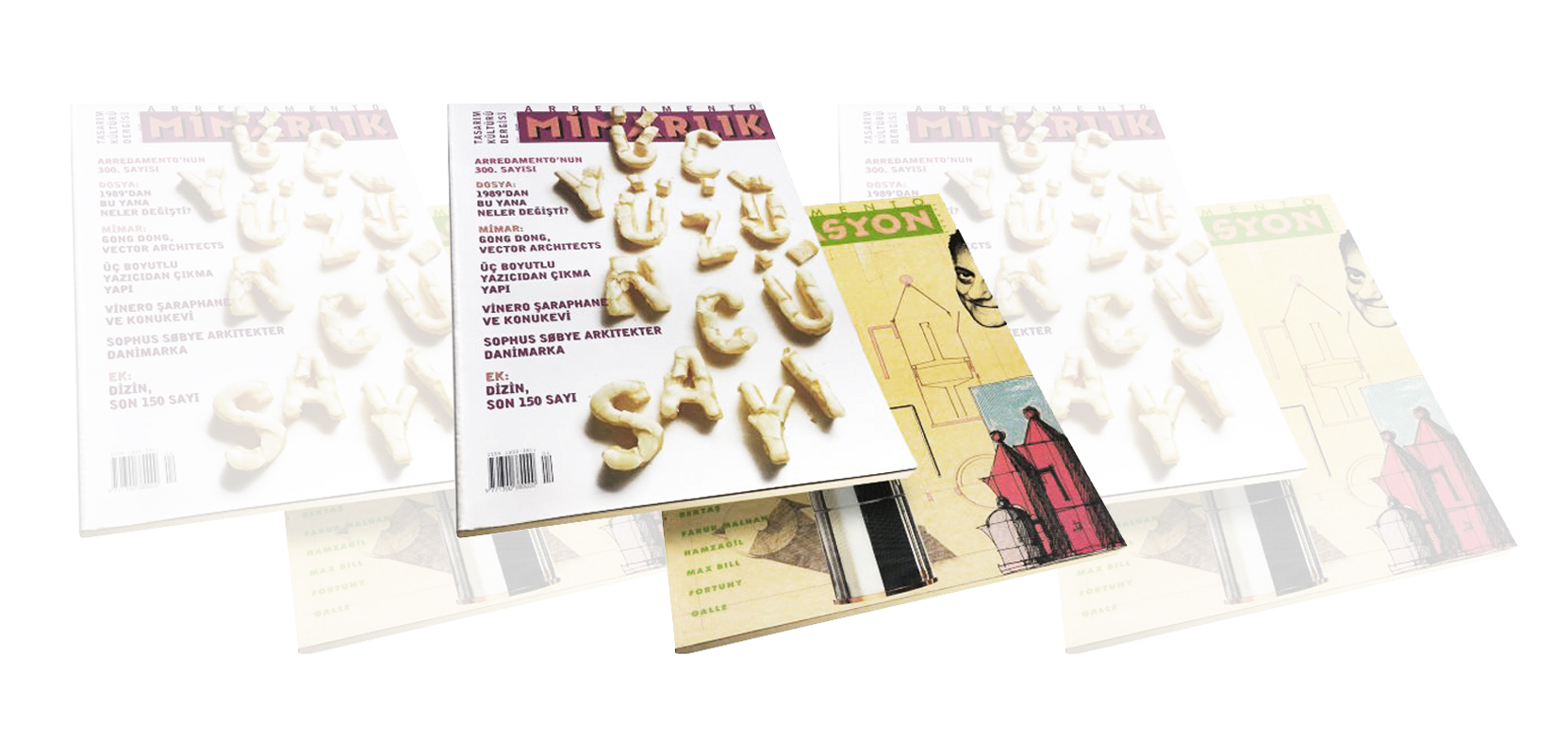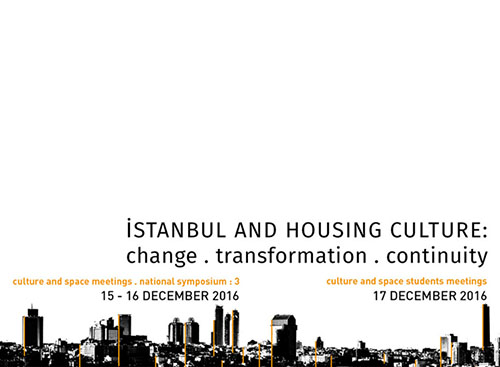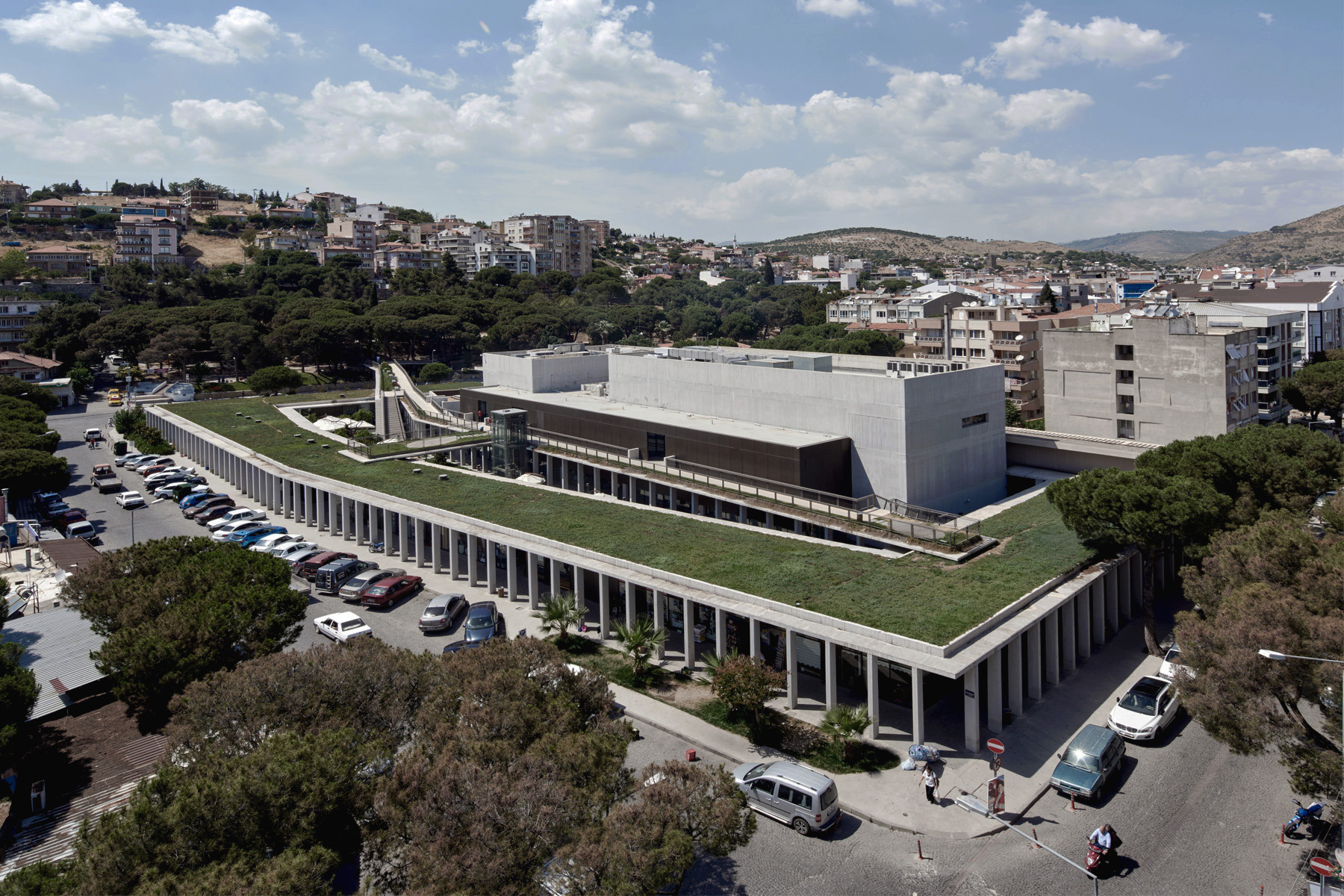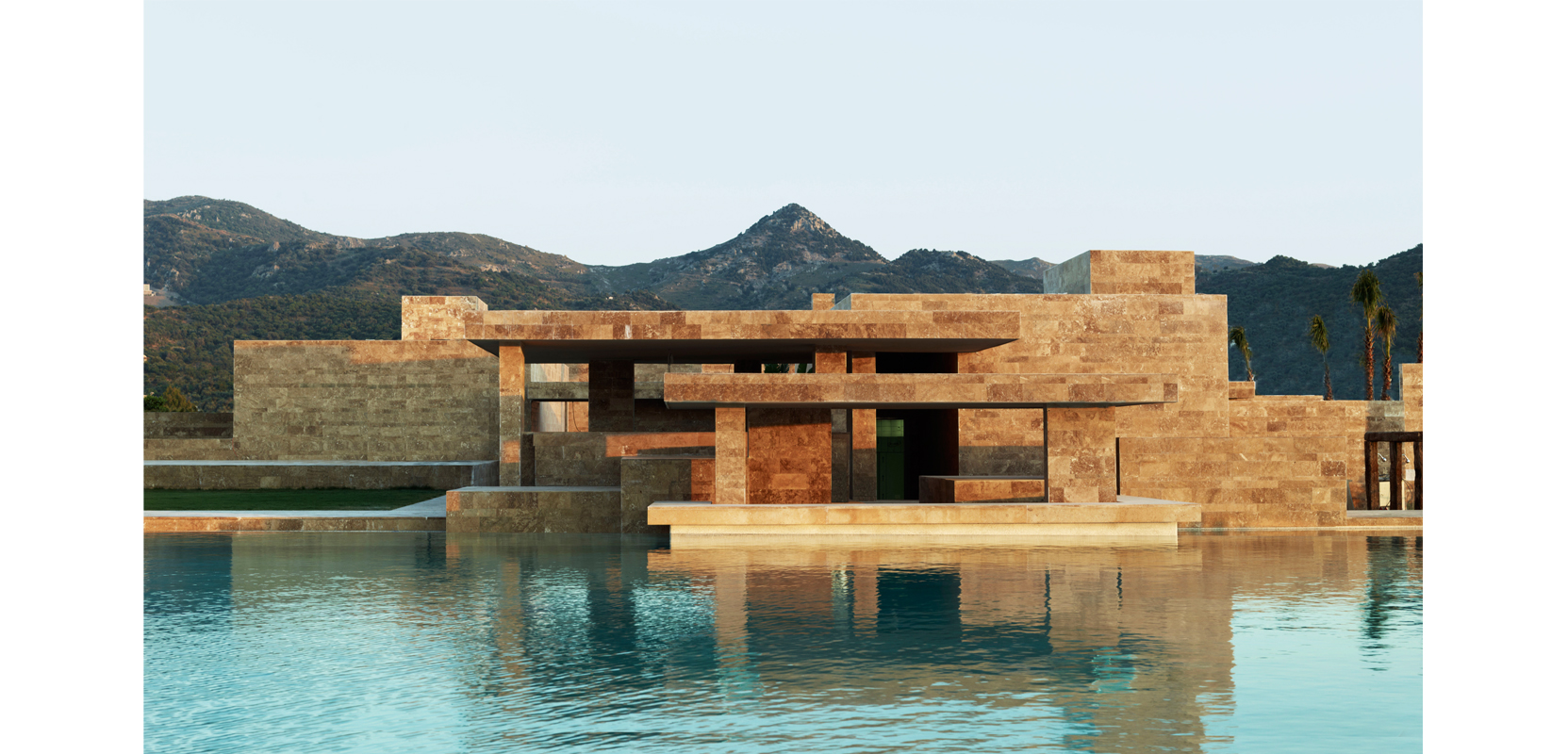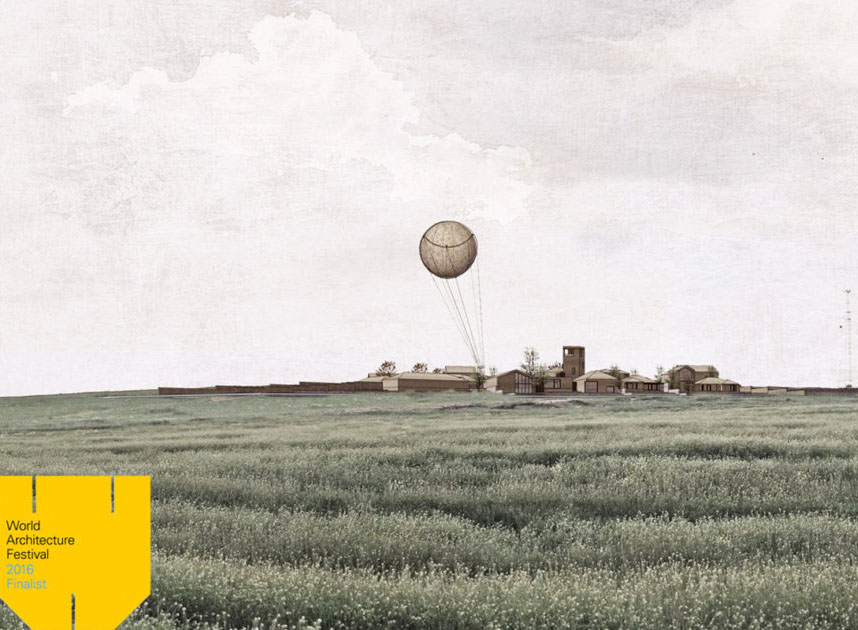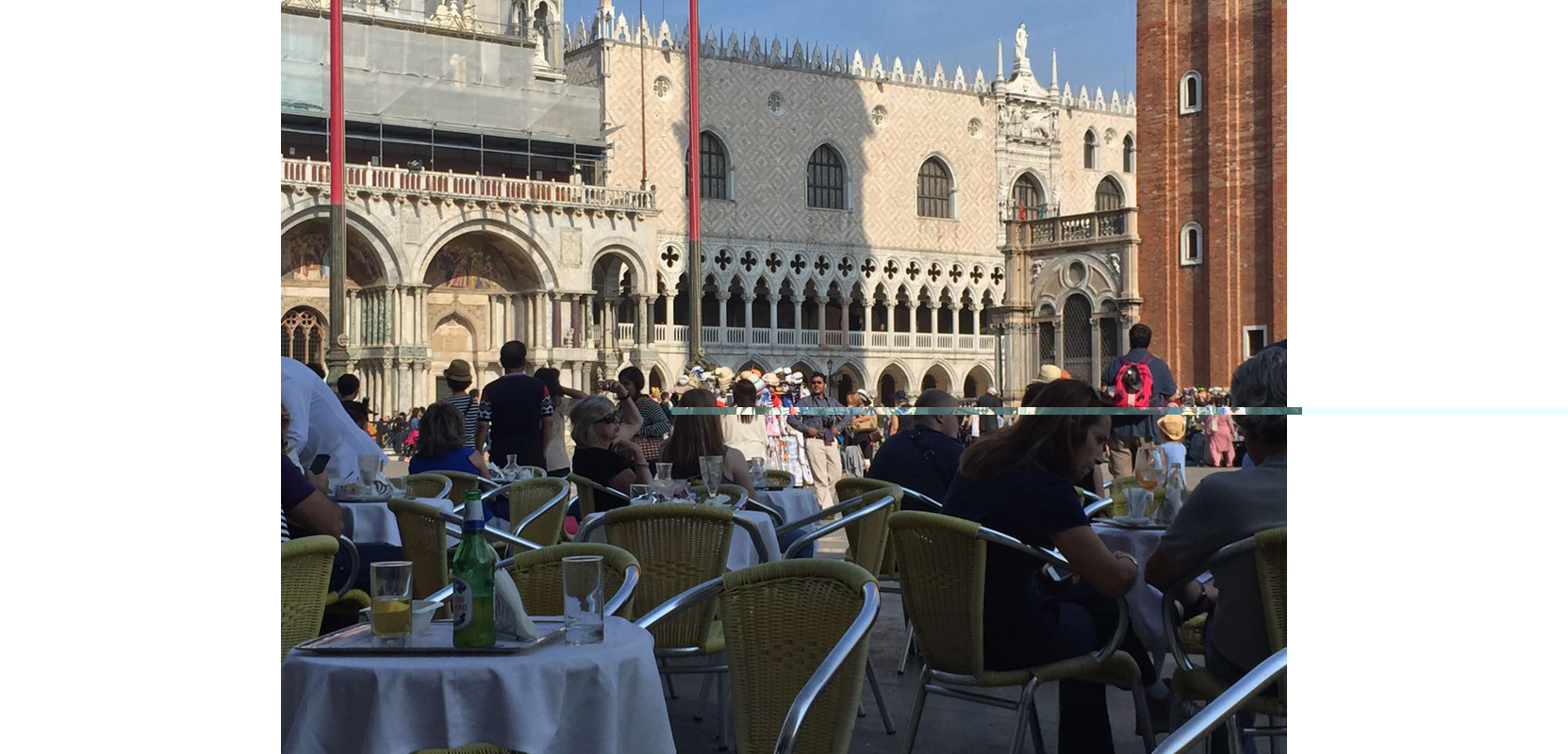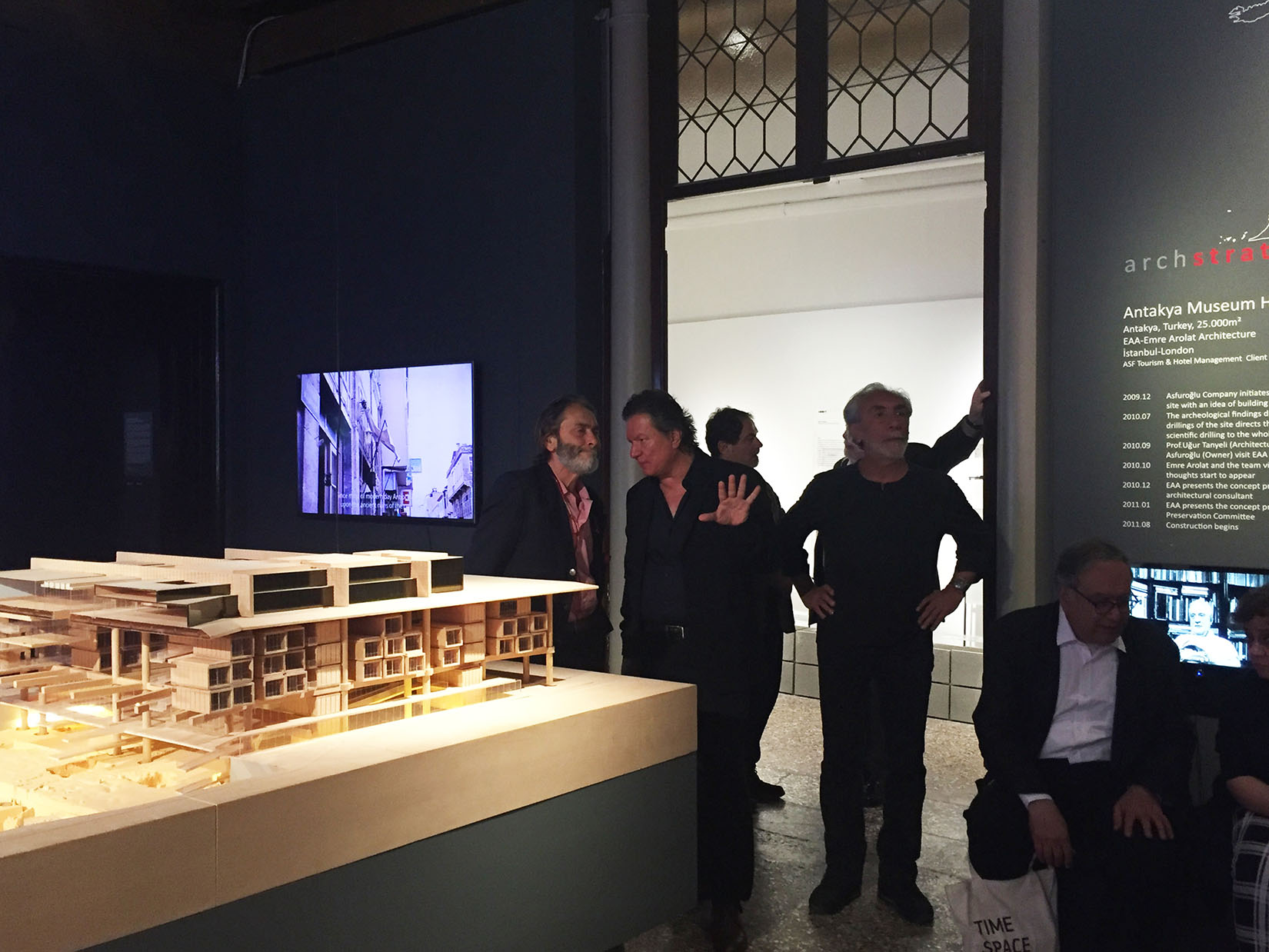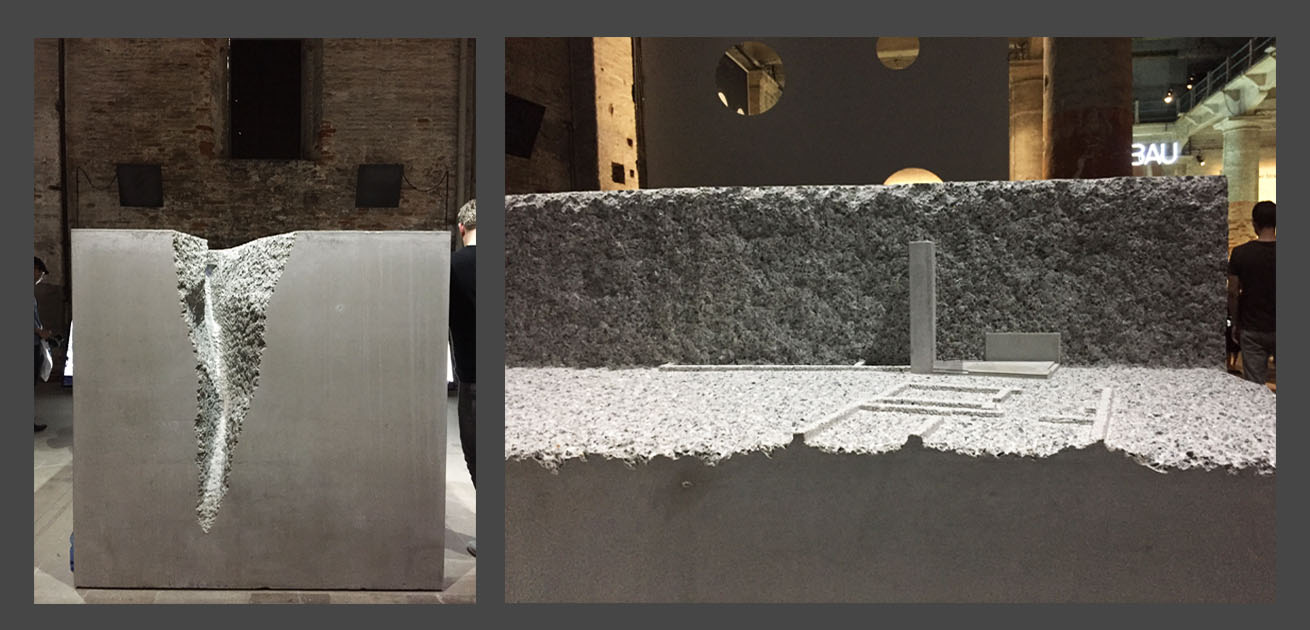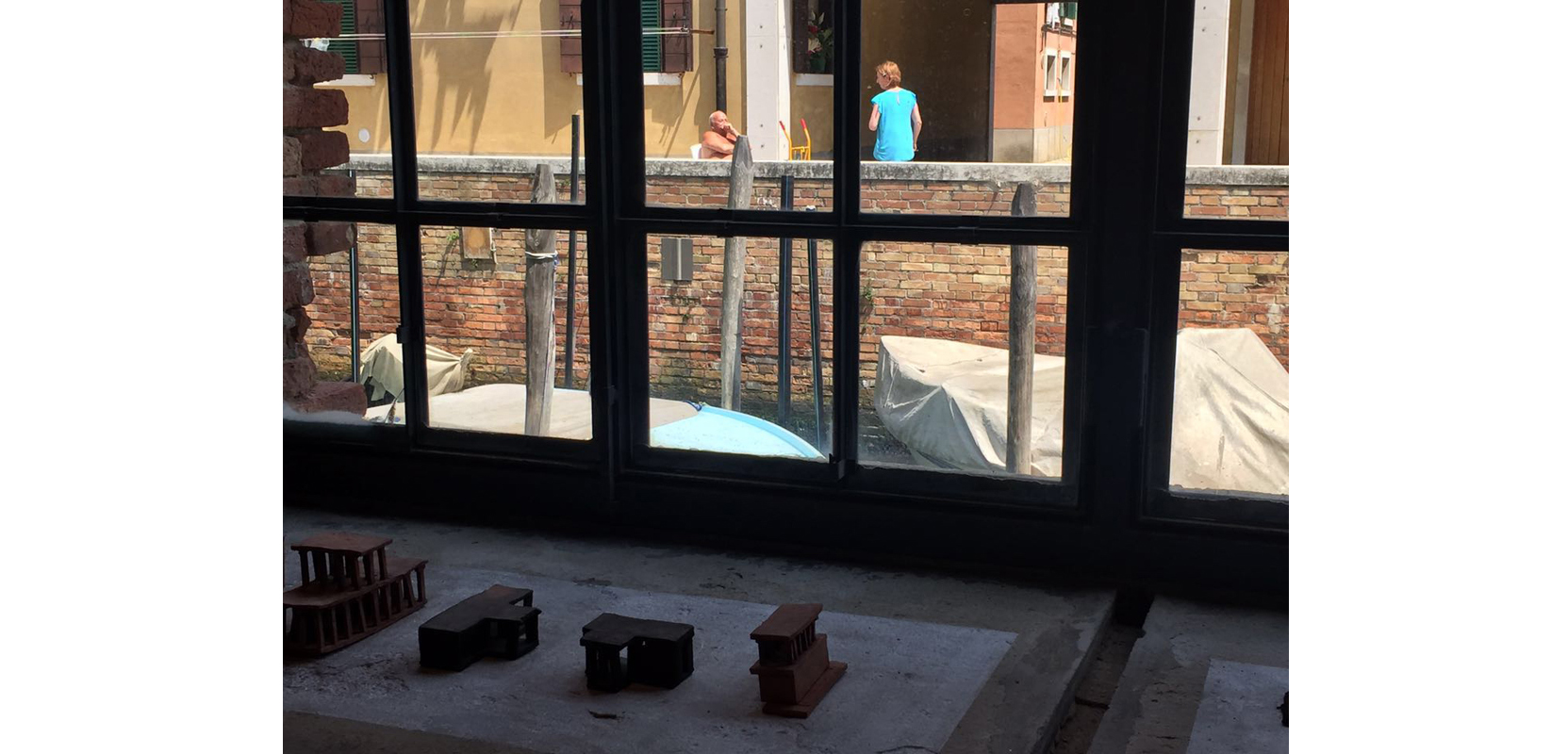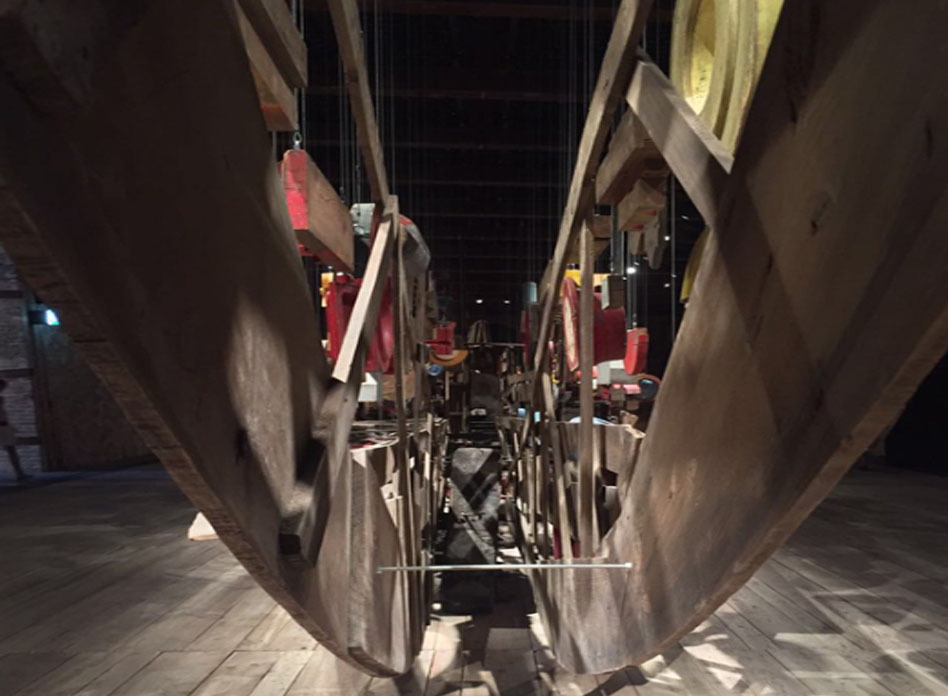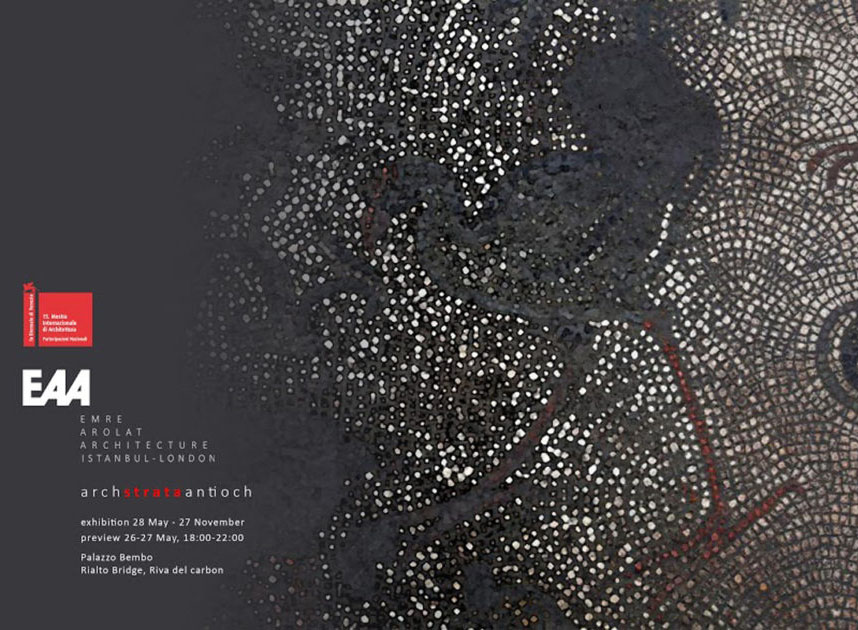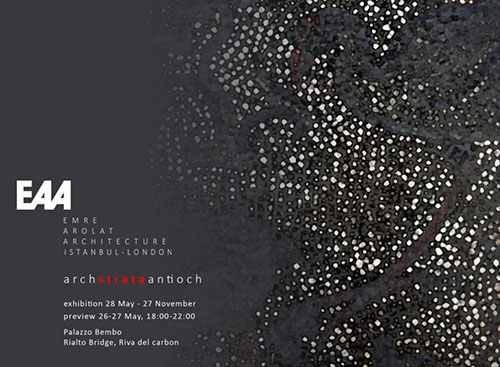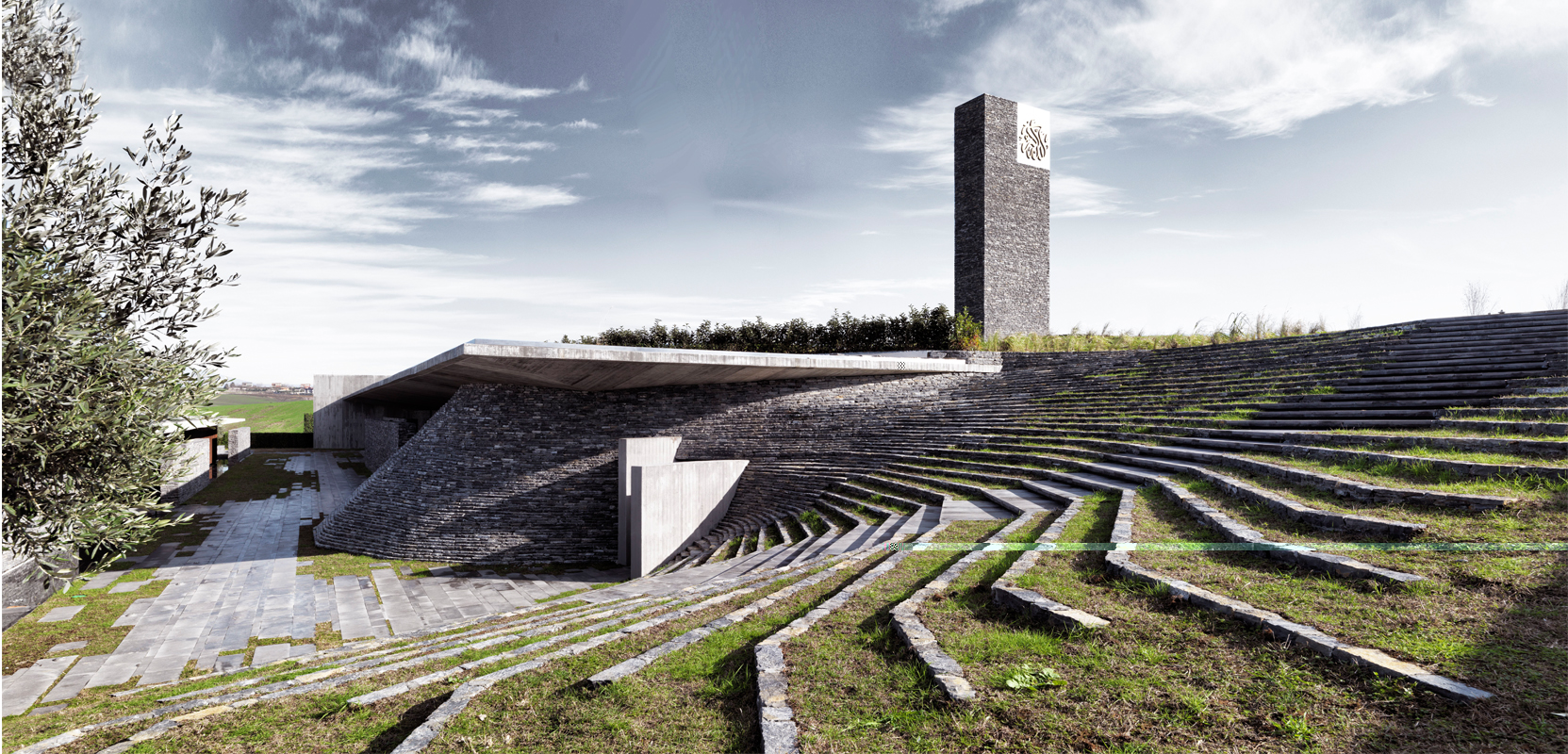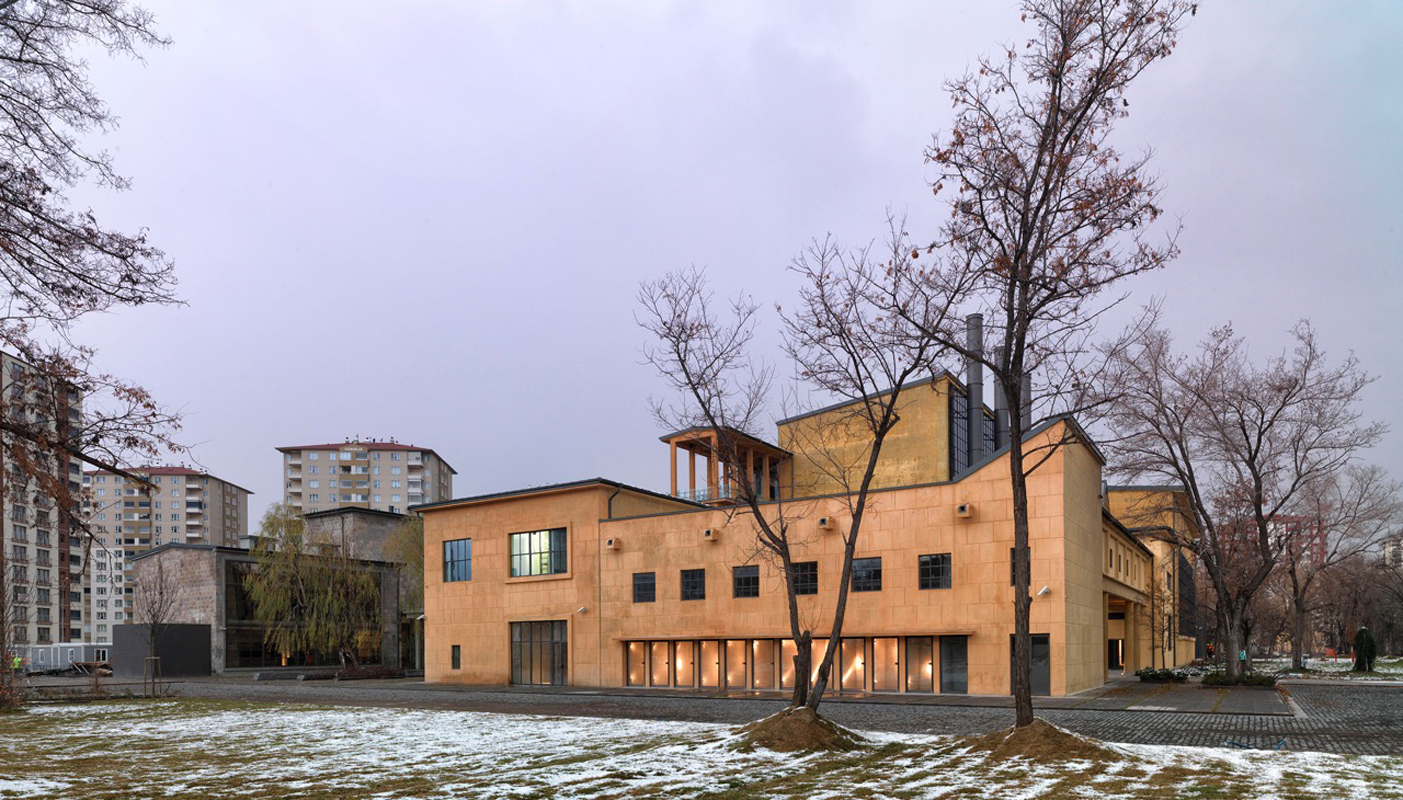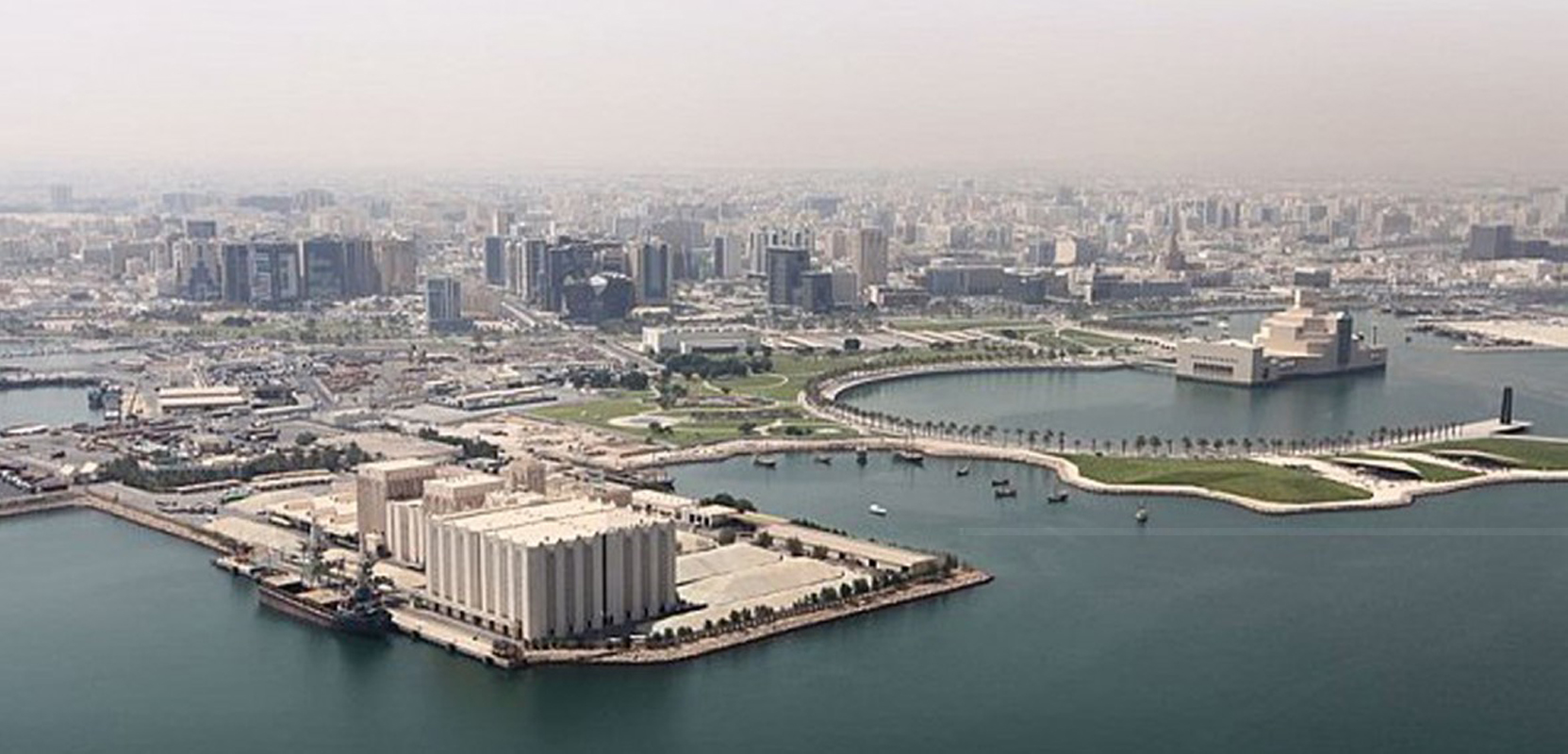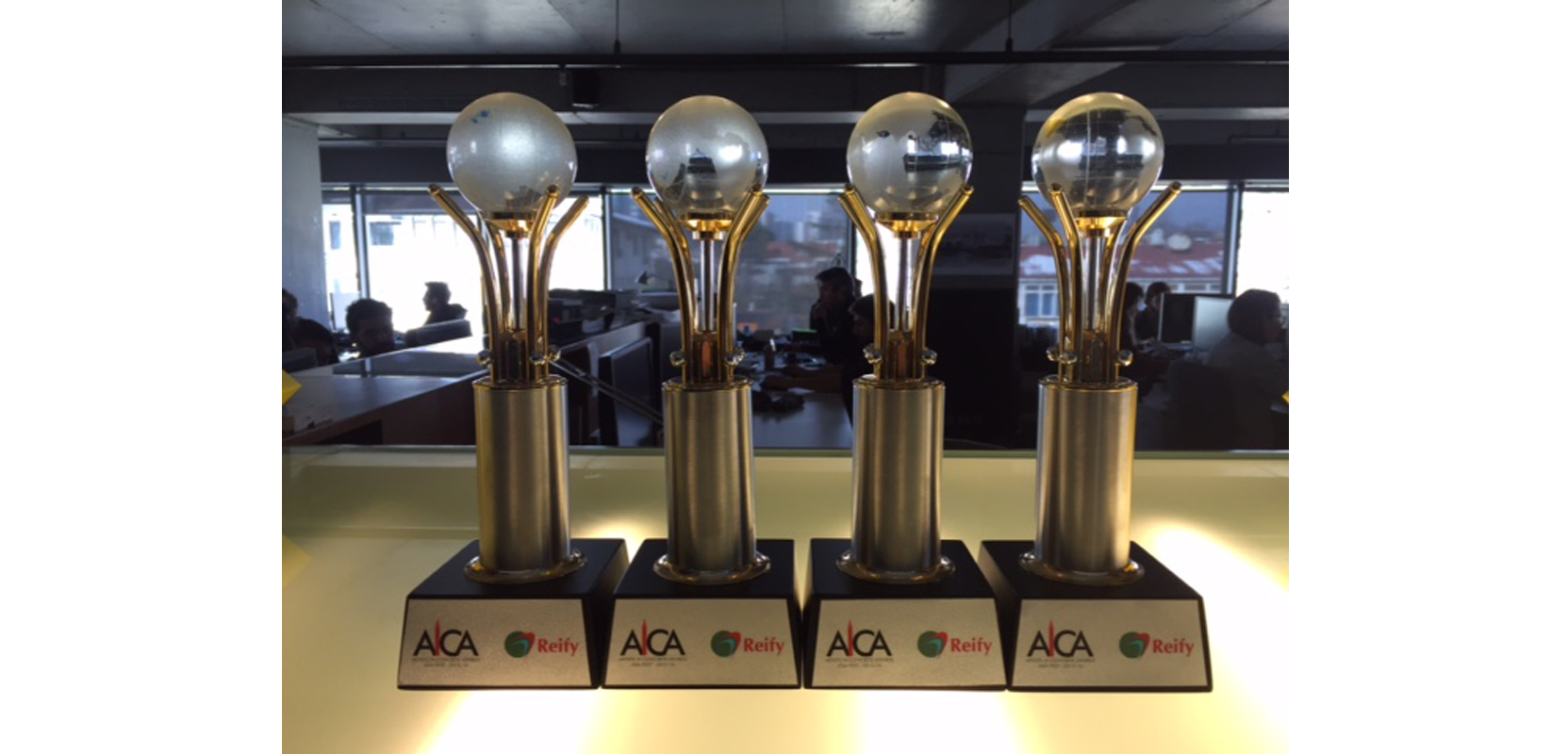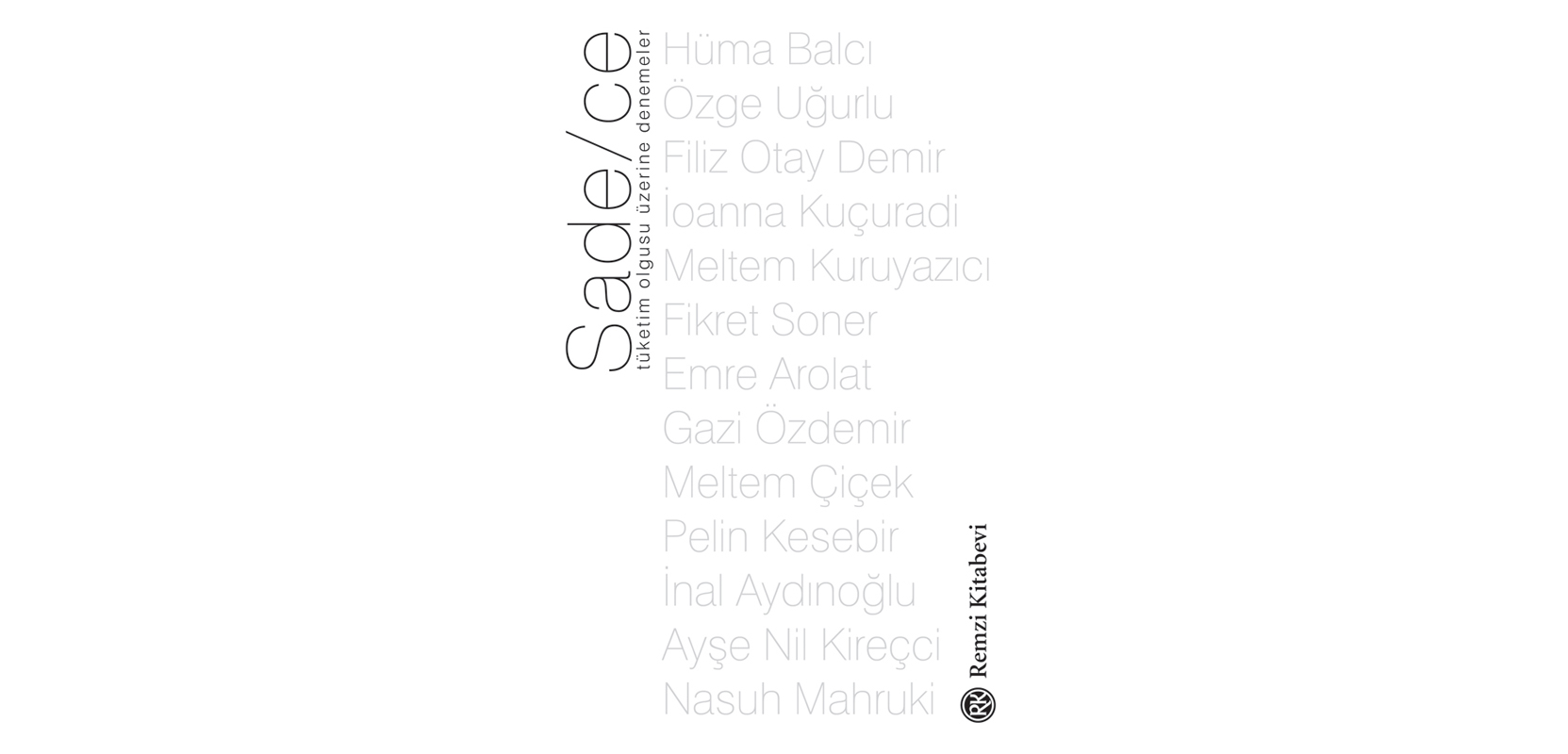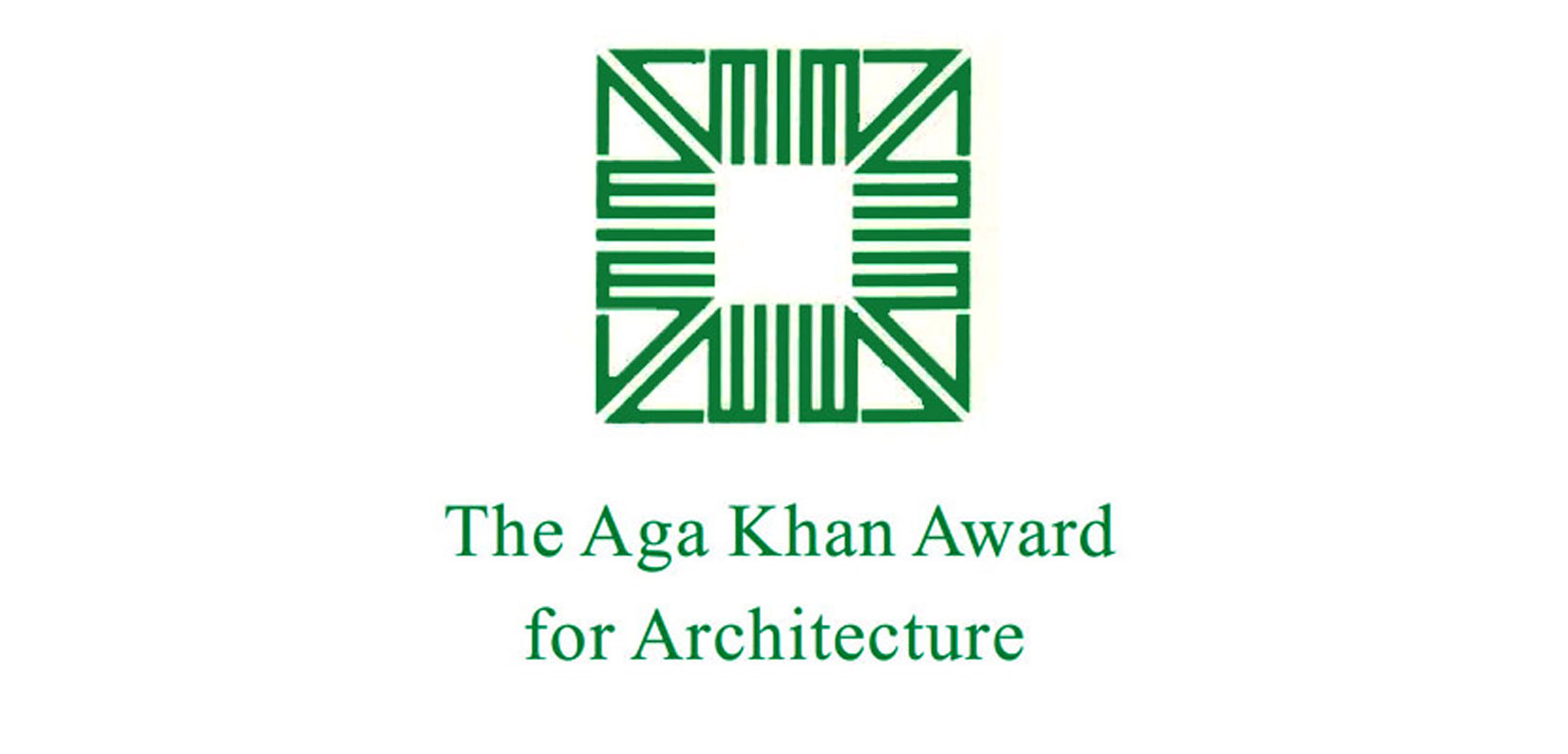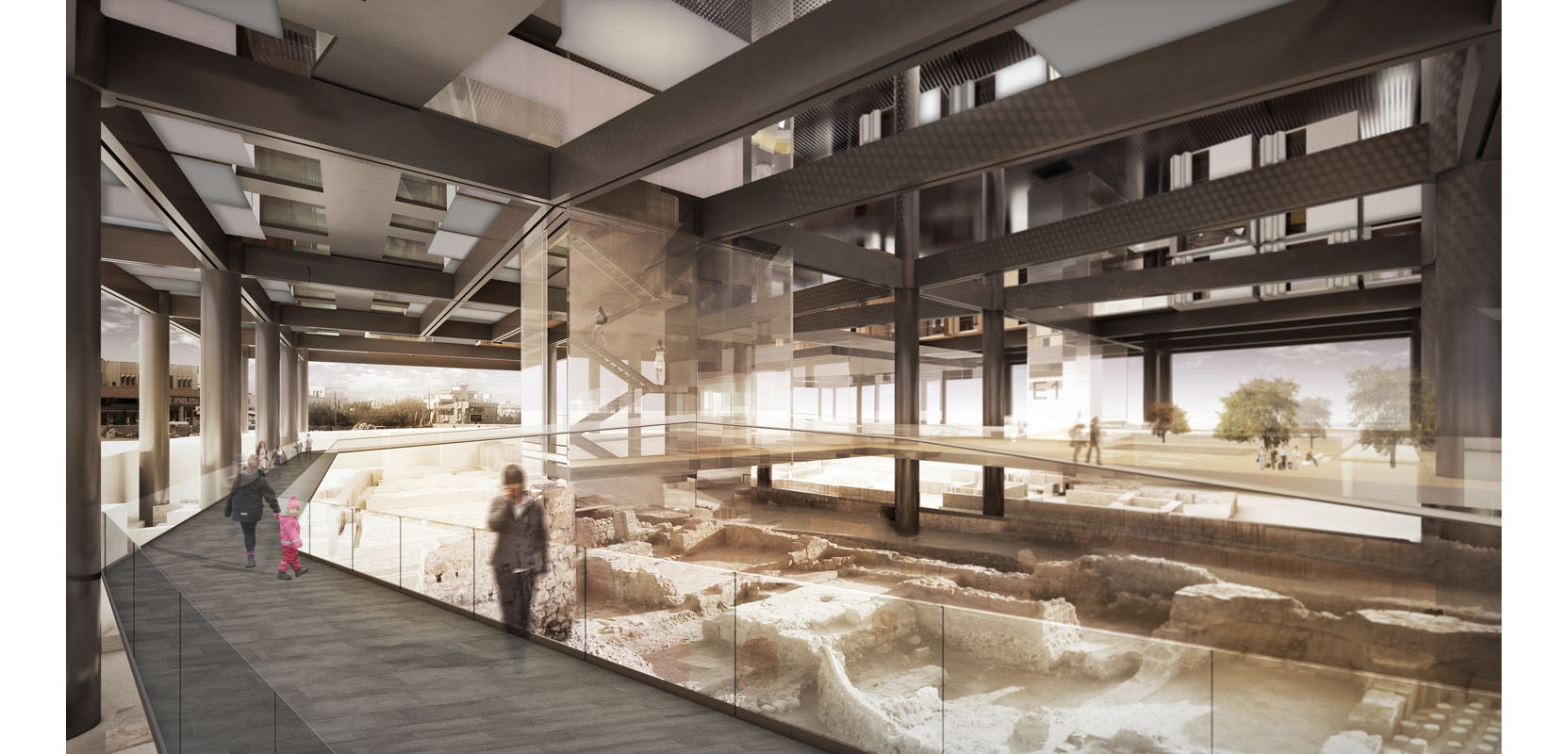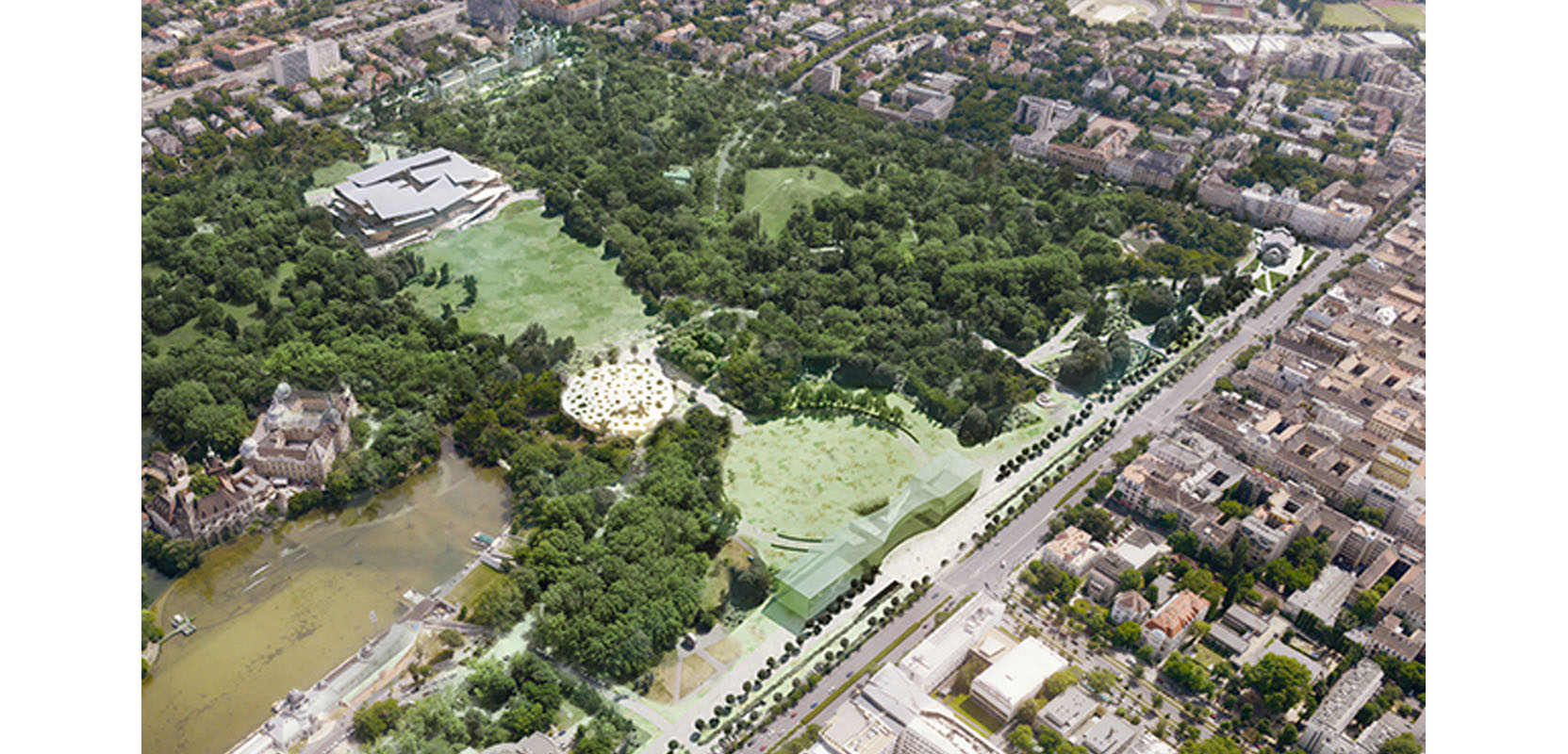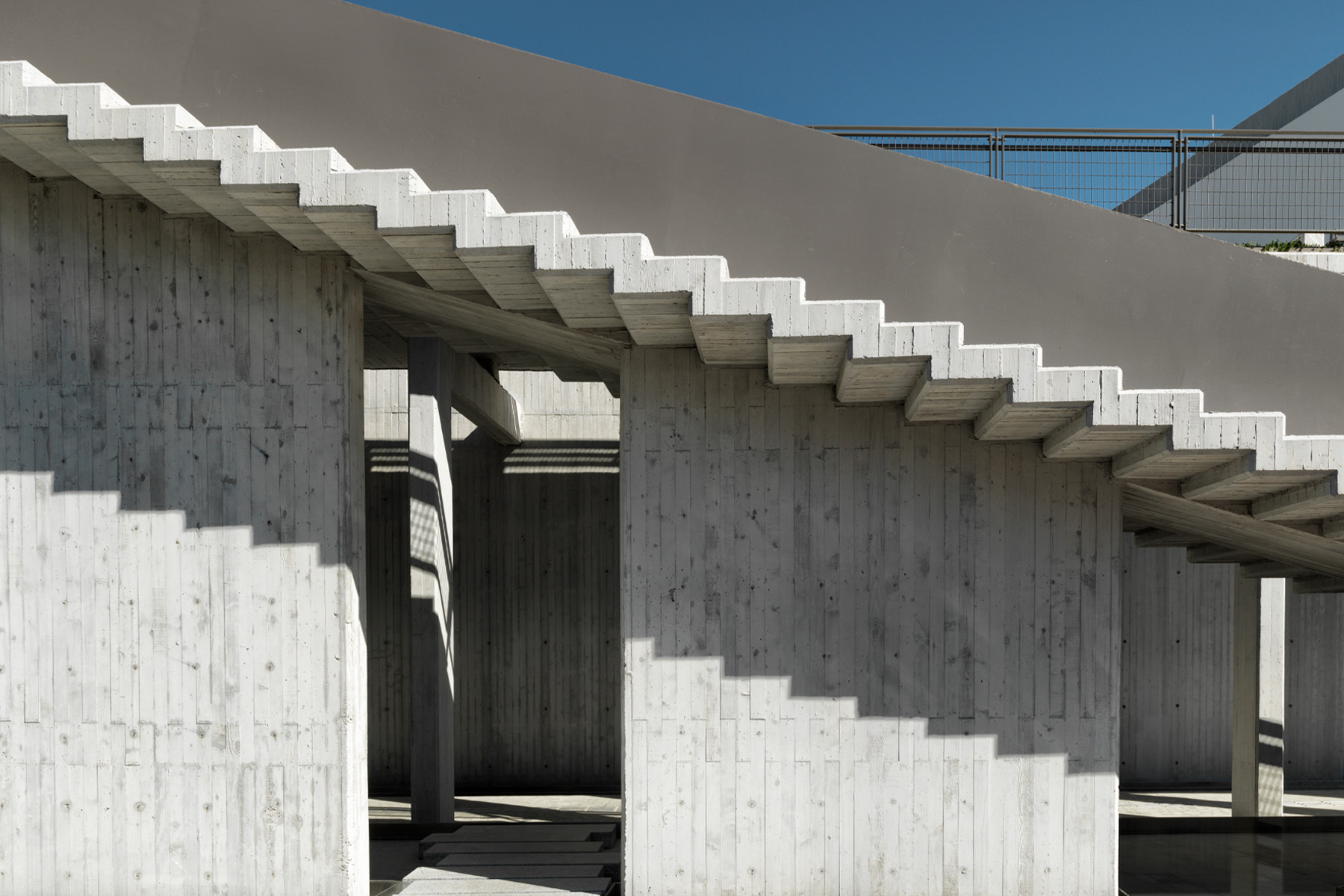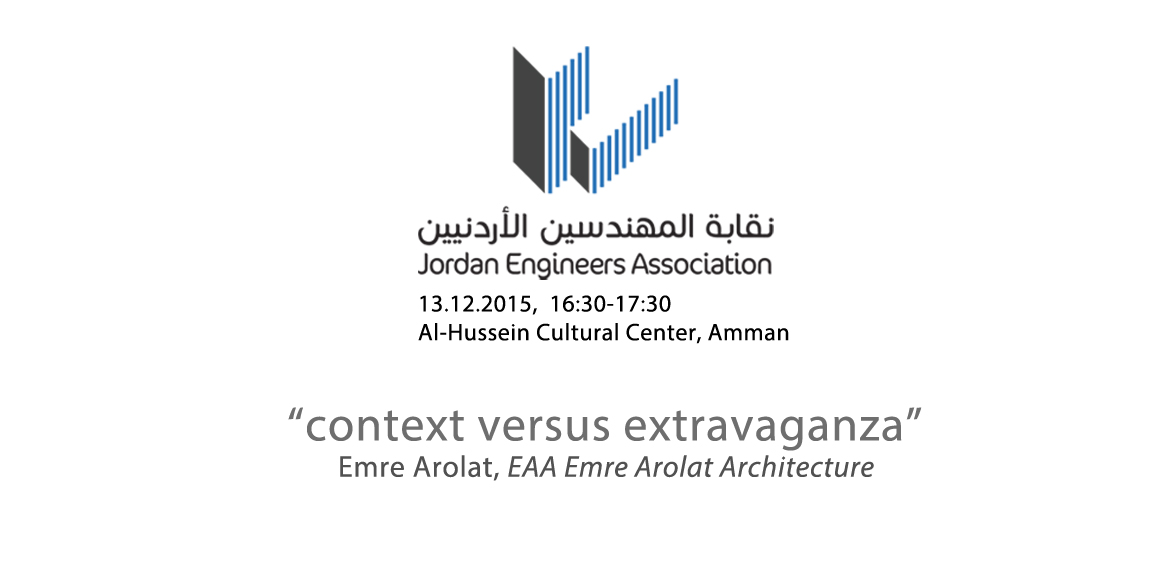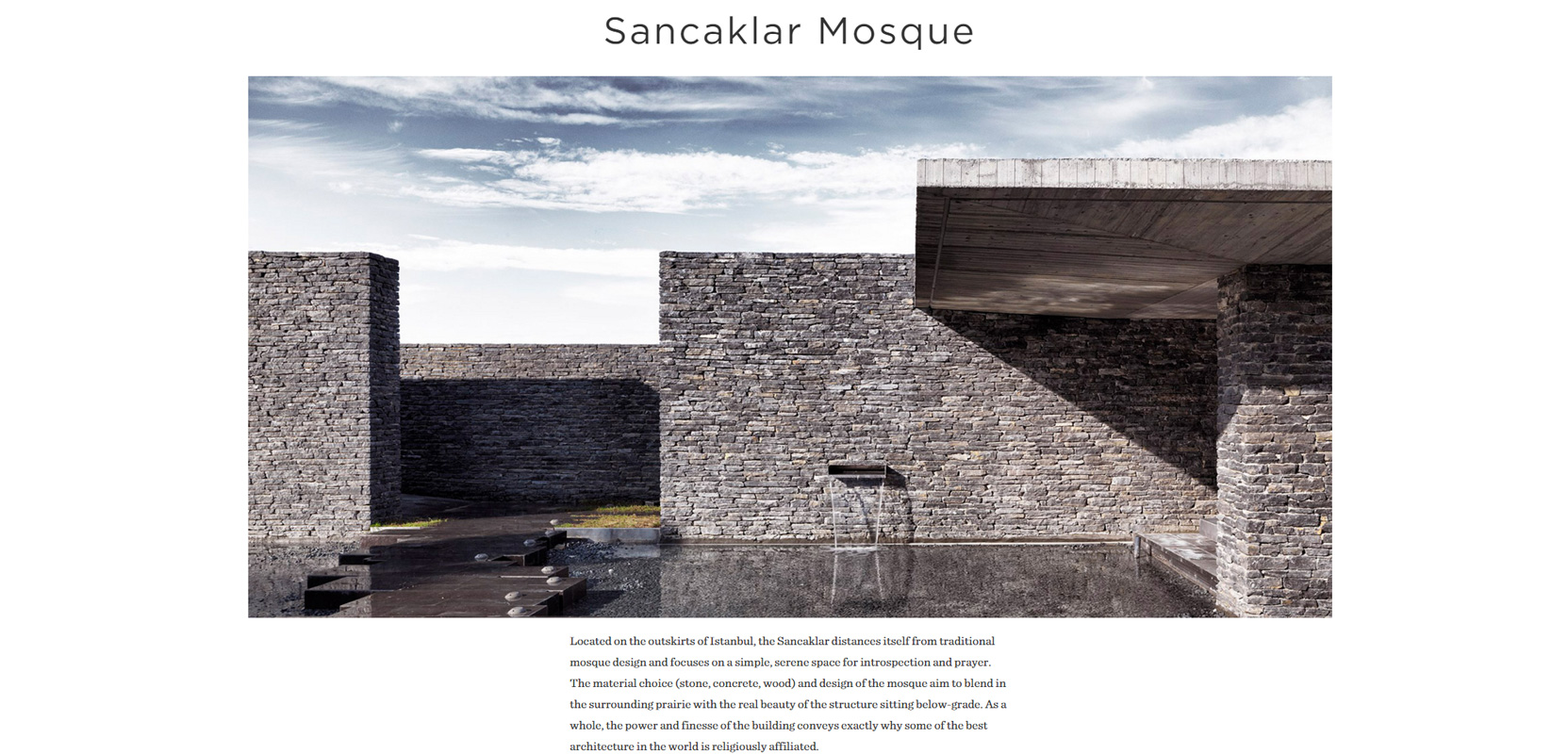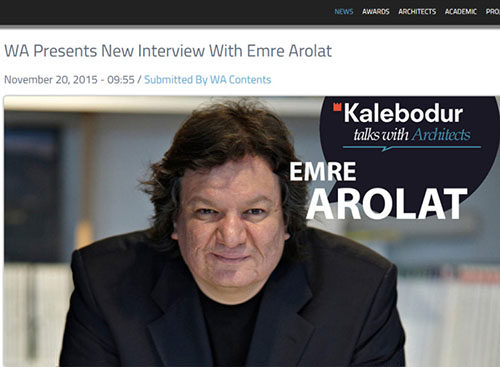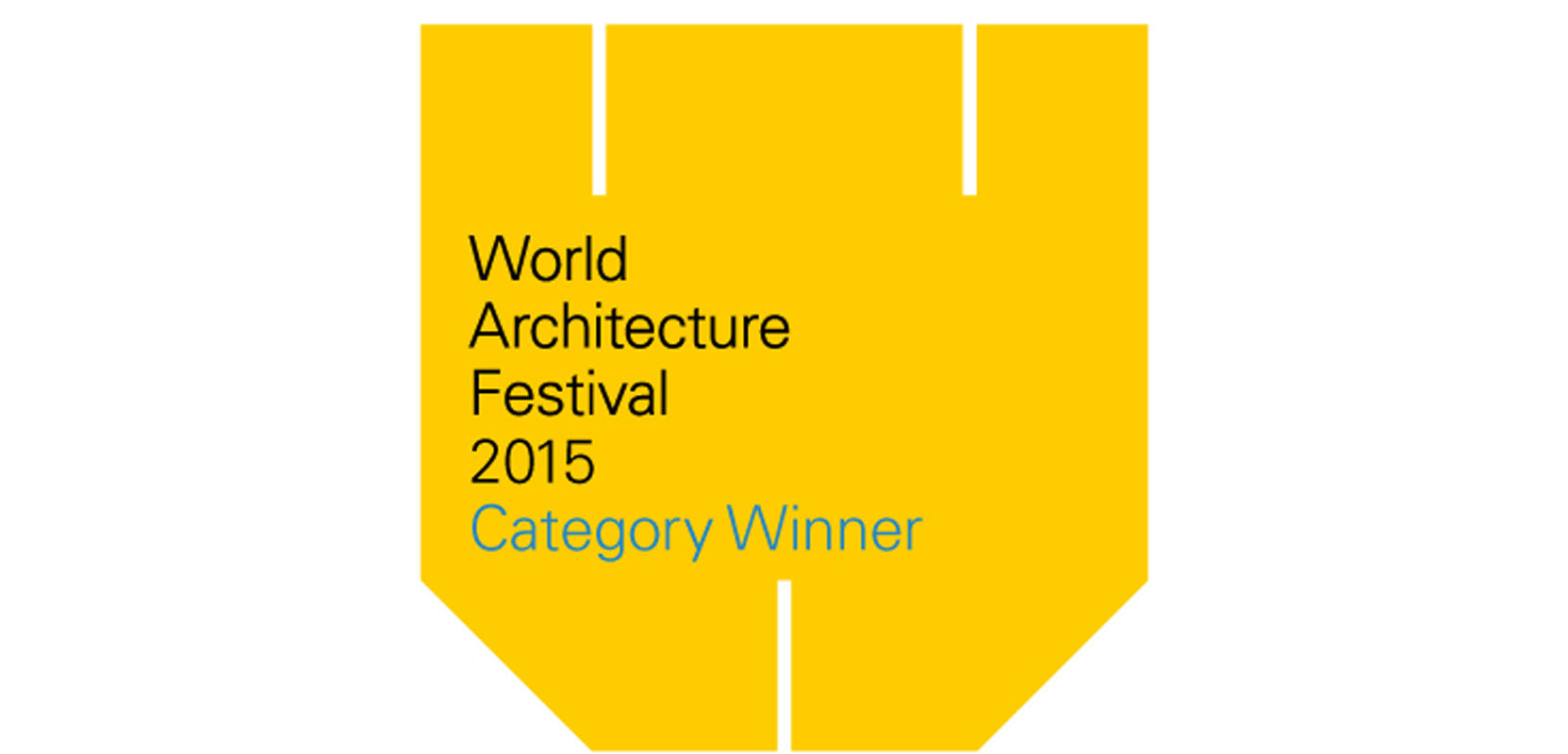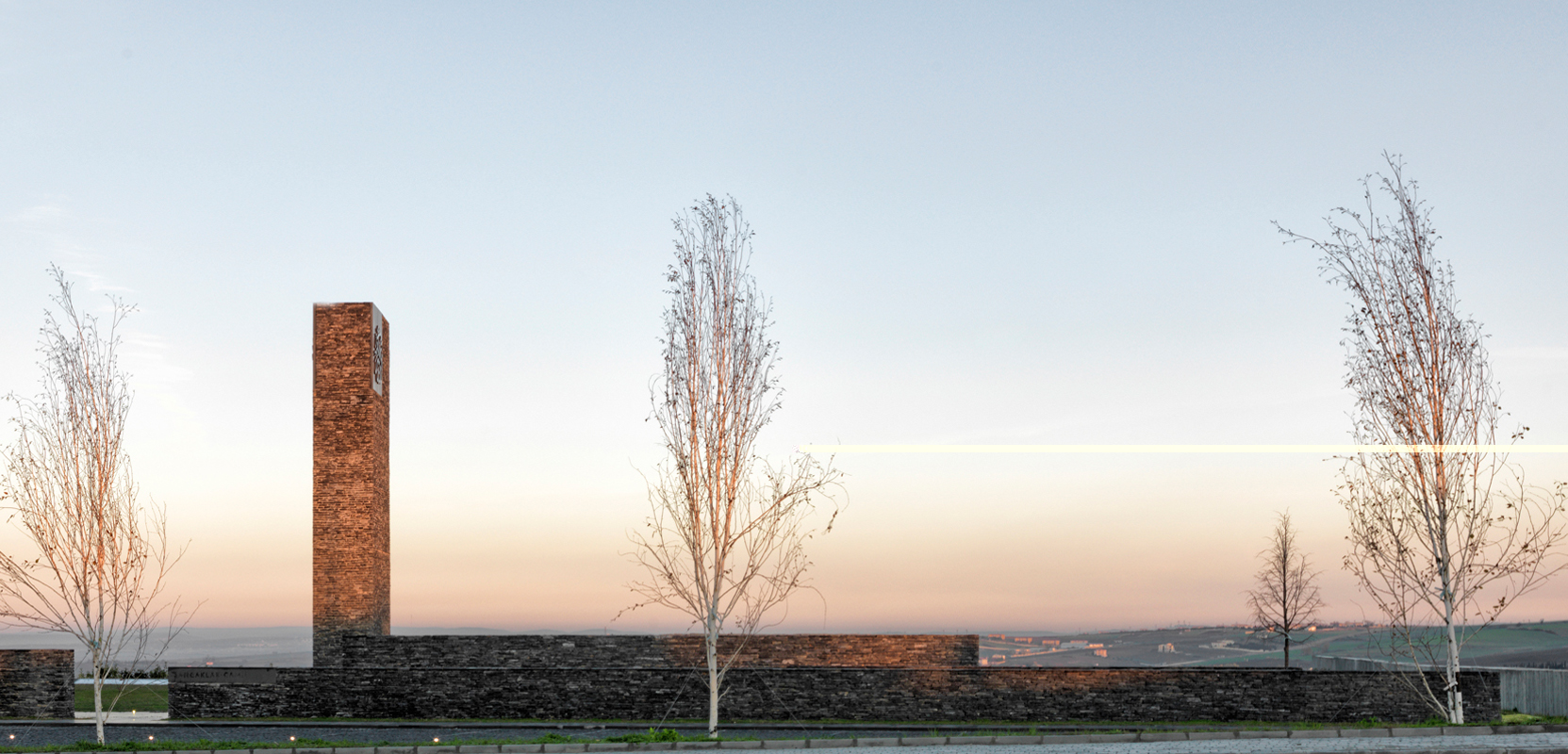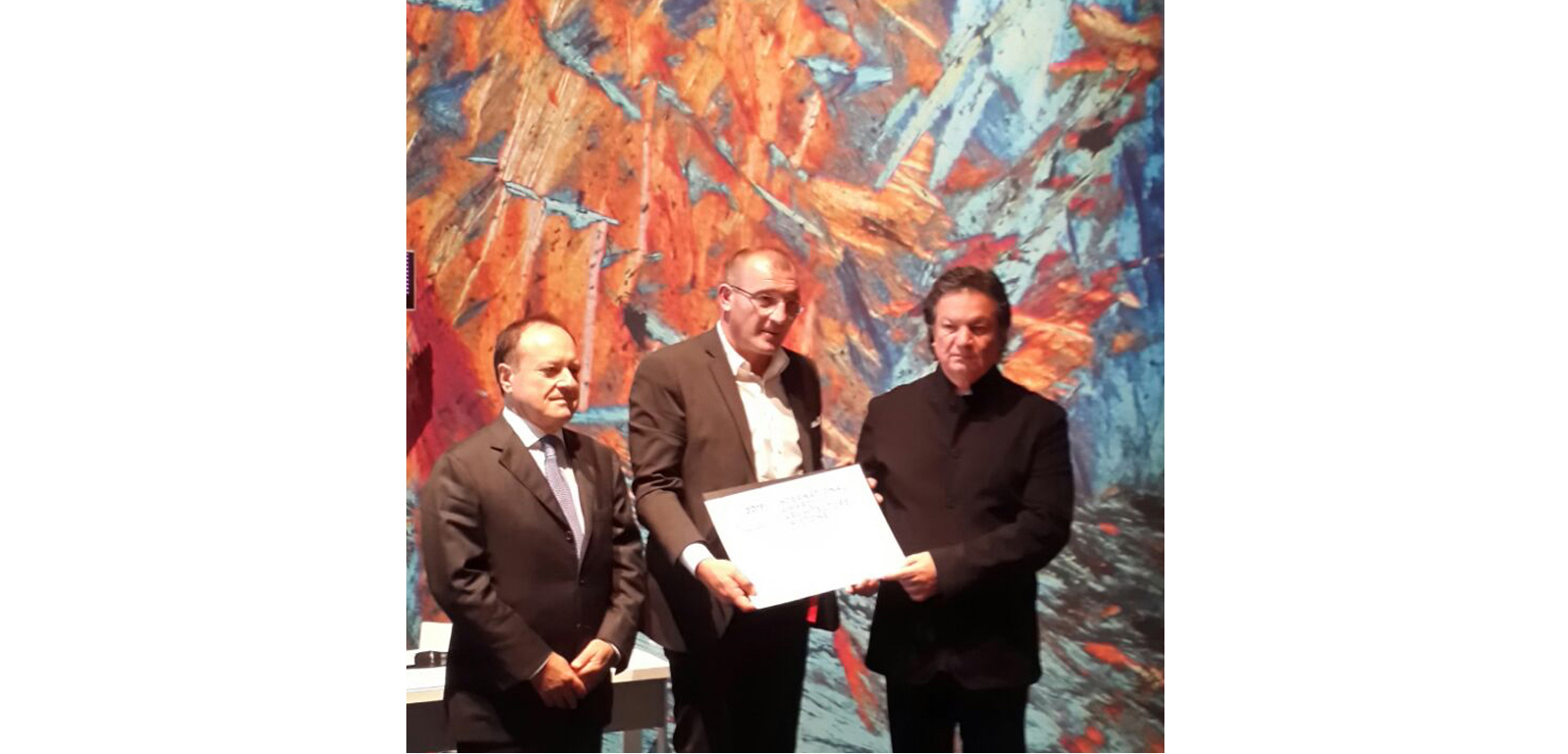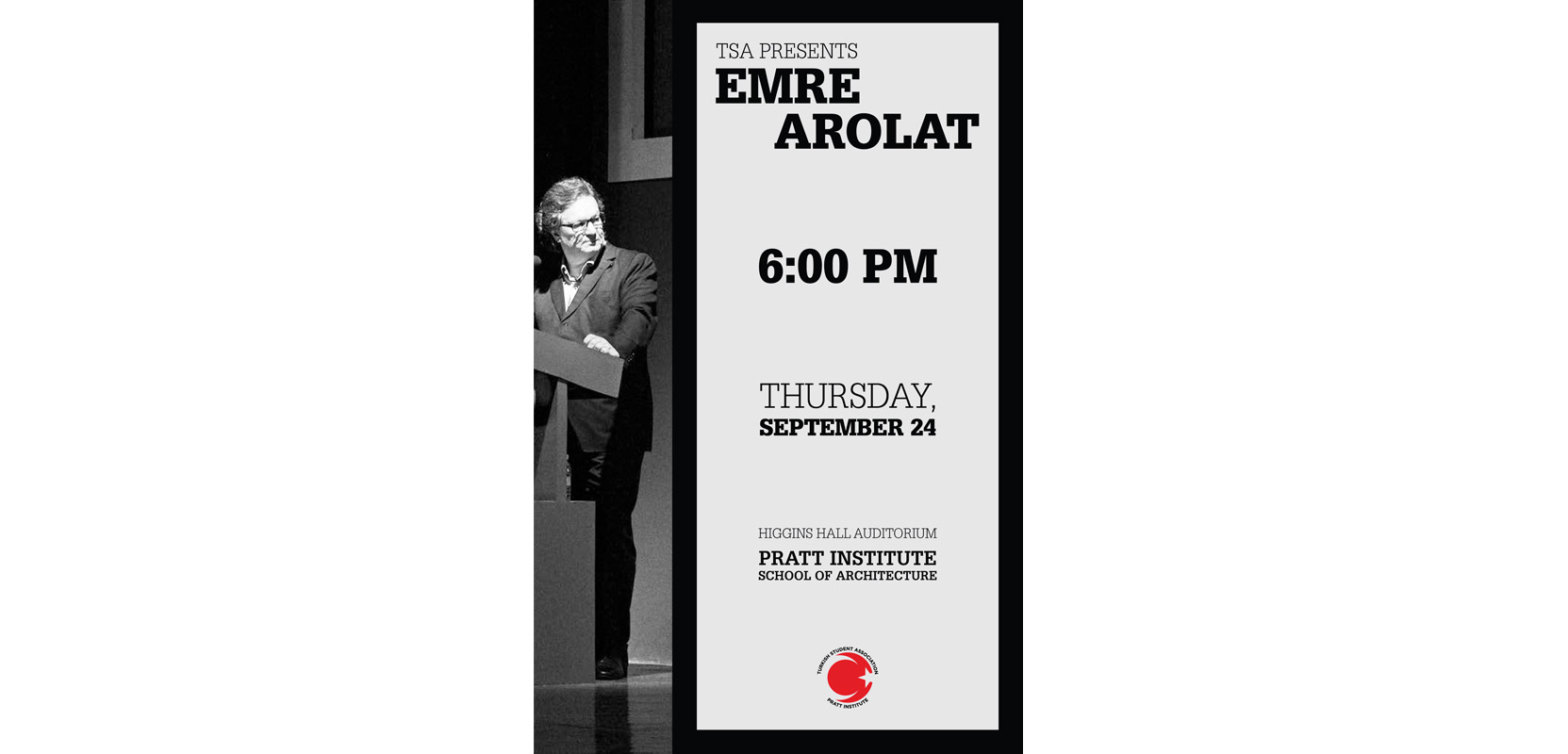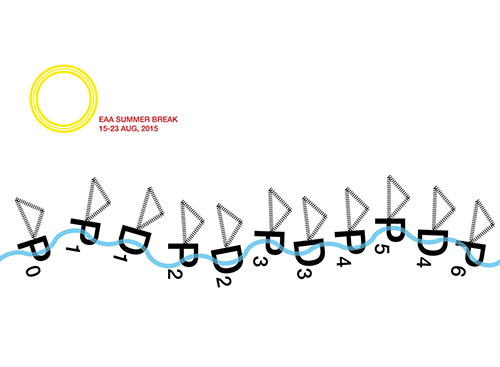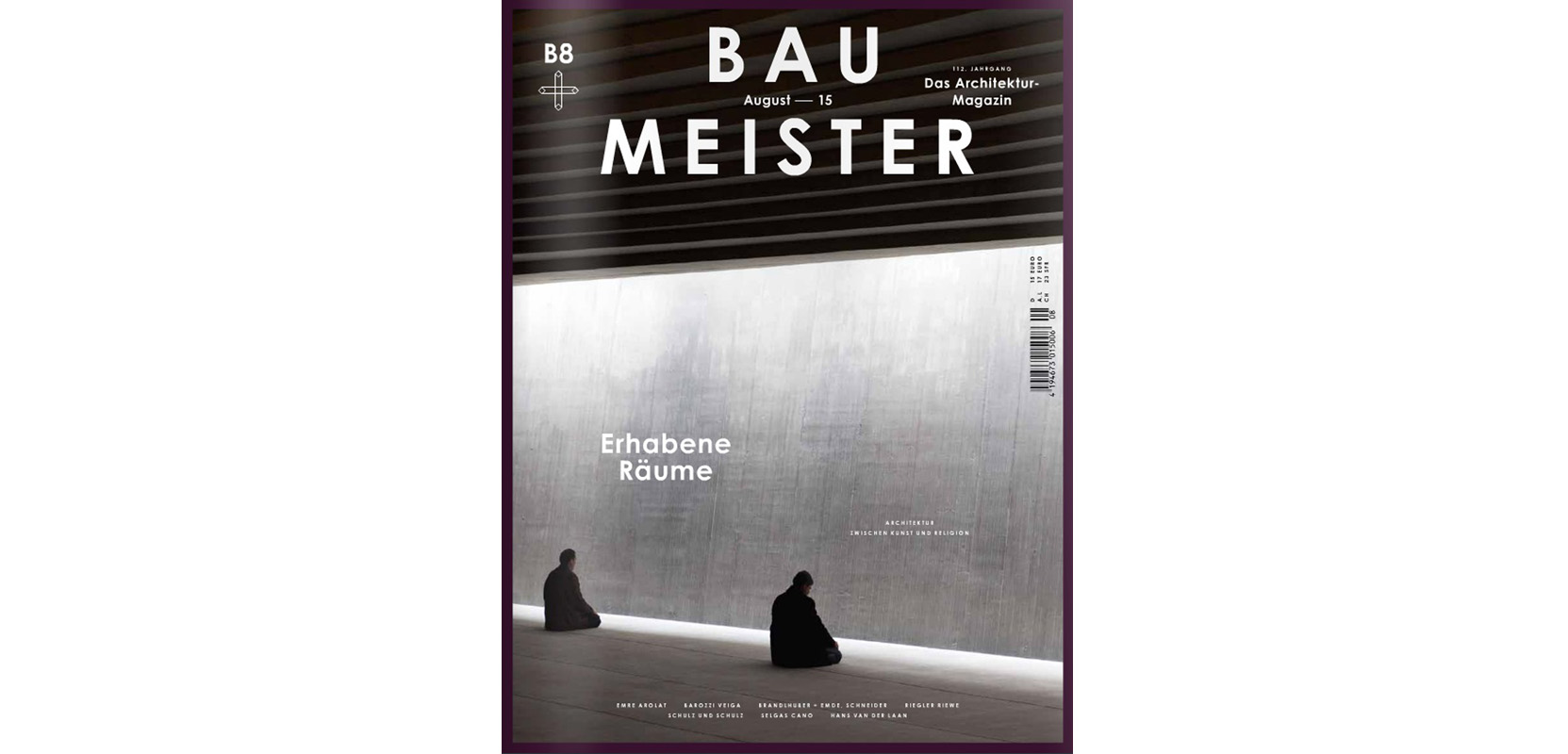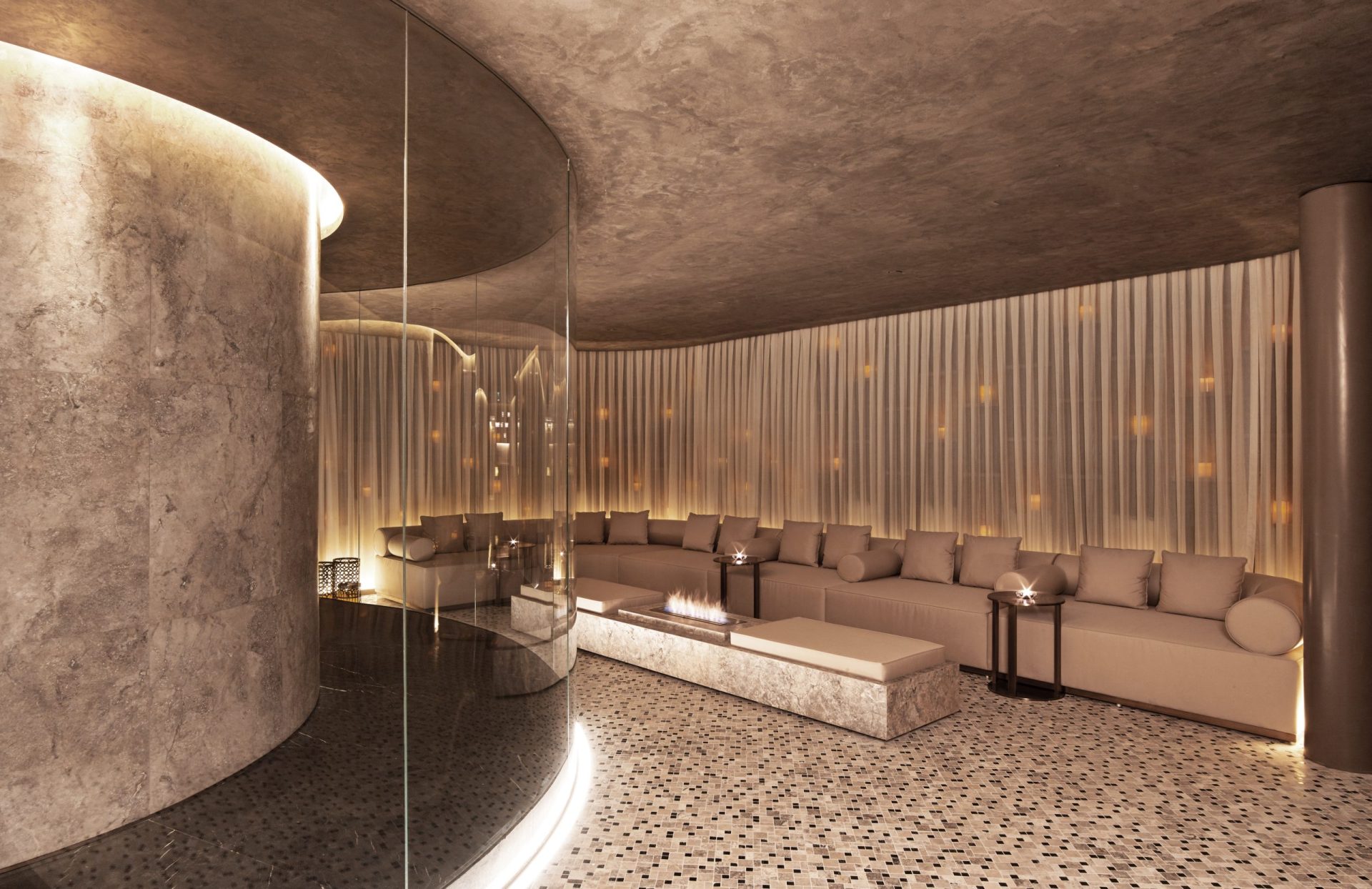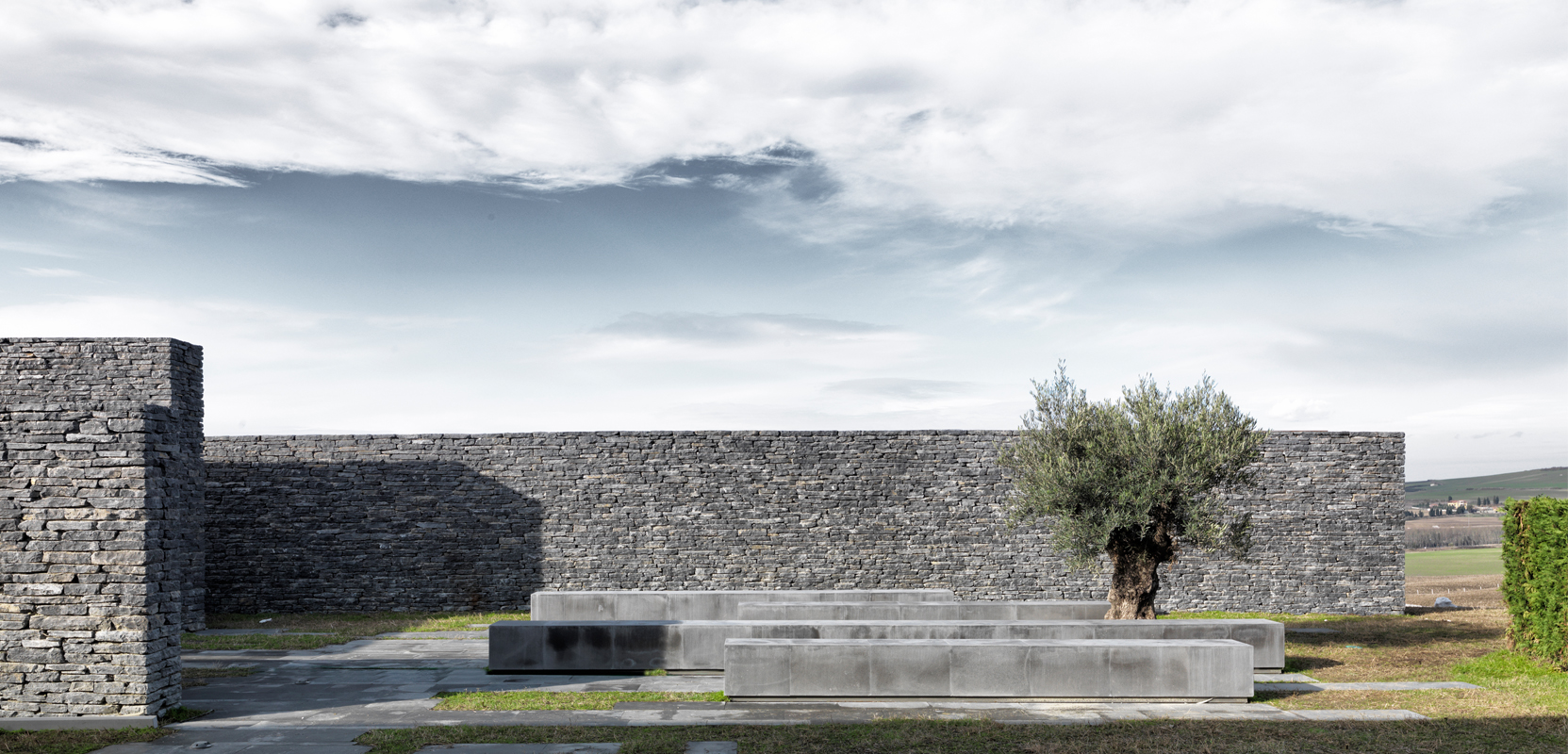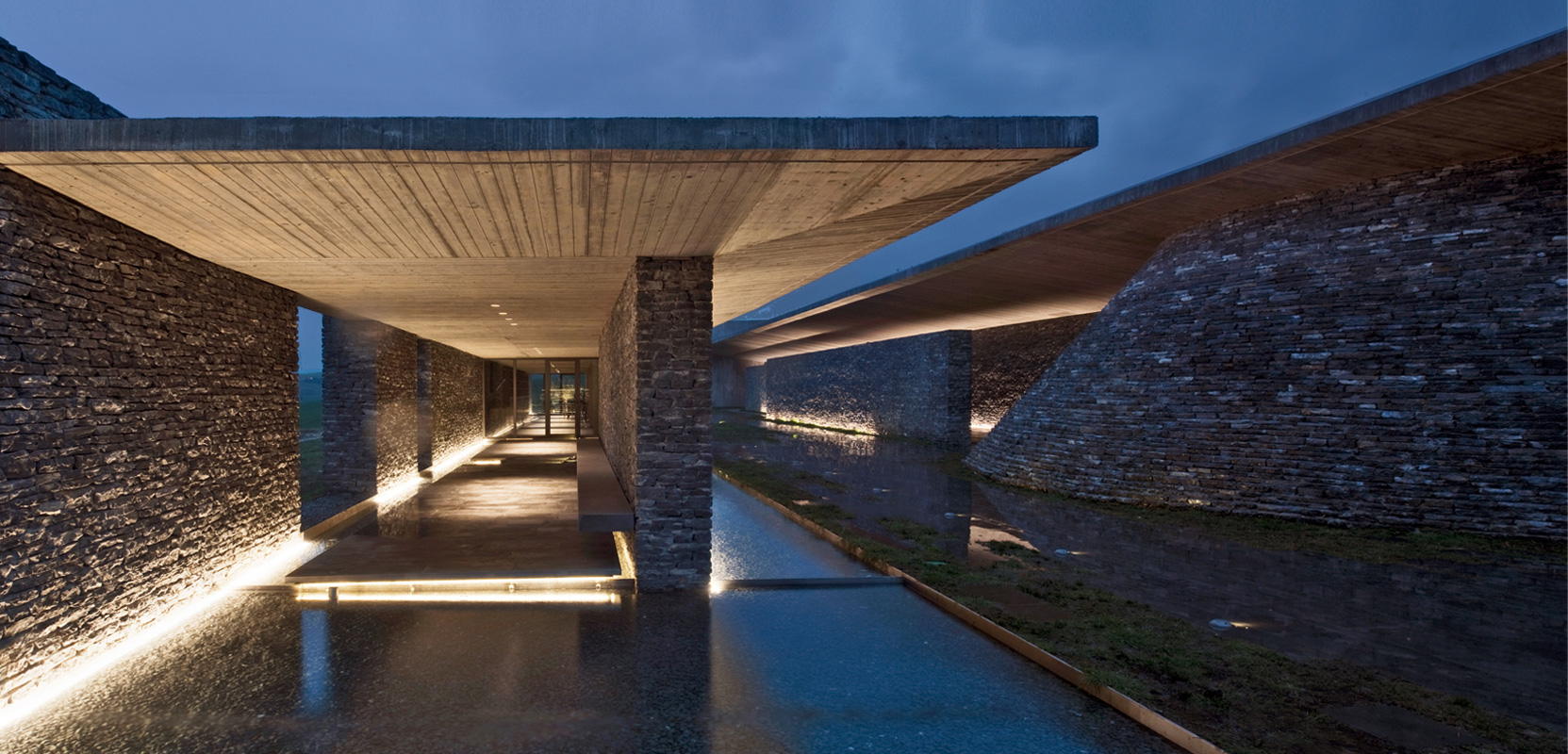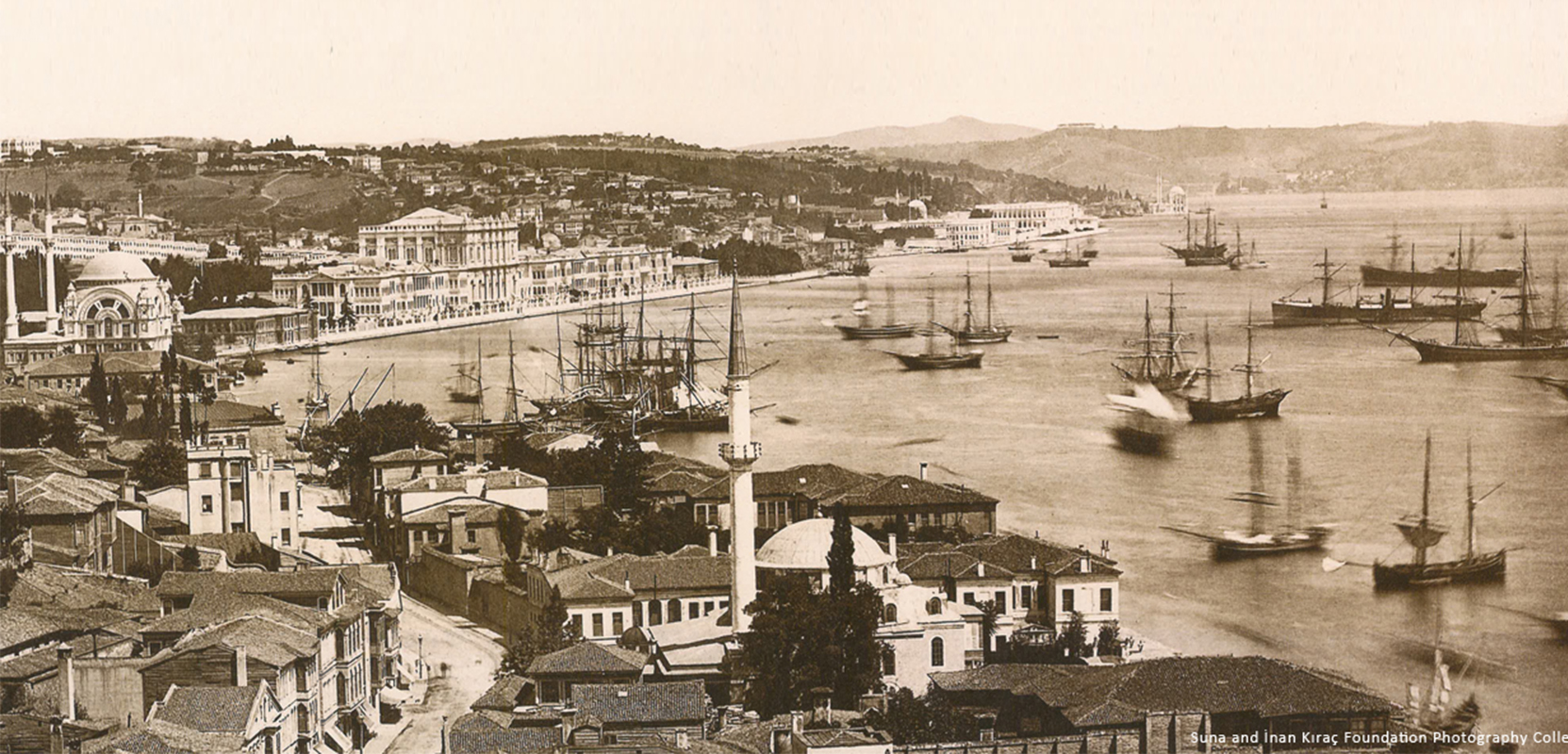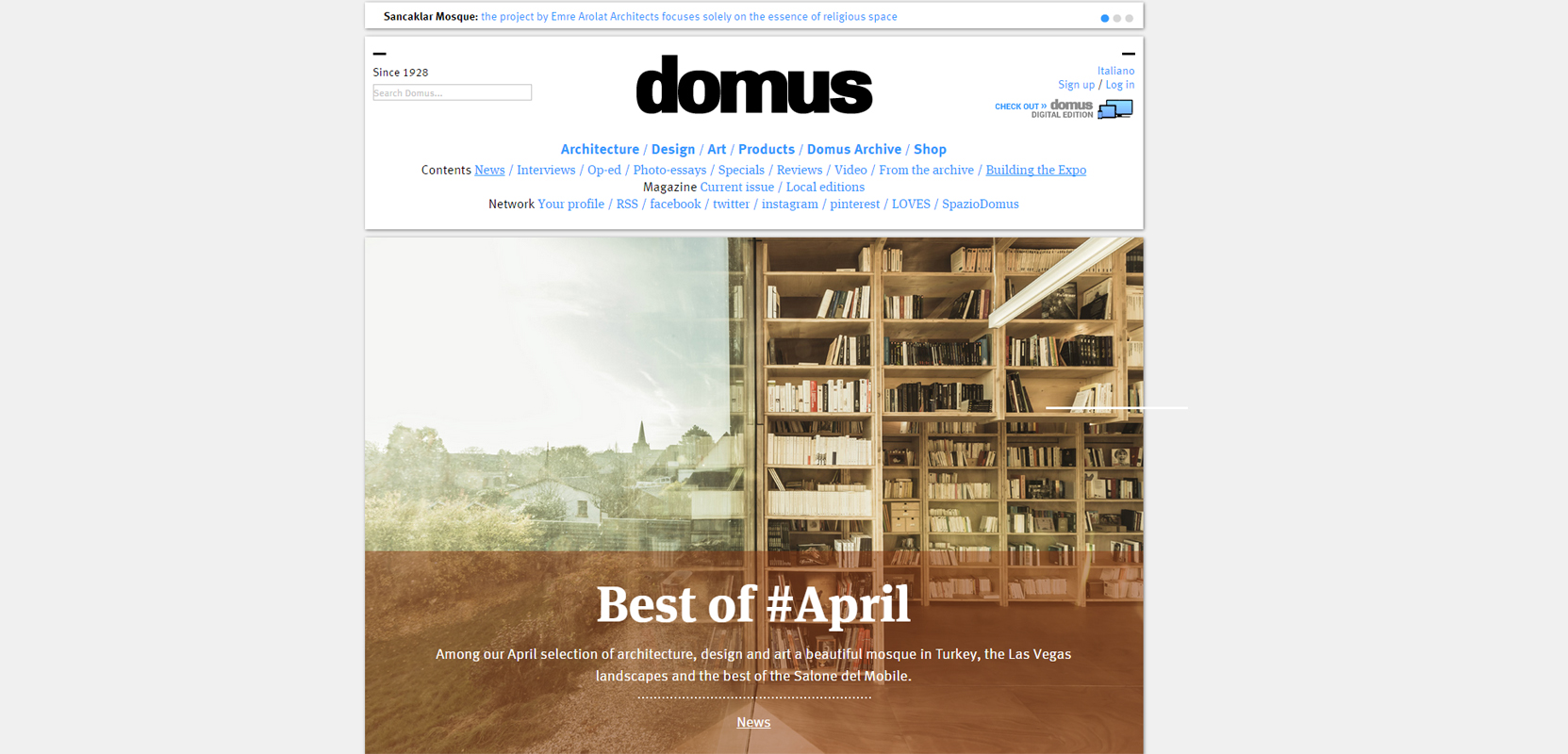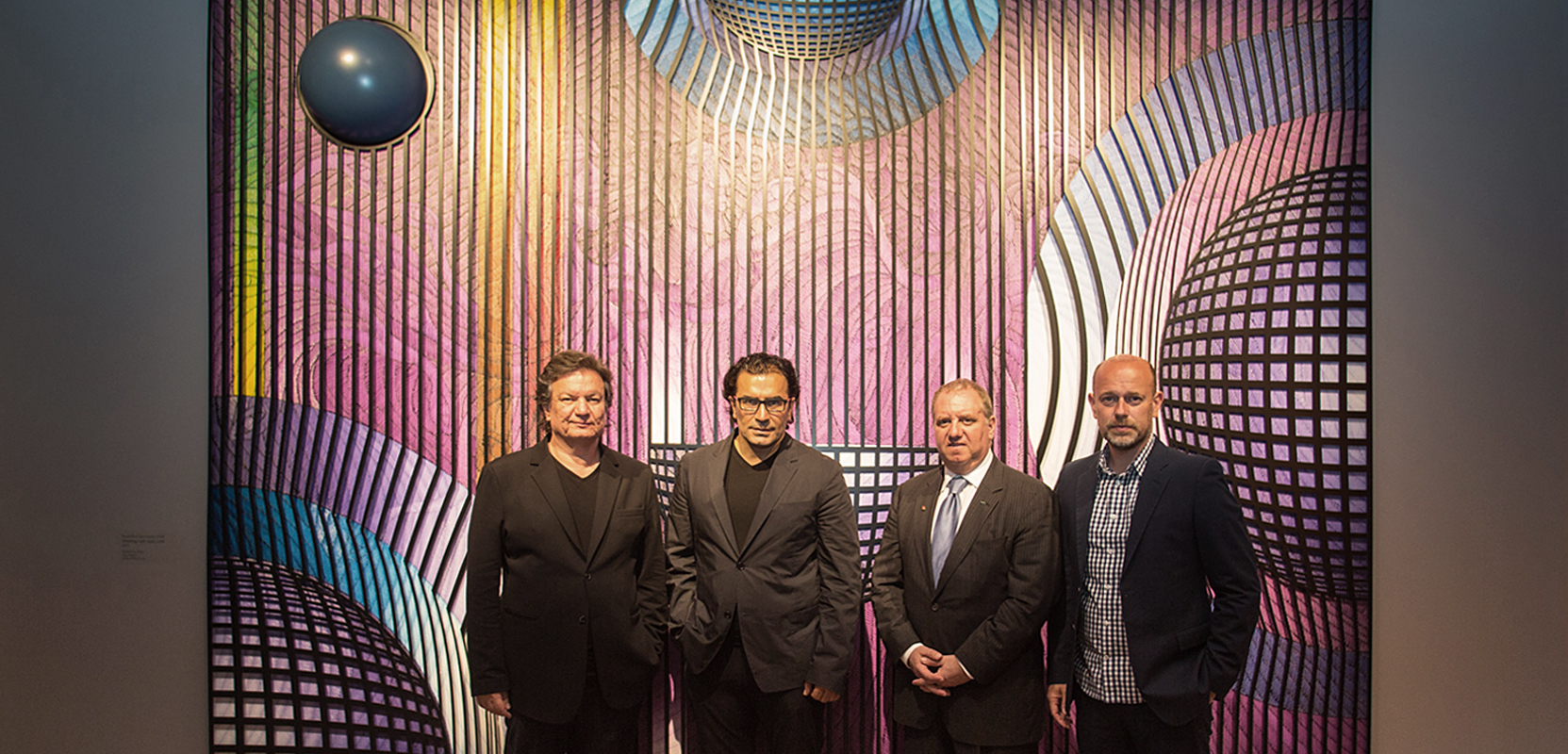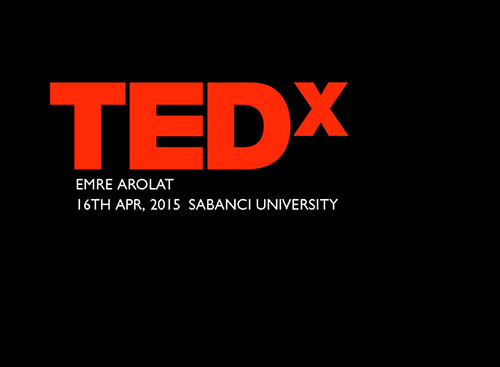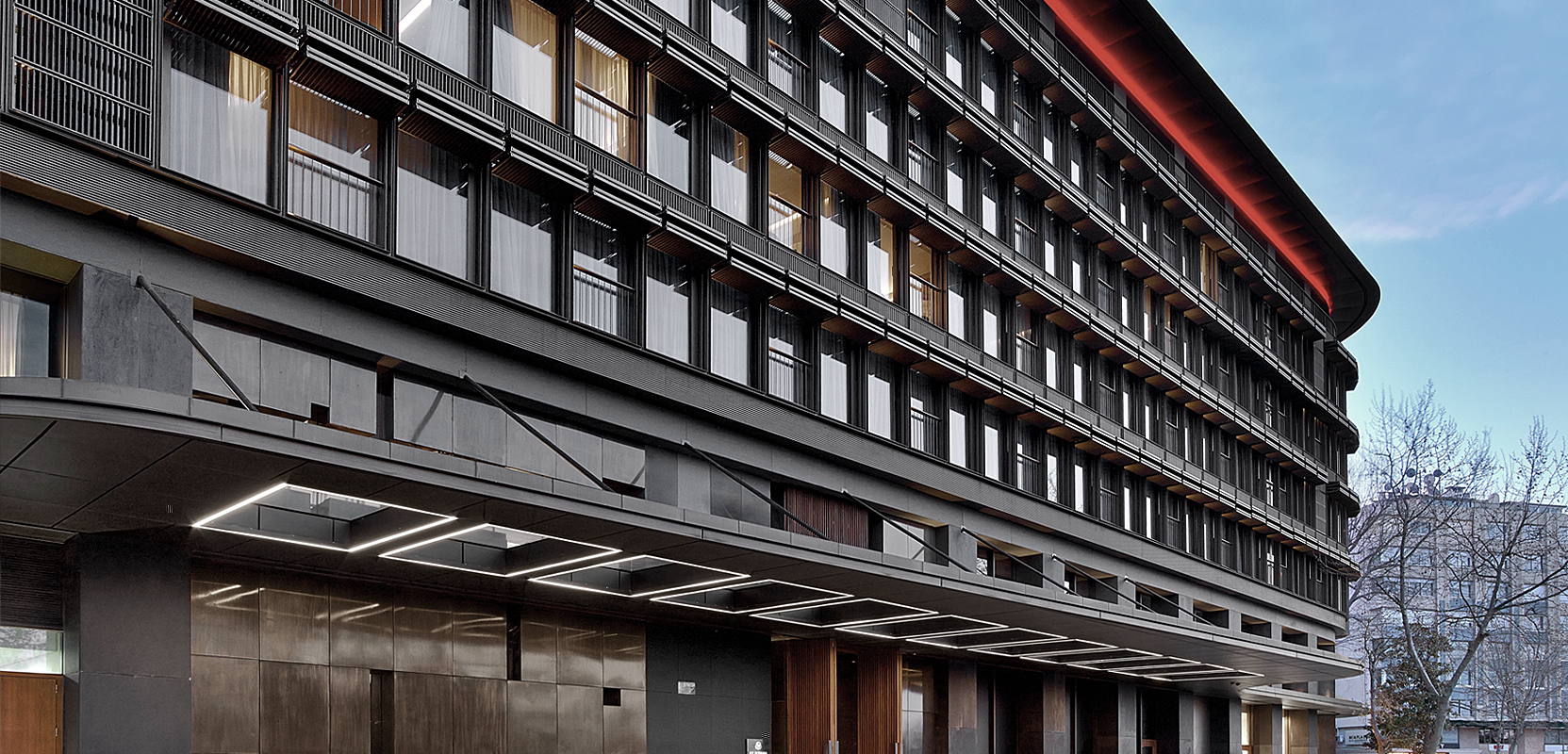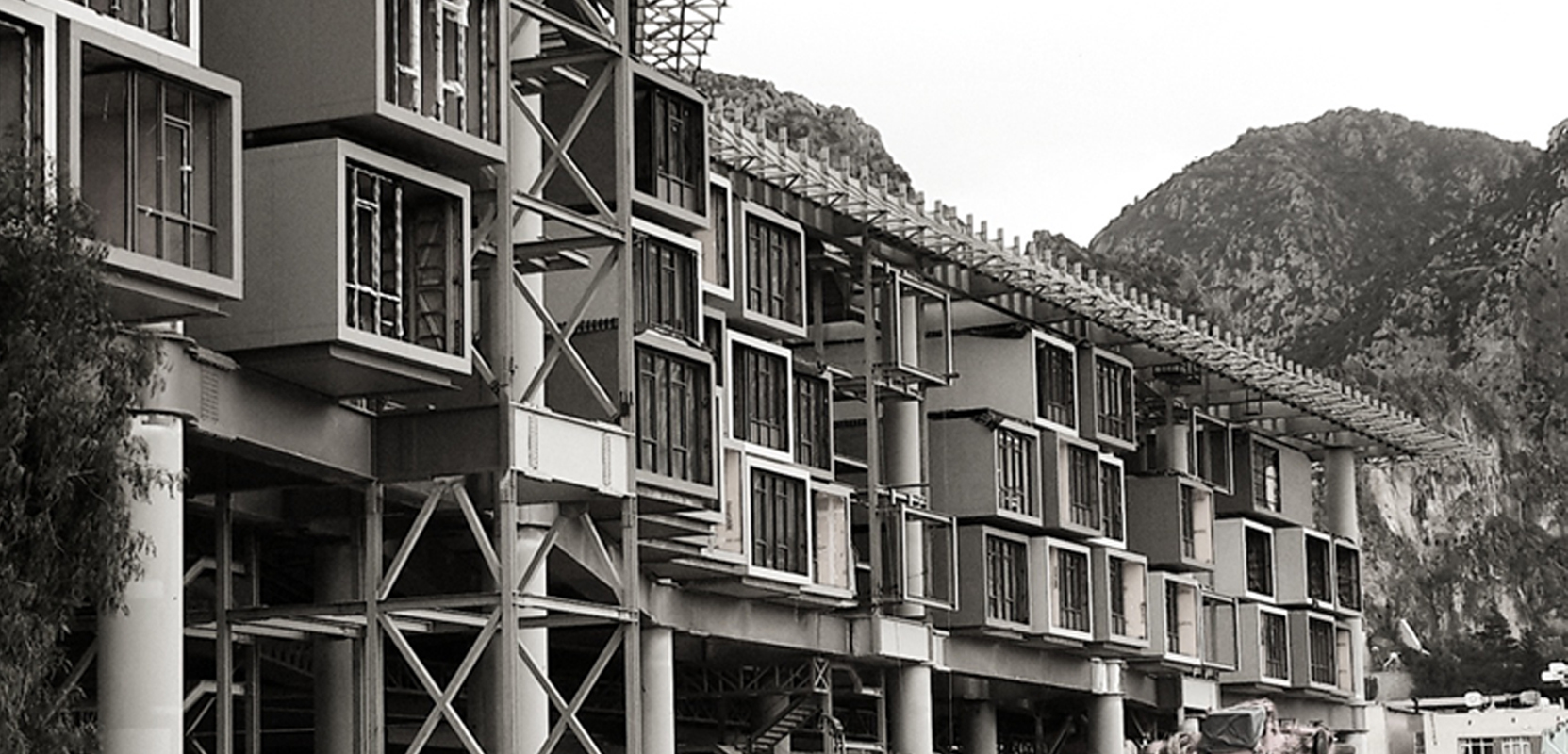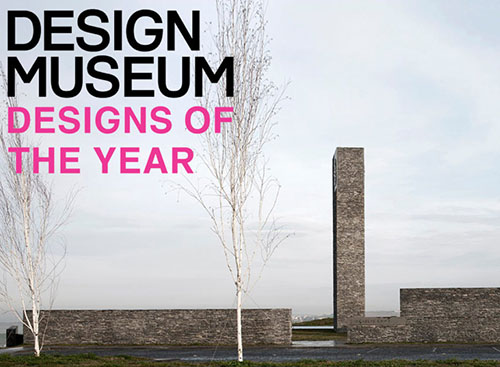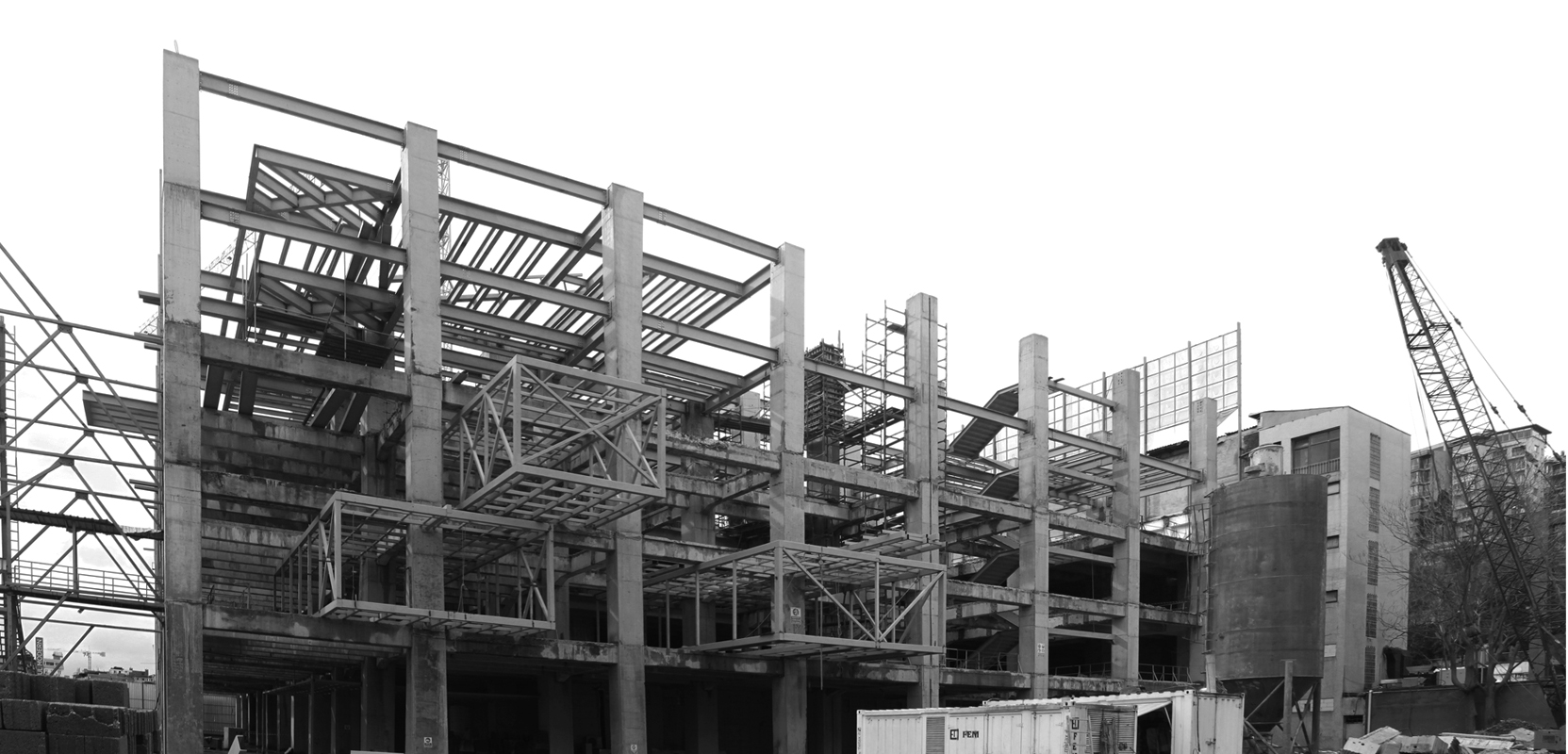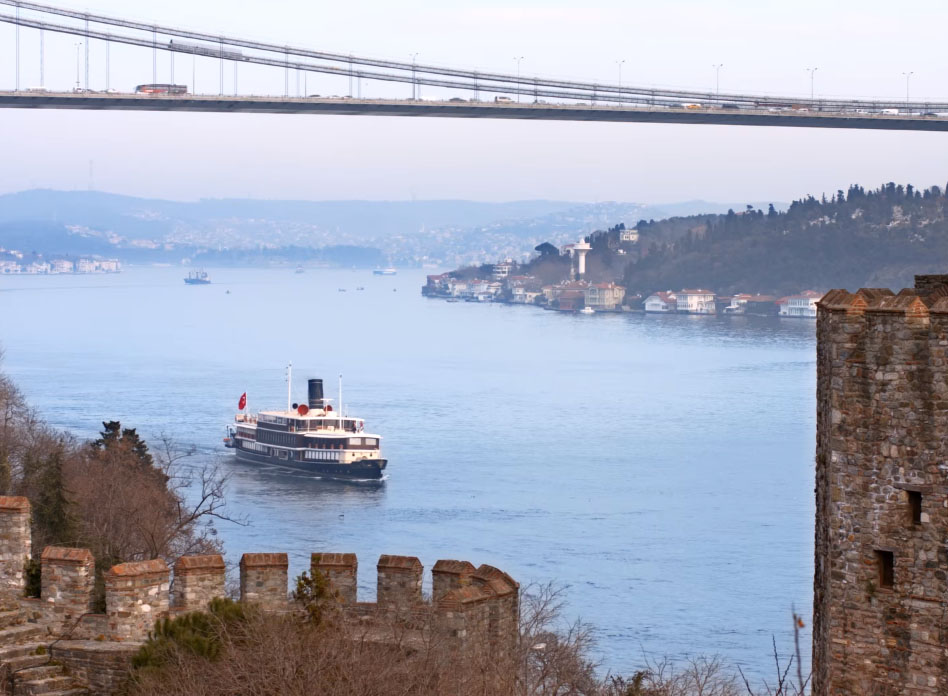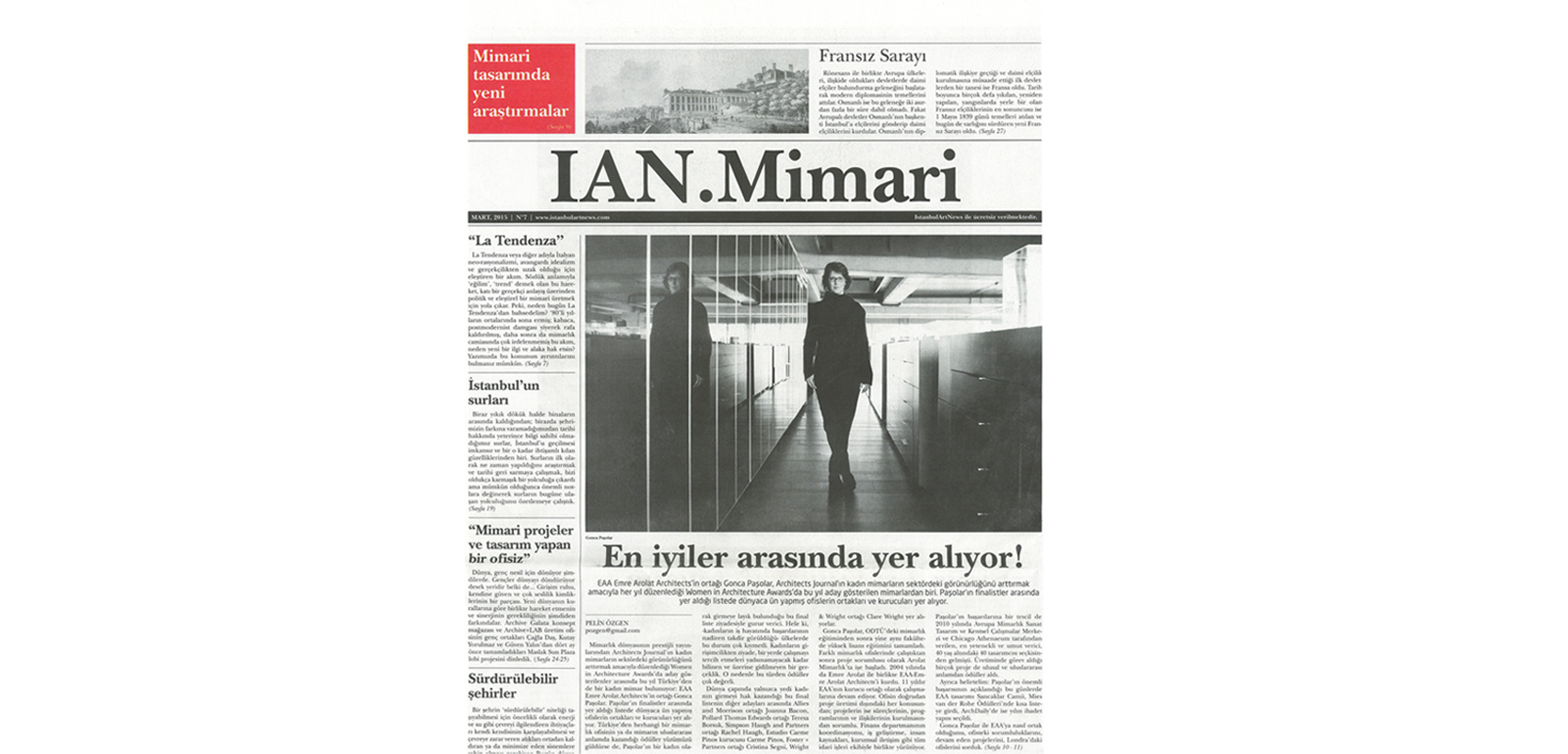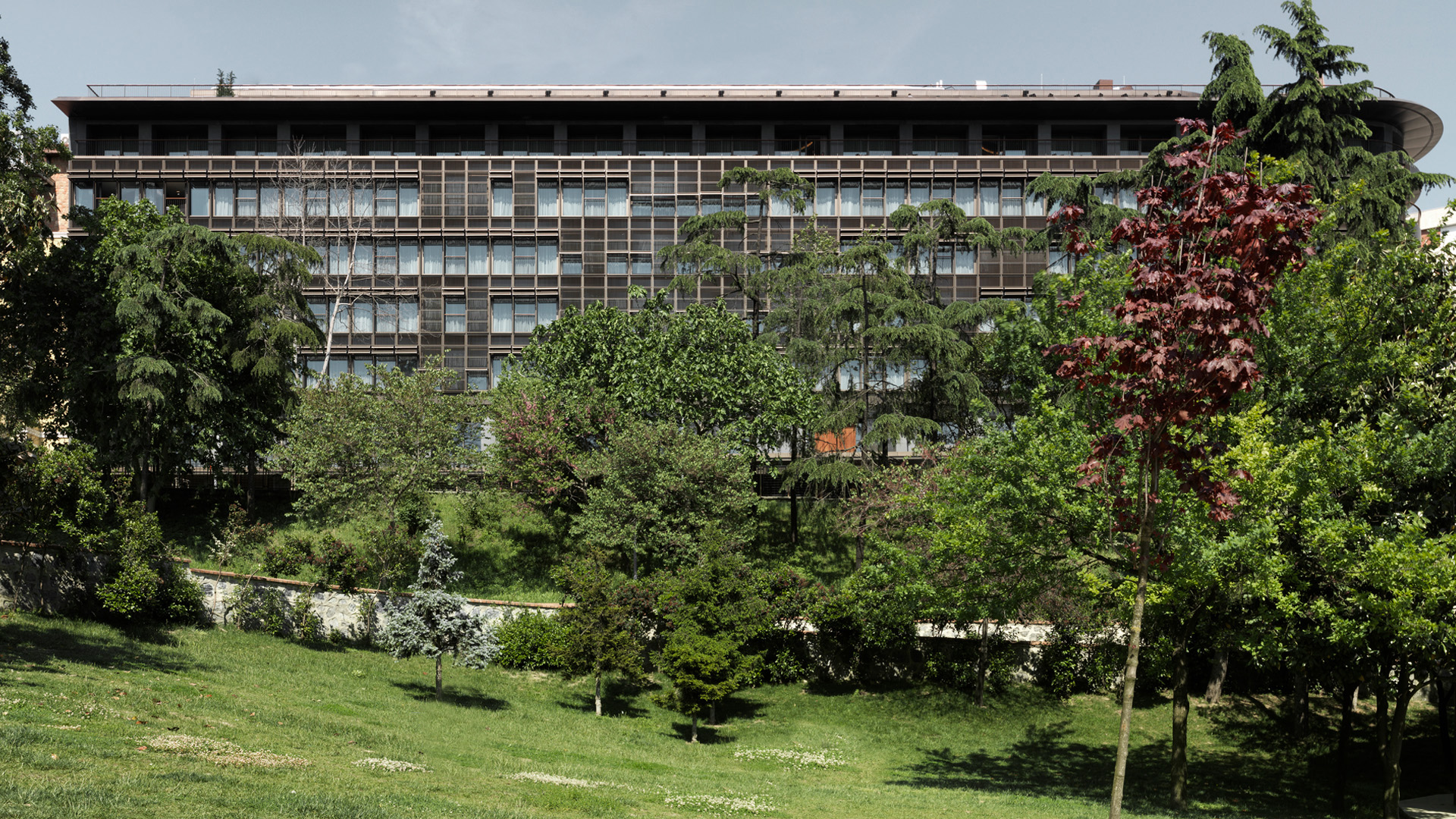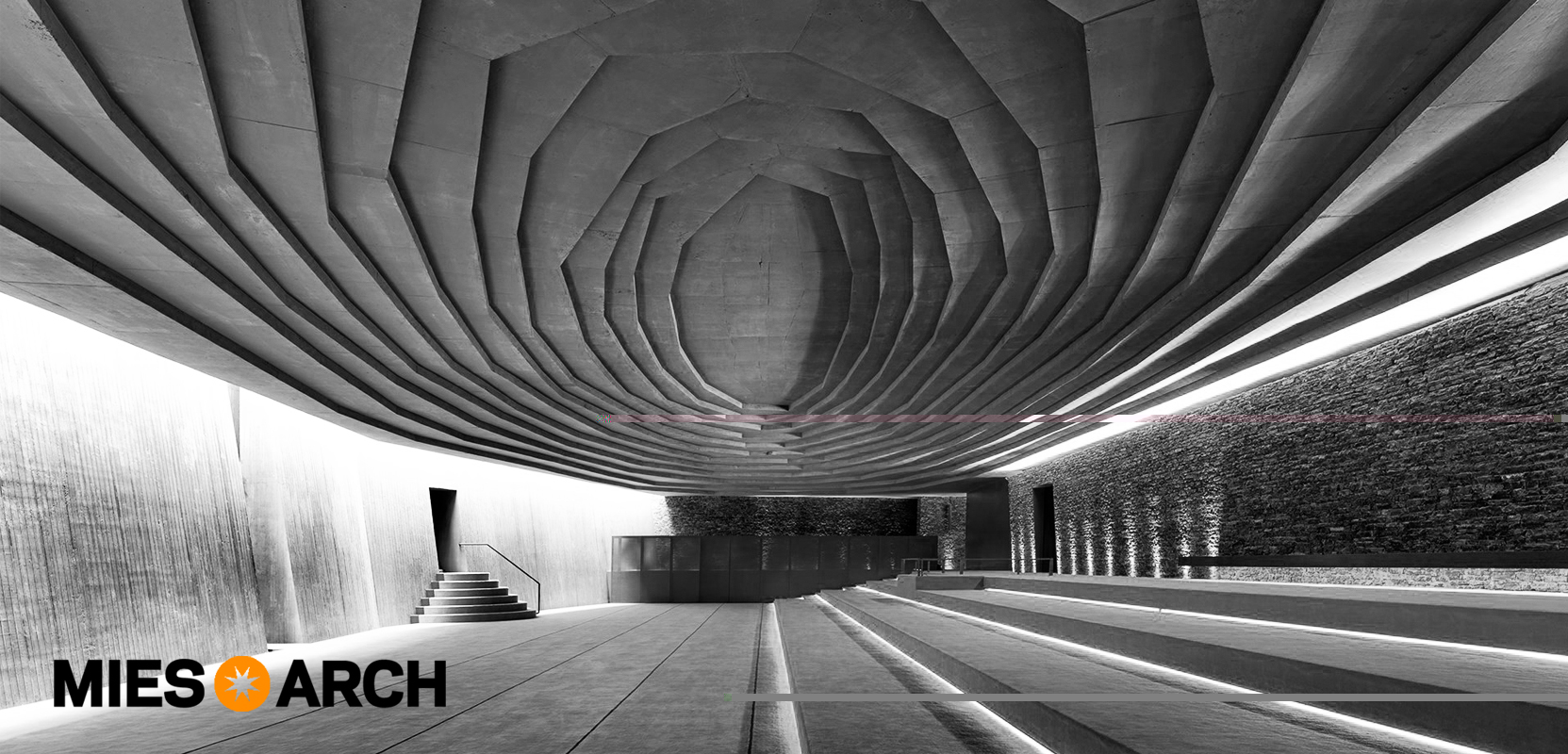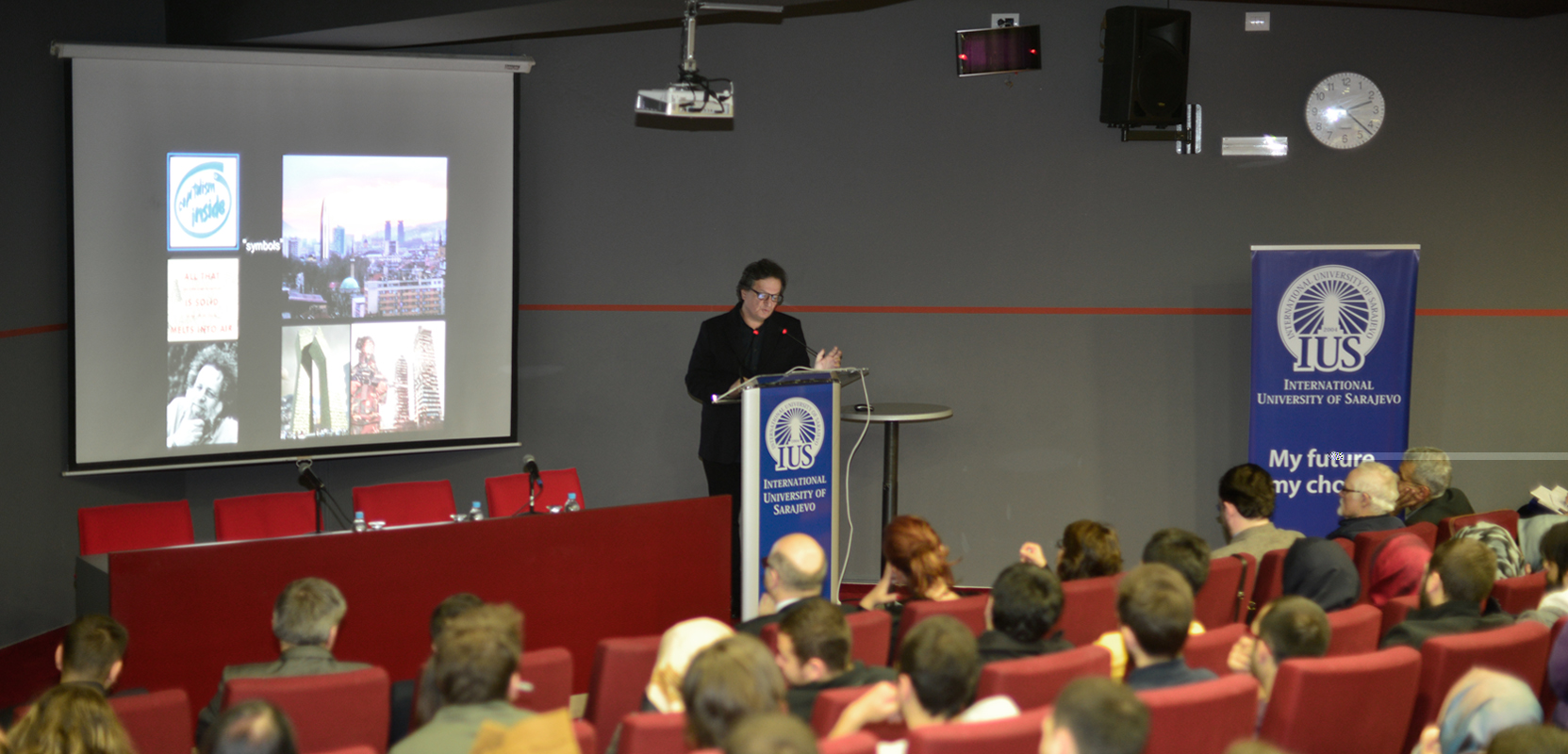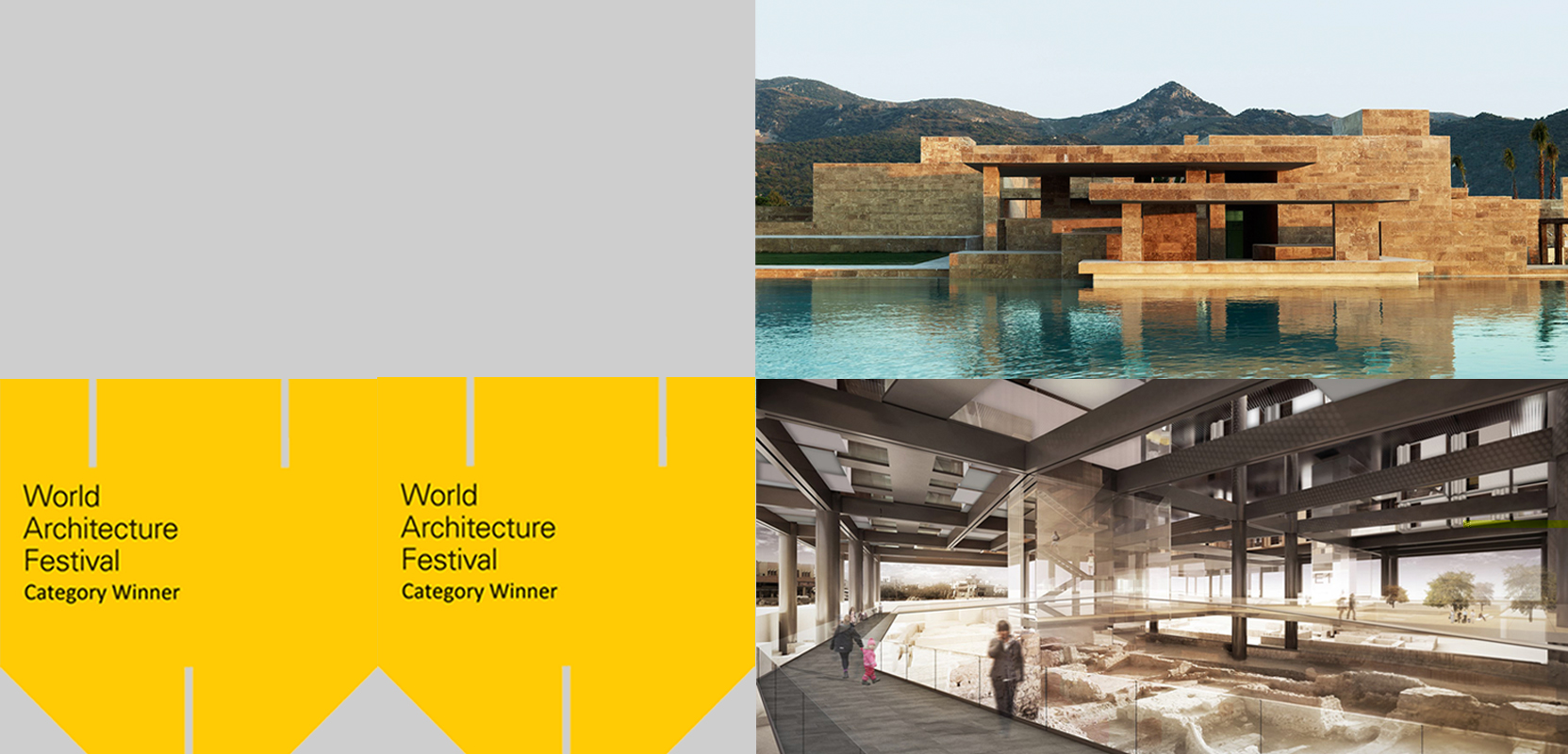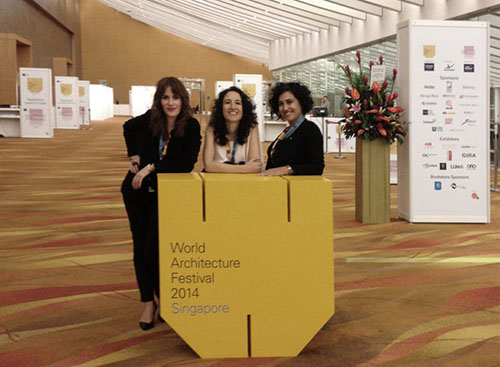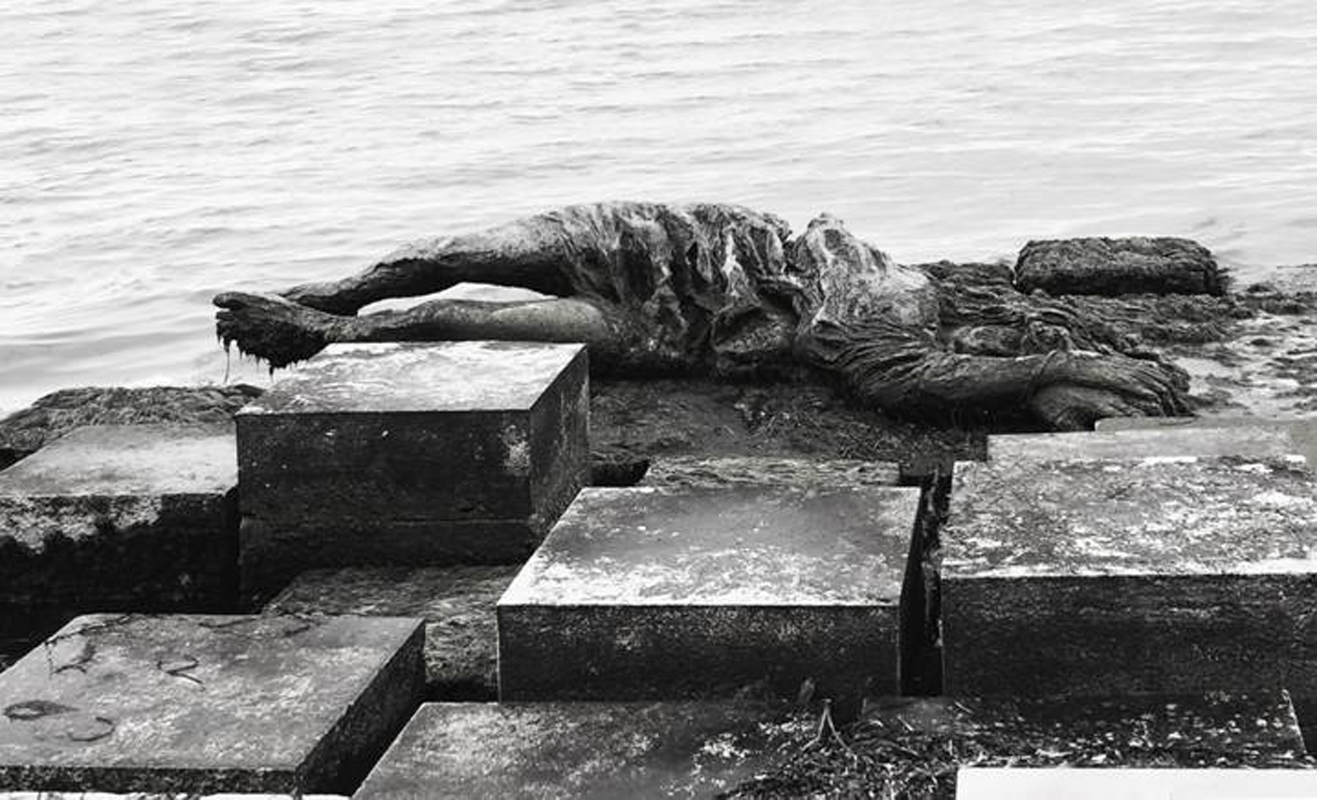
Emre Arolat Venice Biennale Aj Bloggers – 07
Starting the day with a late breakfast around San Marco. I like the idea actually, as I end up with Spagetti Vongole. Then with the guilt of what I ate, I hurry towards Giardini. The smell of jasmine stretching for meters intoxicates me. The statue of Murer and the cubes of Scarpa are still above water. This place is a heaven on earth…
I don’t know how many times I did it before but my feet take me again to the no longer in use ticket kiosk, it moves me every time with its grace. I caress once again the joints of metal and wood. And then as if by reflex, bypassing all the other buildings, I head towards Sverre Fehn’s legendary Nordic Pavilion.
But what on earth is that? Looks as if there is a new pile in the building. I can’t believe my eyes. Although its cascading volume and its material feel just right for the building, as if derived from its own genes, then again this mass brutally interrupts the visual continuity of this once remarkable ceiling. Moreover the slender trees are gone as well. “What for?” I ask myself. Without hanging out long at the exhibition I burst out.
I always find Giardini’s atmosphere more appealing than the Arsenale and this time was no exception. I went in and out of all the pavilions. Some were worth a couple of minutes only, but for some, even seasons changed when I was in them. I found the Swiss, the Italian, the Danish and the Venice Pavilions quite impressive. The German Pavilion possibly was the most speculative one of the Biennale. With new slits, this monumental and -with its thick walls- introverted building provided quite astonishing perspectives for the ones who have seen it in the previous years. I had stated already that I found the relation of this move, which might be considered quite attractive on its own, quite meaningless regarding the affiliation it tries to establish with the refugee policies that this country is trying to tackle. Actually my thoughts strengthened after having a chance to see the building and reading everything in it. I wish this building will always be open like this and Germany’s policies in this context will always be much more egalitarian and consistent.
Although quite simple and conventional in terms of presentation techniques, Spanish Pavilion was the most fulfilling and convincing one for me. It was really very interesting to see how the impact of the traumatic financial crises on architecture could trigger such a positive creative process. I always thought highly of Spanish architecture anyways and have watched closely all along. When I looked at all the projects presented in “Unfinished” –this name by the way is the most problematic part of the exhibit I believe-, I can’t help but salute the quality of the architecture in that geography. Once more I had faith in the potential of design limitations to spark creative and fresh ideas. And once more again, I questioned the overall quality of architecture of the geography where I live.
So this is it, time to go back. The real world awaits me. On one hand I have to reply to flocks of mail messages that has piled up in the last couple of days, on the other I have to squeeze in tens of design meetings for what’s left of the week as I will have to be in Geneva for the Aga Khan Jury next week. The time is always scarce.
When I leave Giardini the sun is about to set and Murer’s woman is almost totally immersed in high tide.
Before coming here, I wrote that I was not too keen to visit the Biennale, but Venice is such an exceptional city that it would not be wrong to say I am having a hard time leaving. It is of course obvious that the quantity of the exhibitions turn into a bombardment of information and that actually it does not have any positive impact on the quality essentially; still let’s give the Biennale its due. I am flying back to Istanbul with lots of questions in my mind and lots images in my memory. And then there is one I will never forget. I wish everyone plenty of days with Venice.


